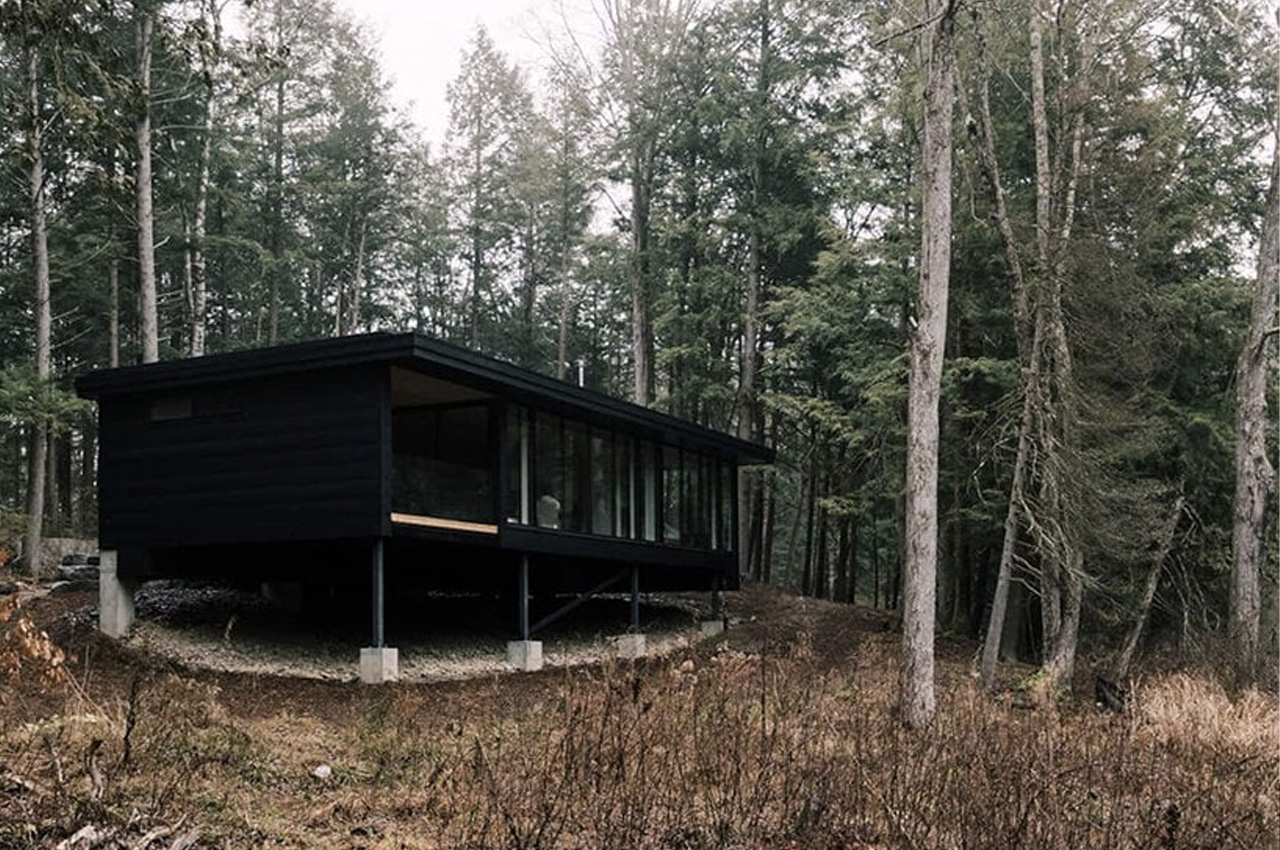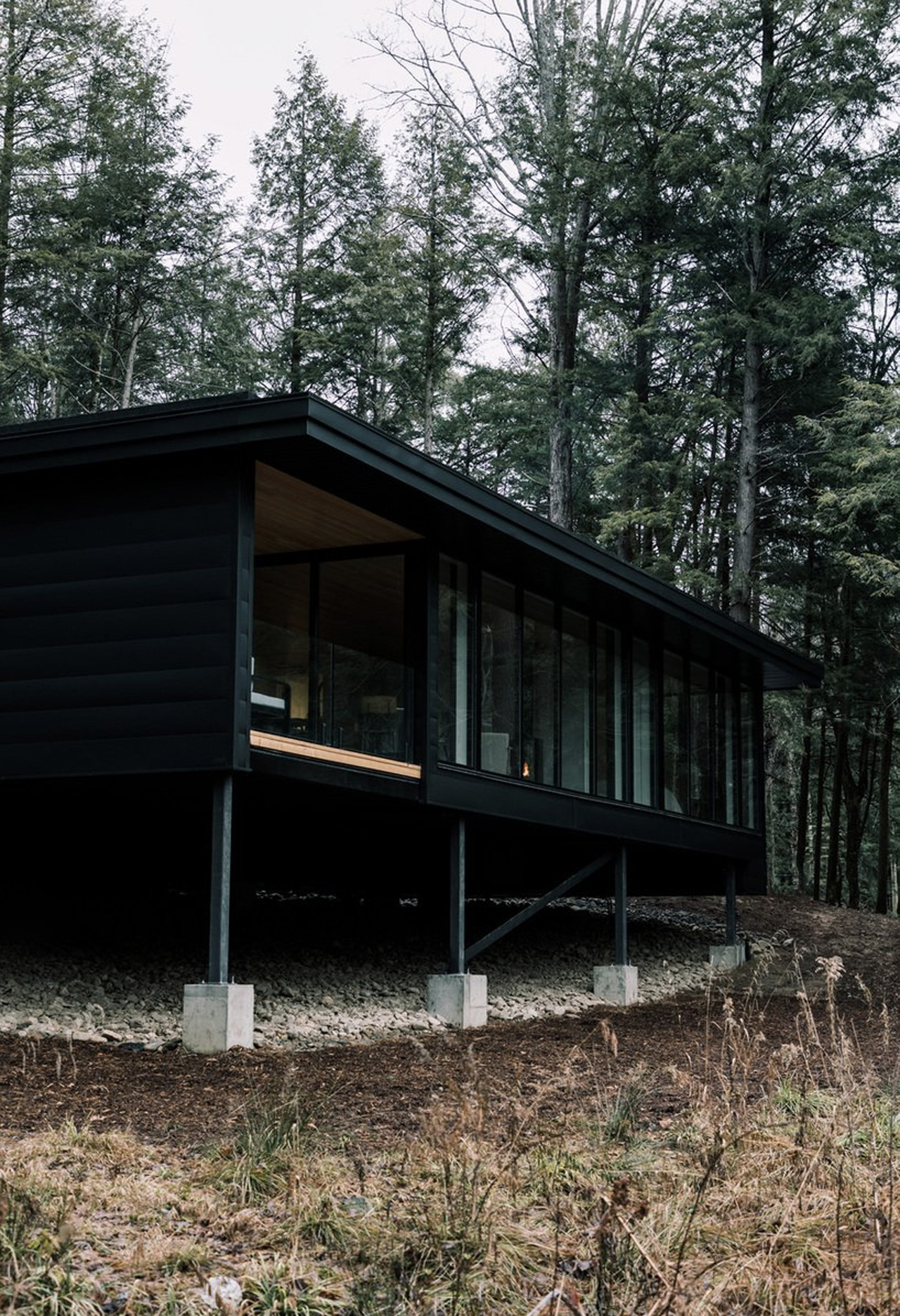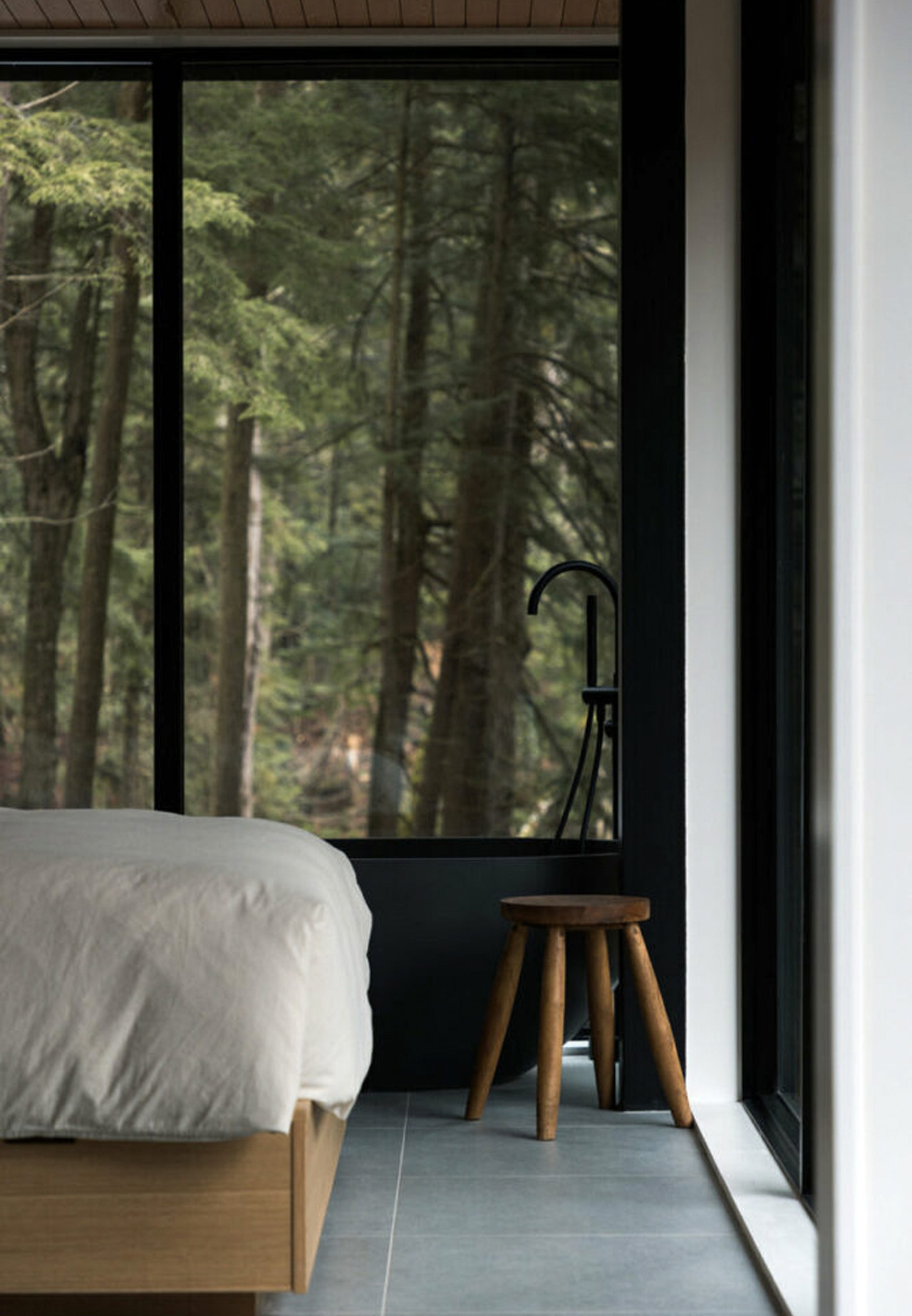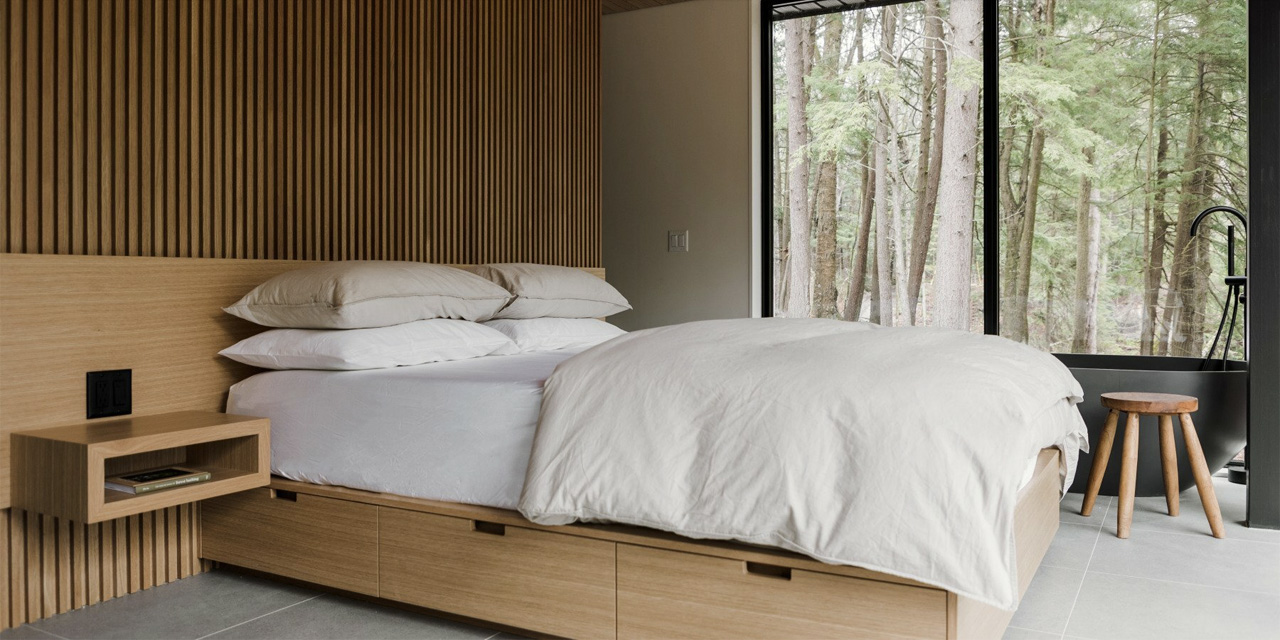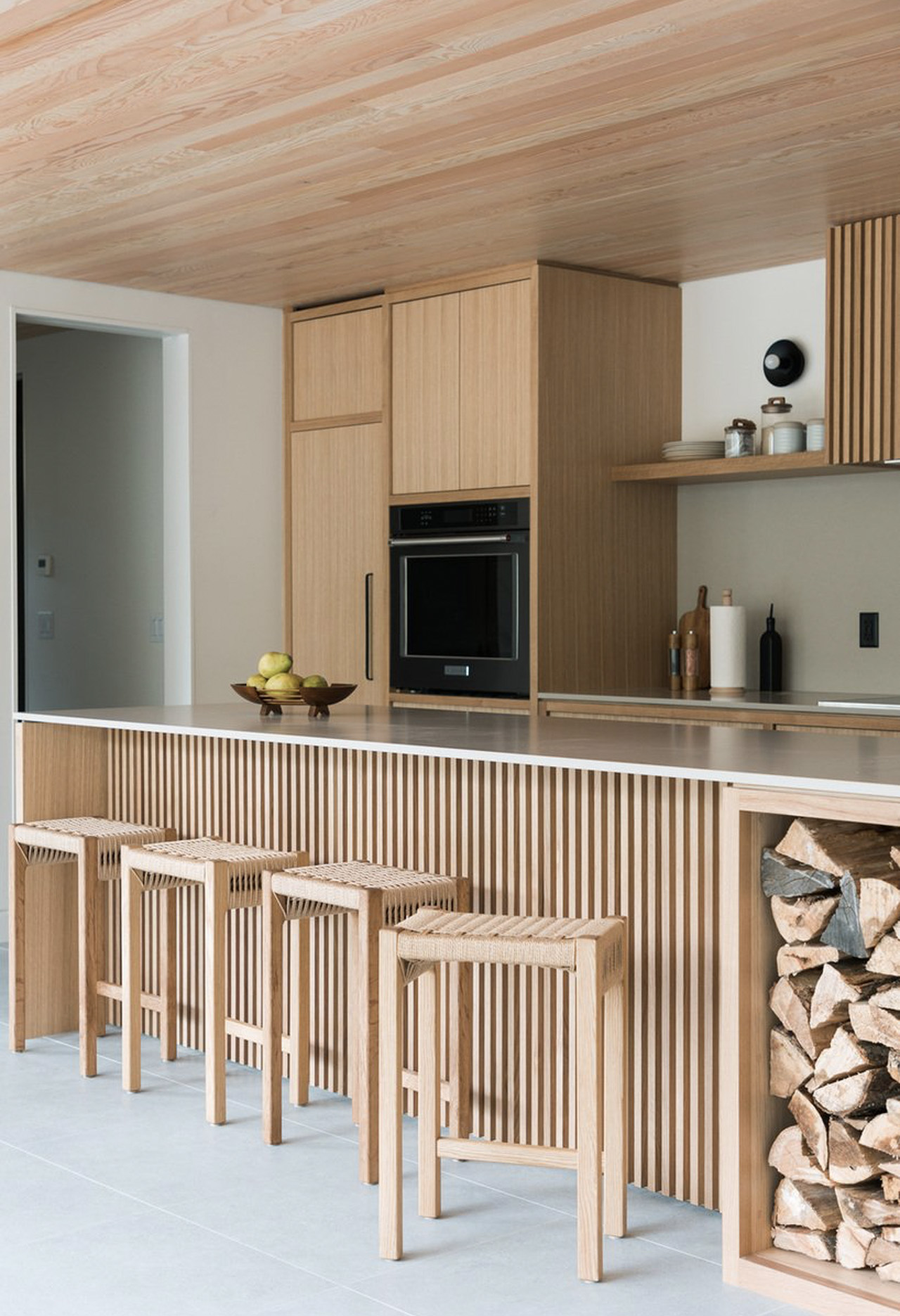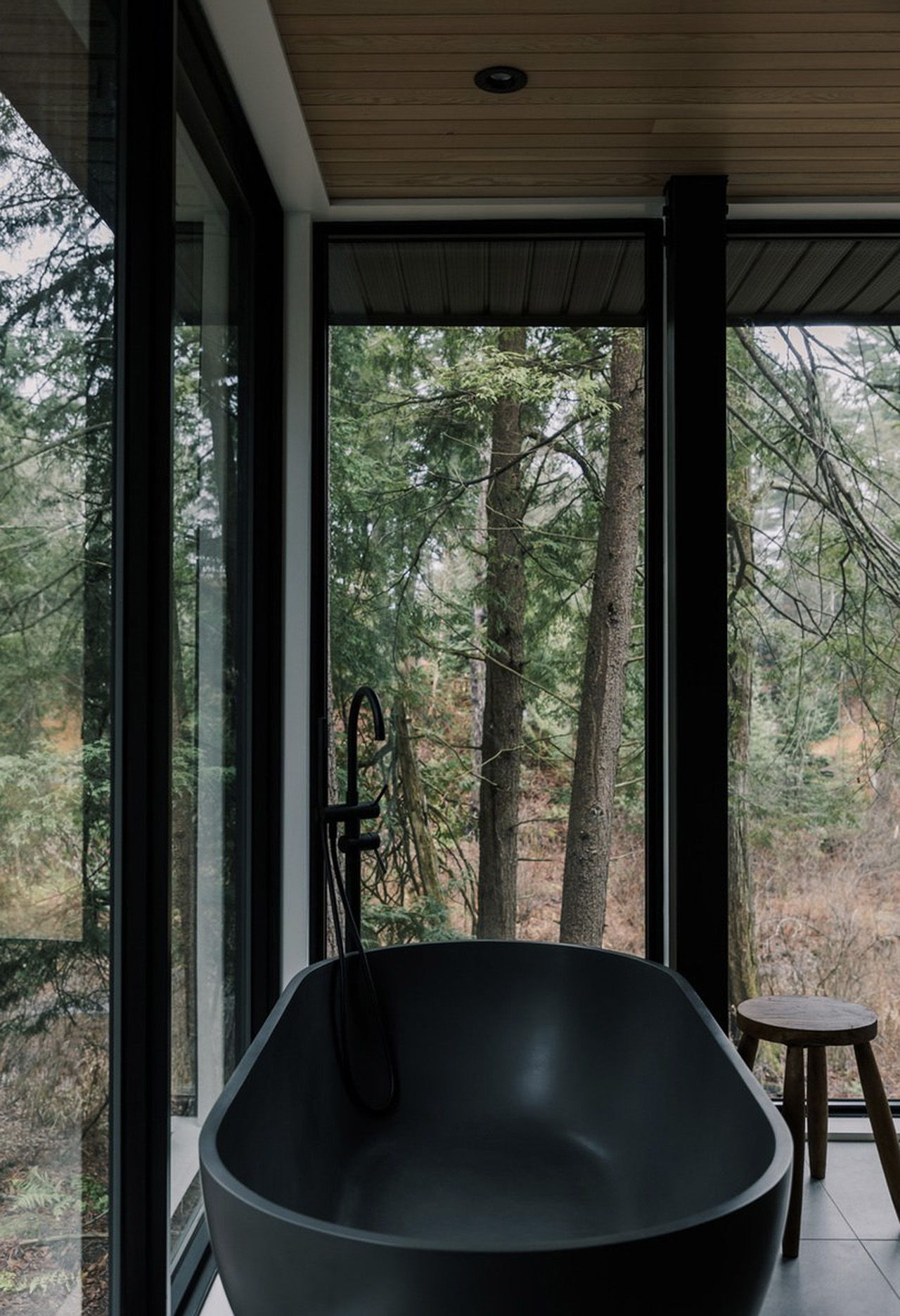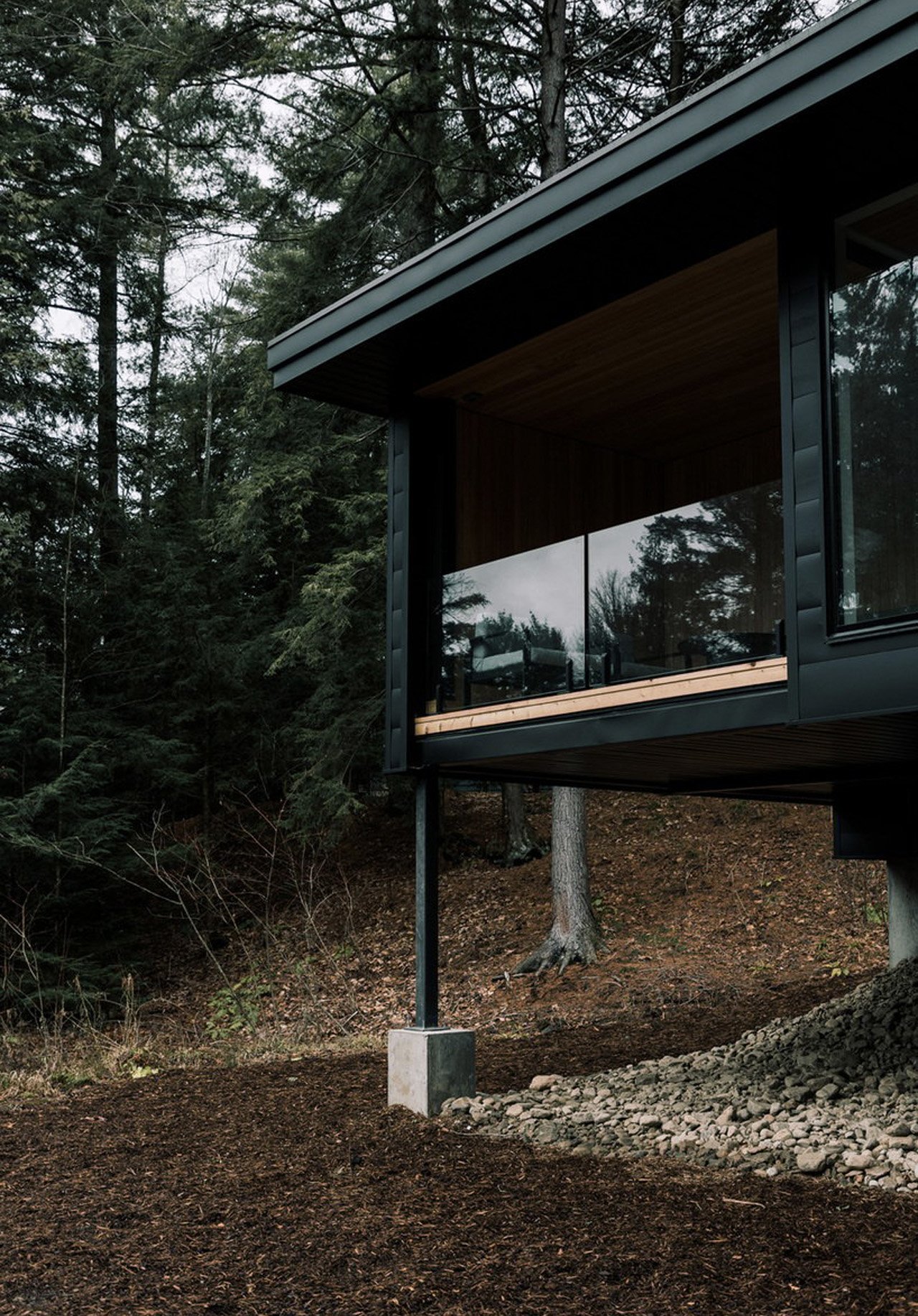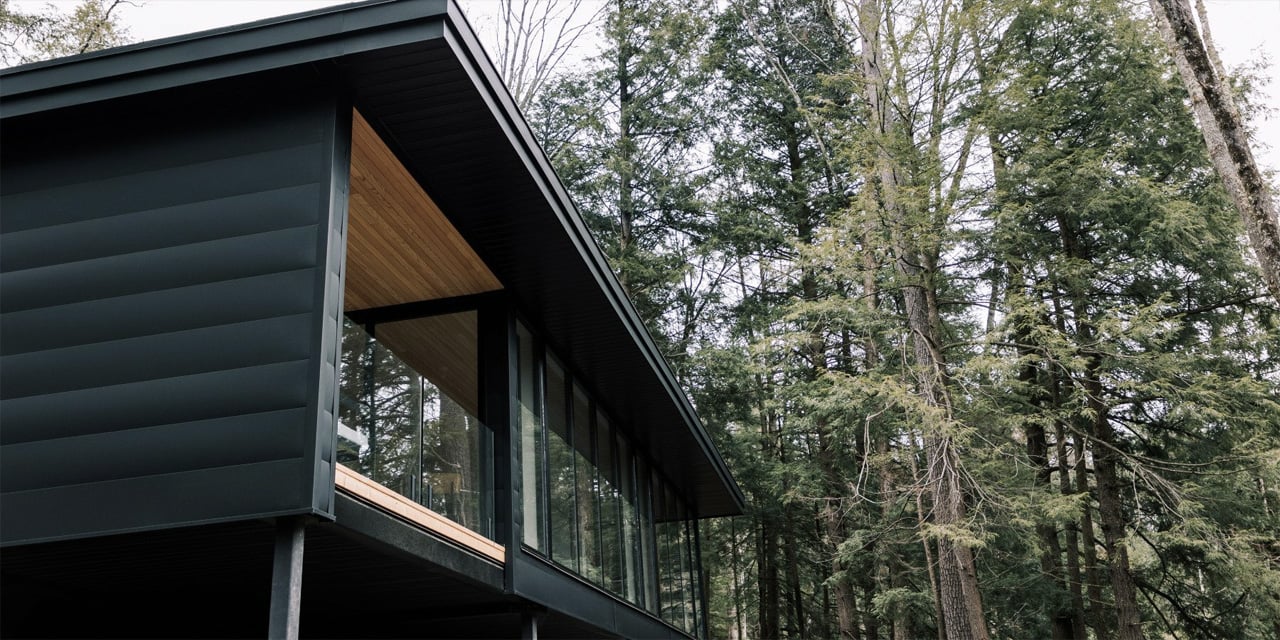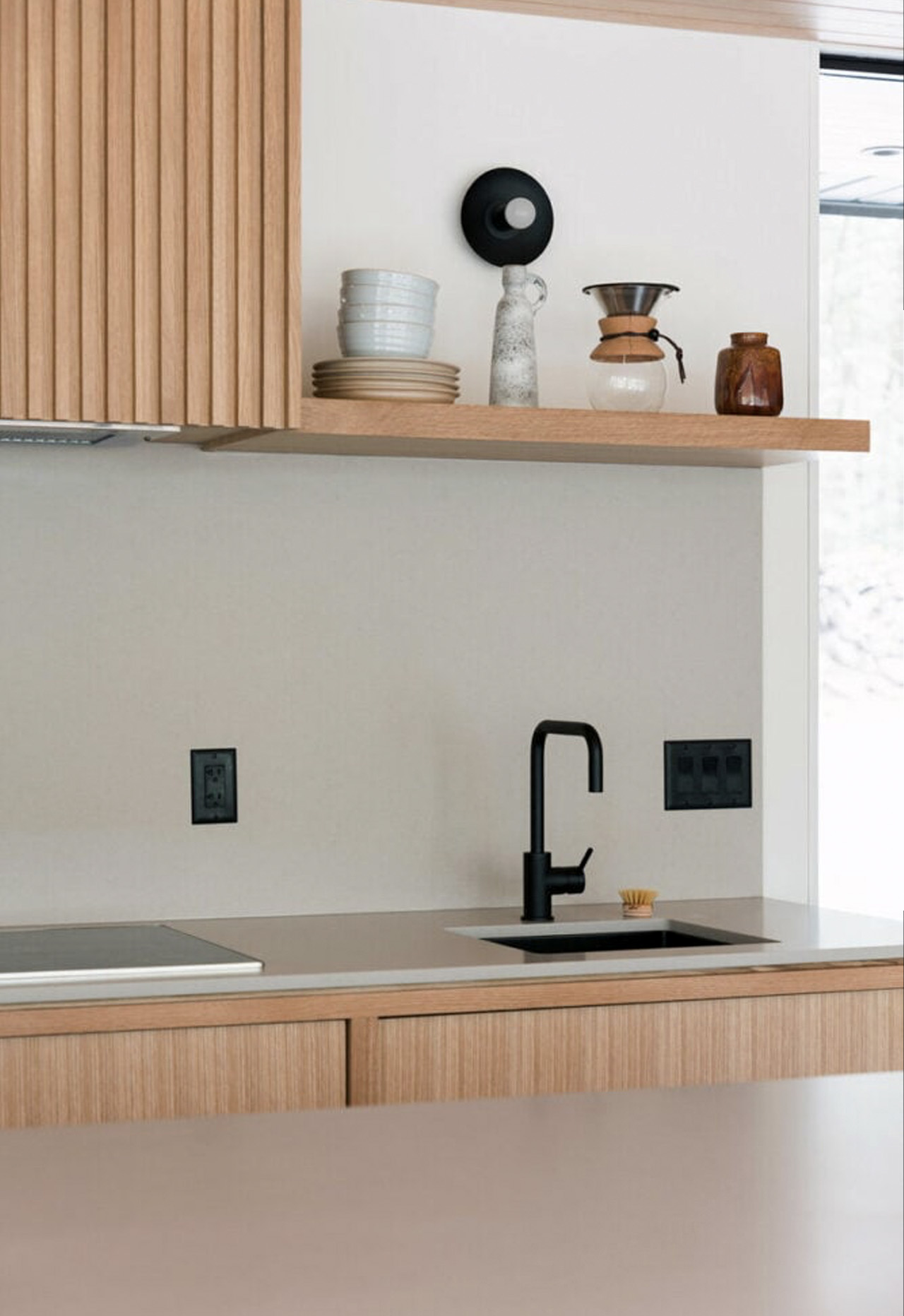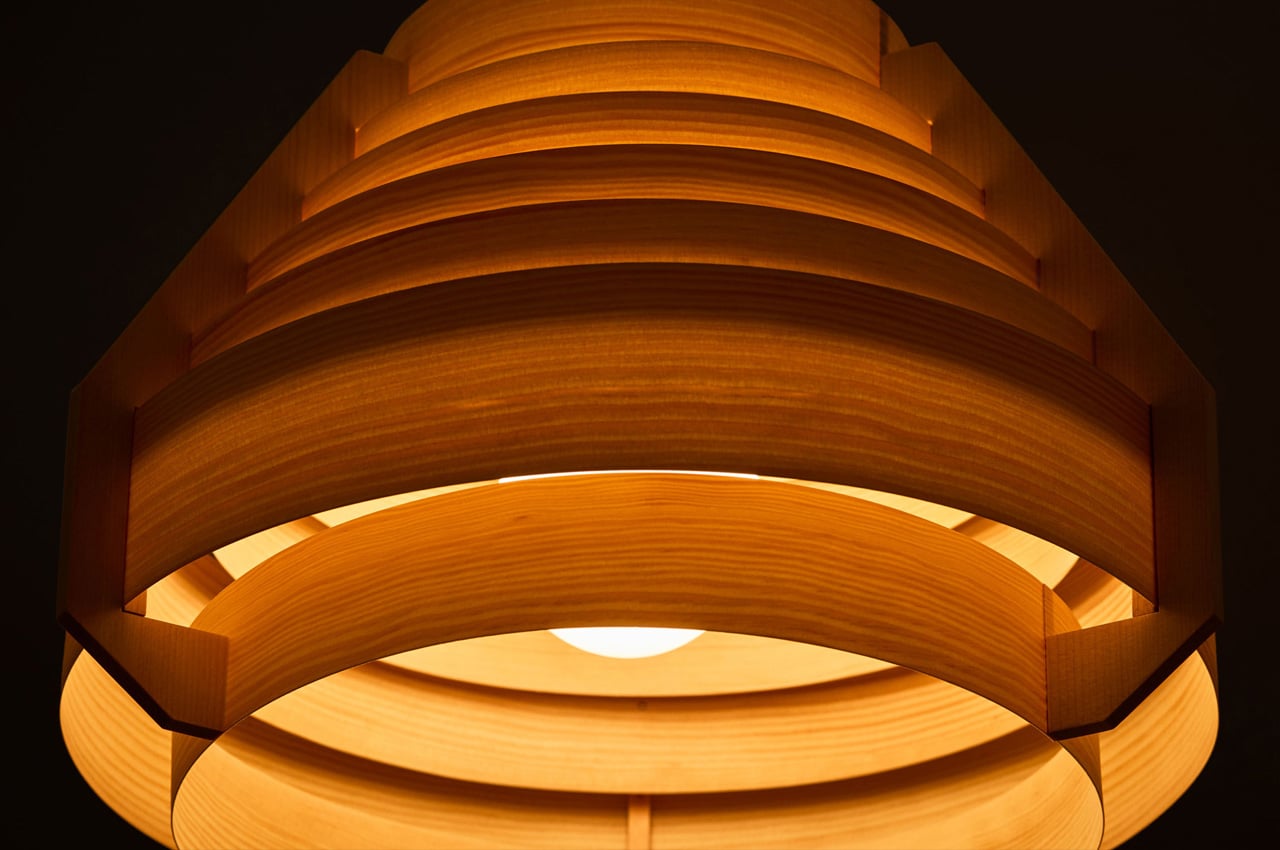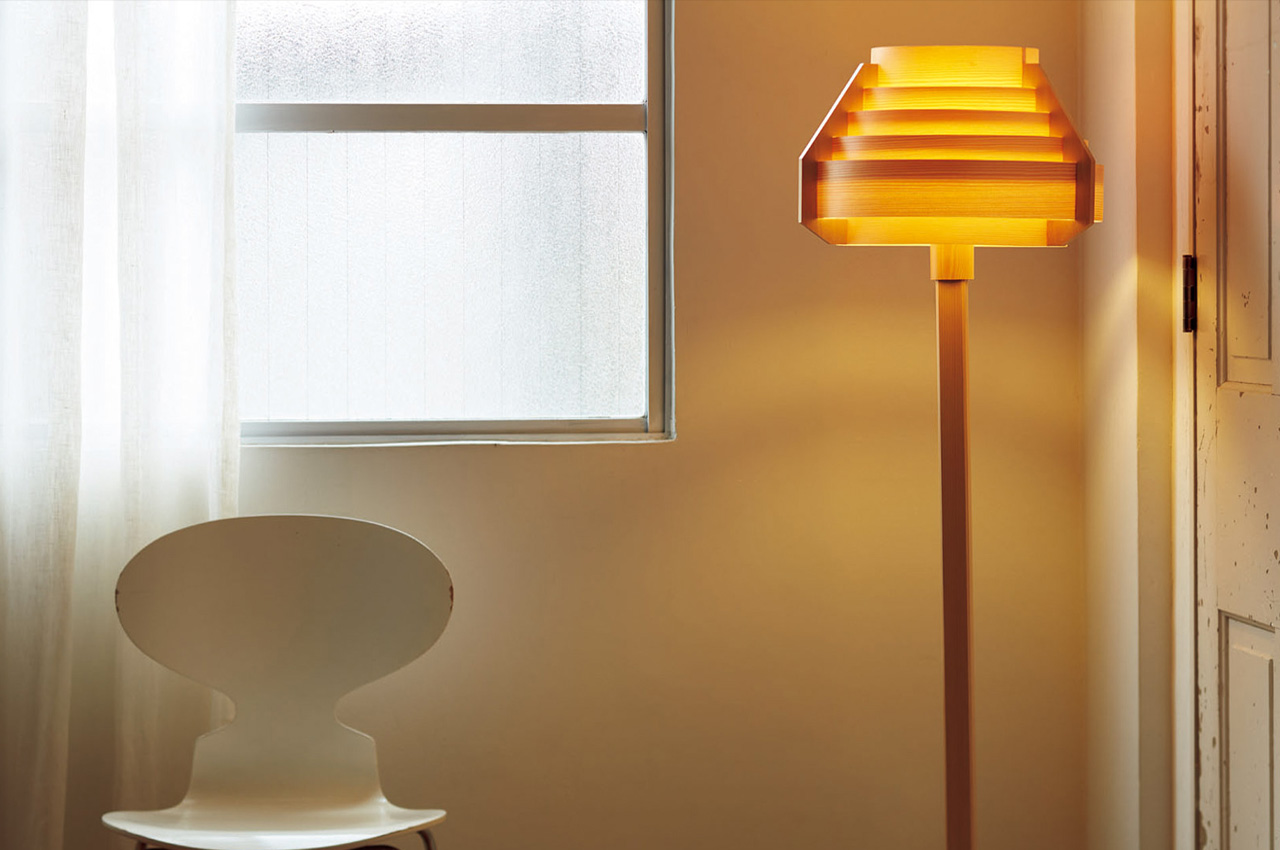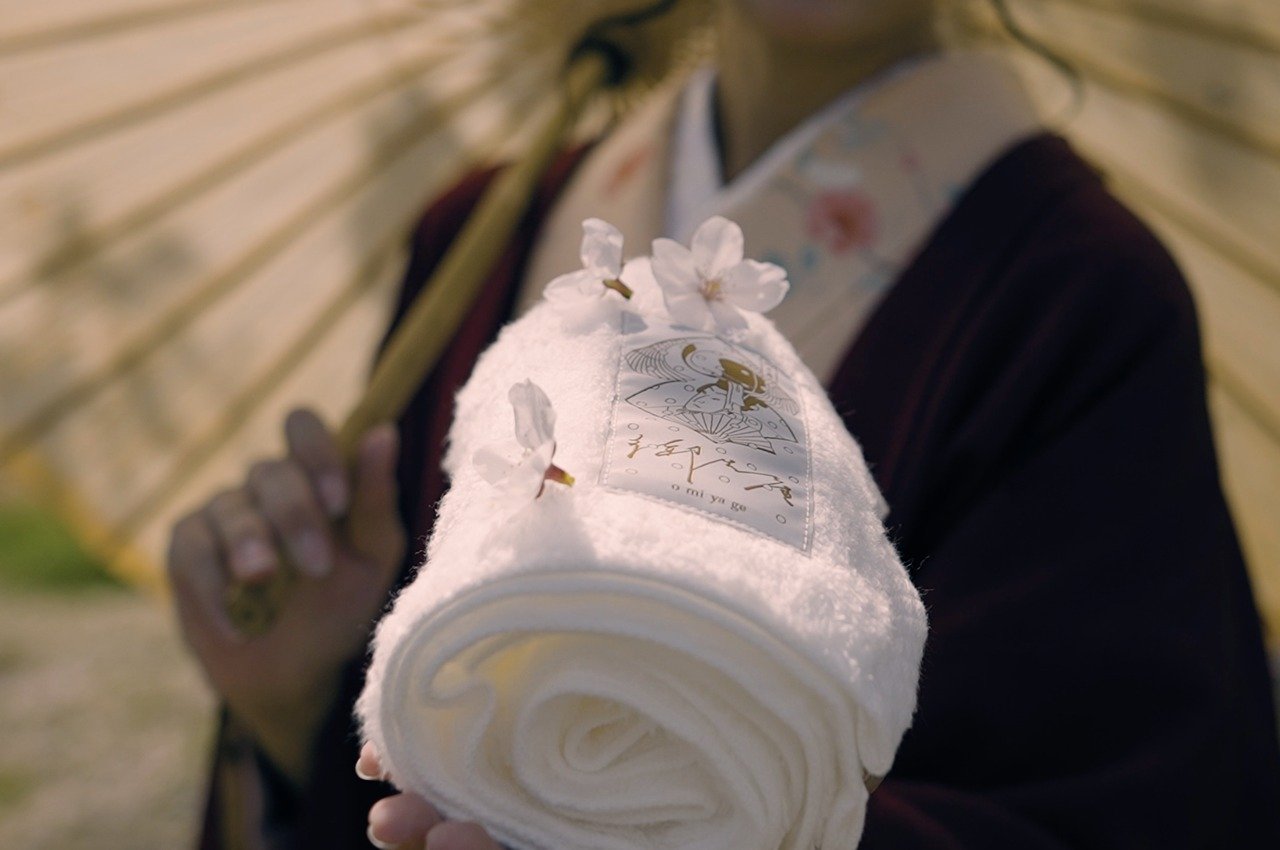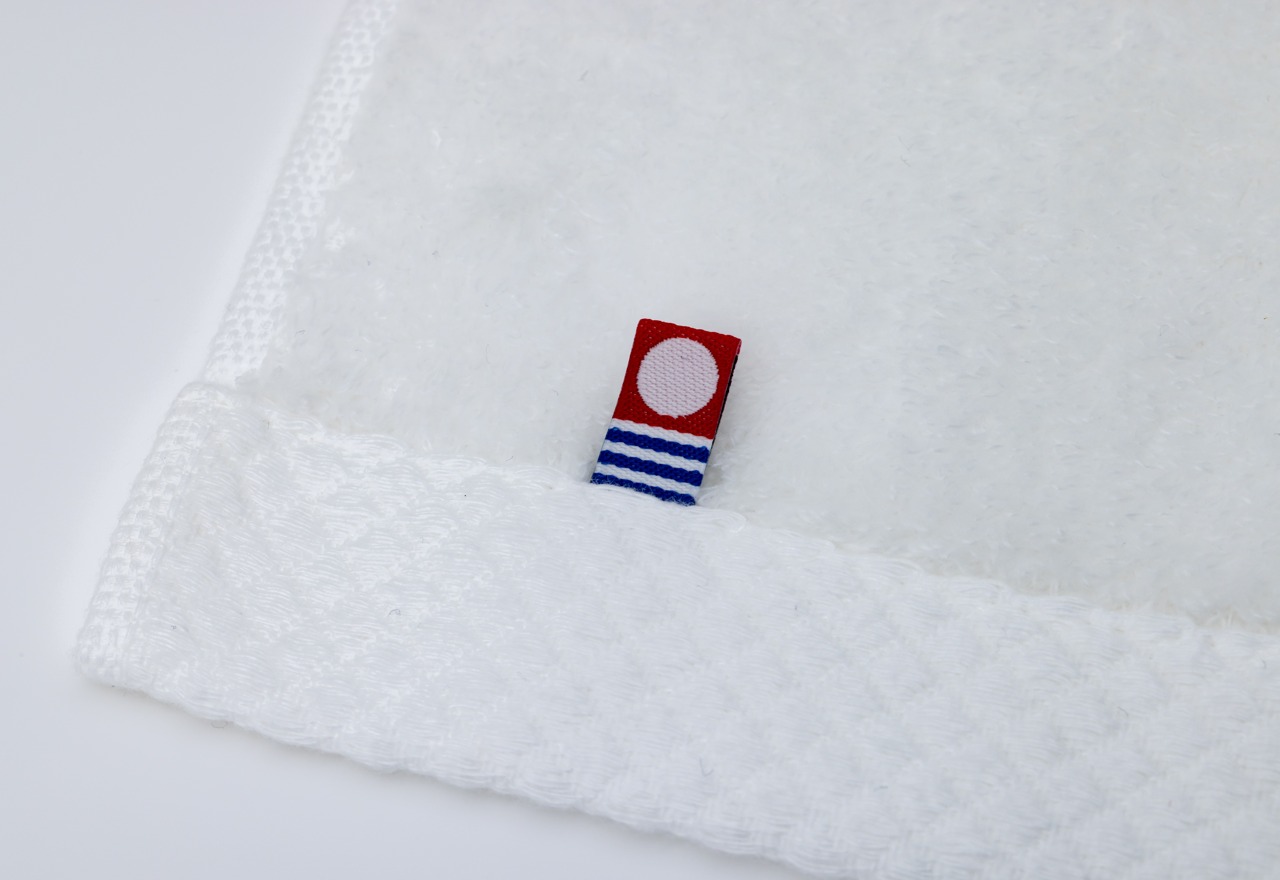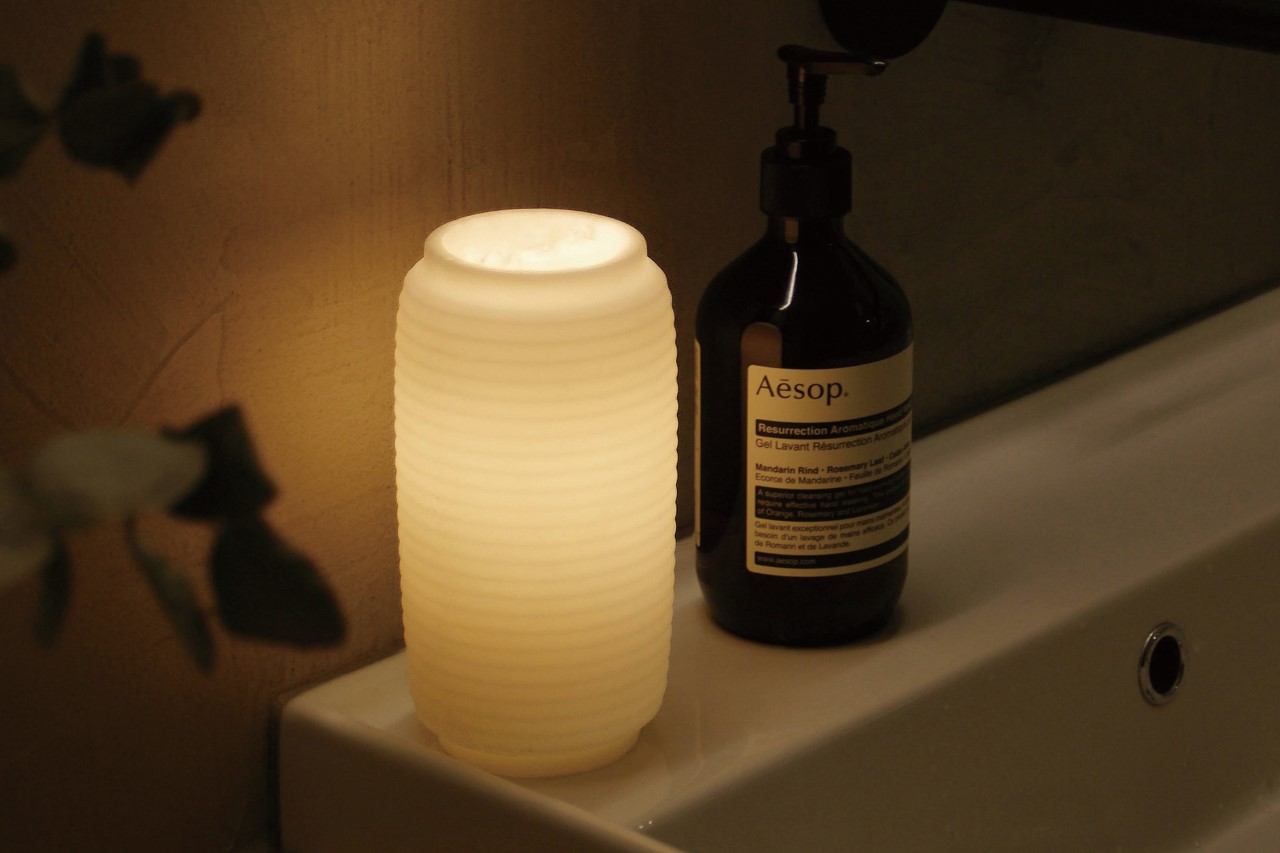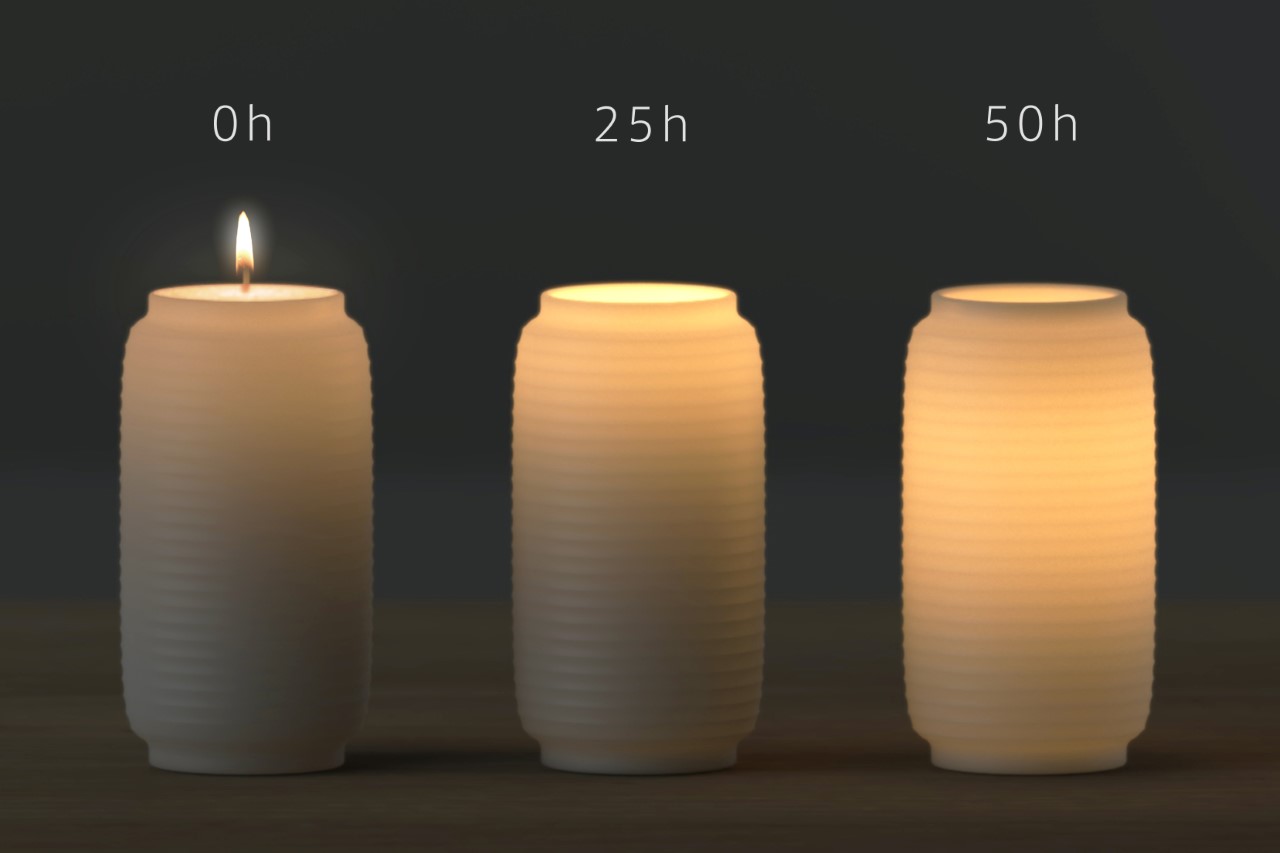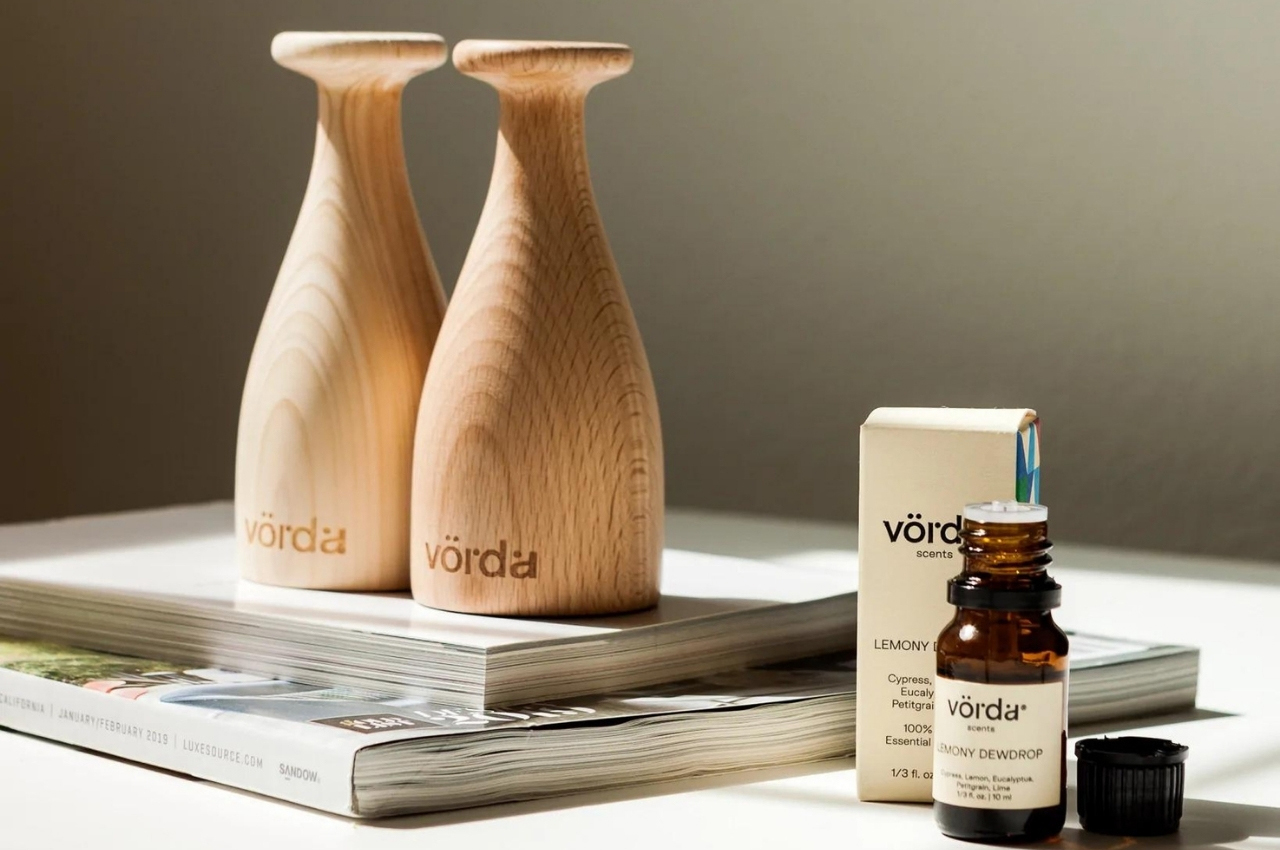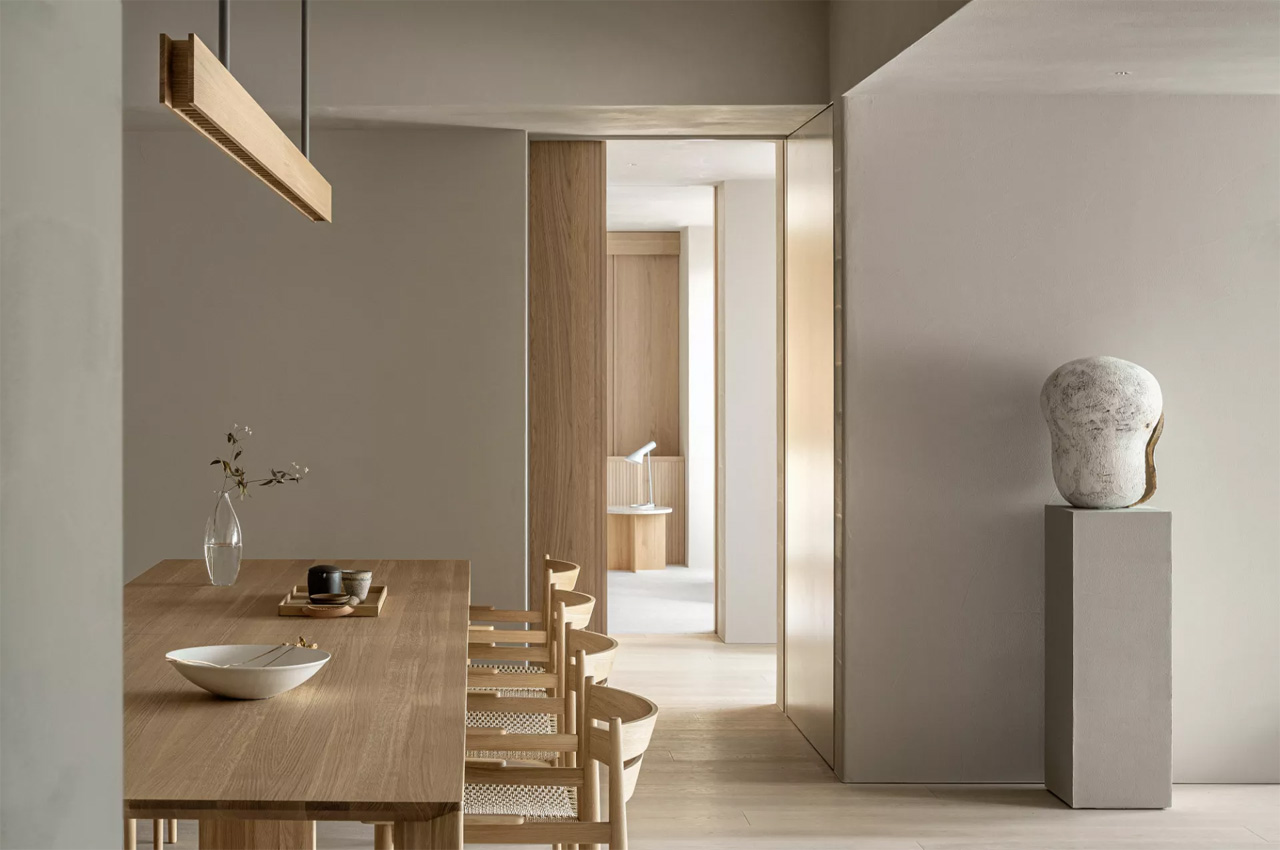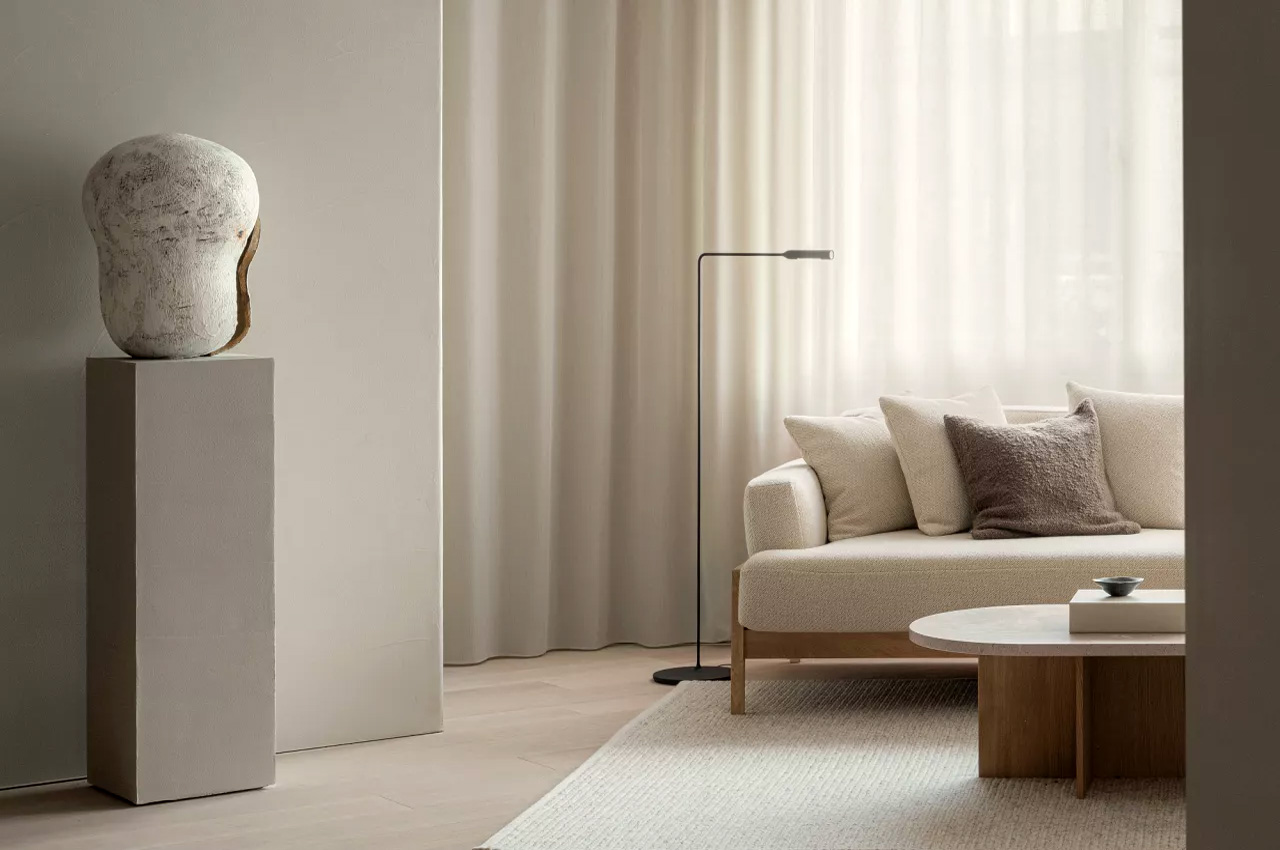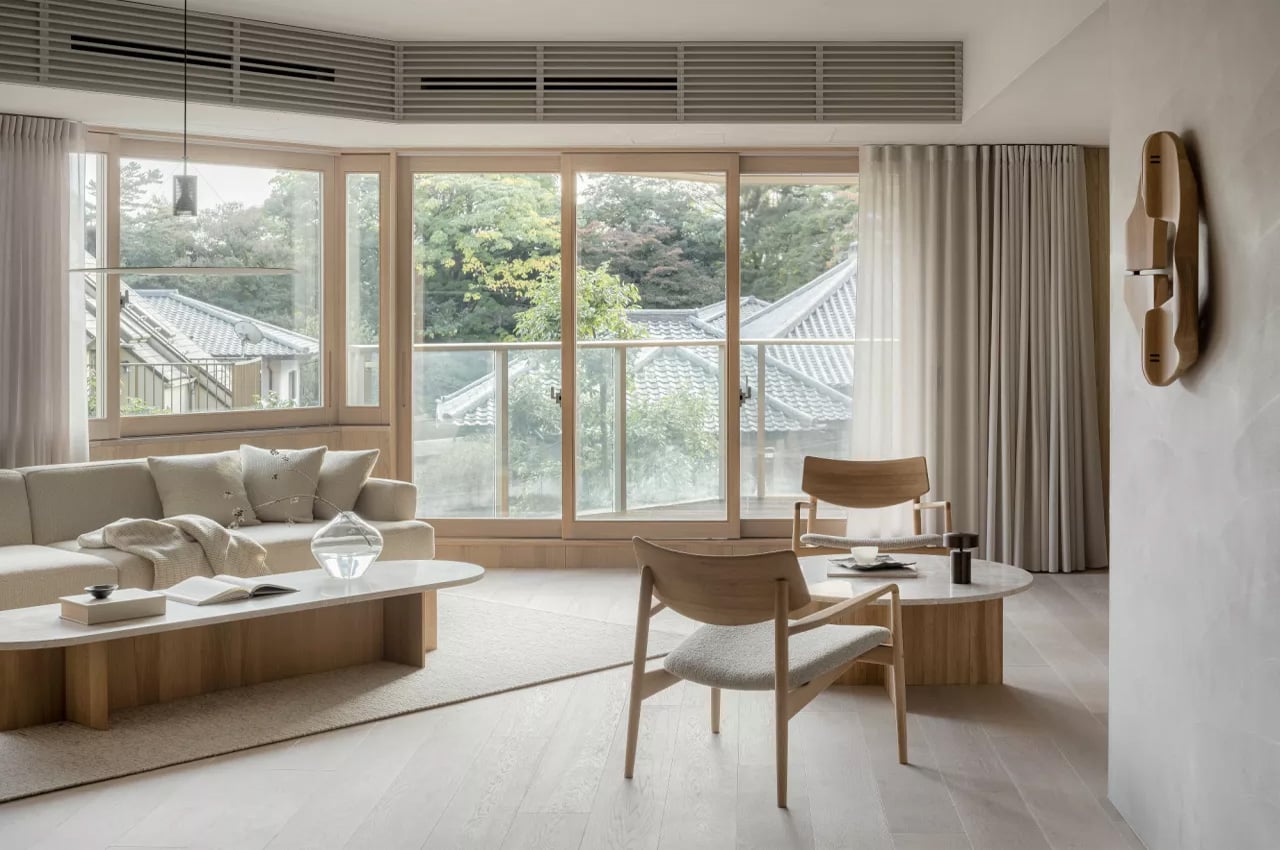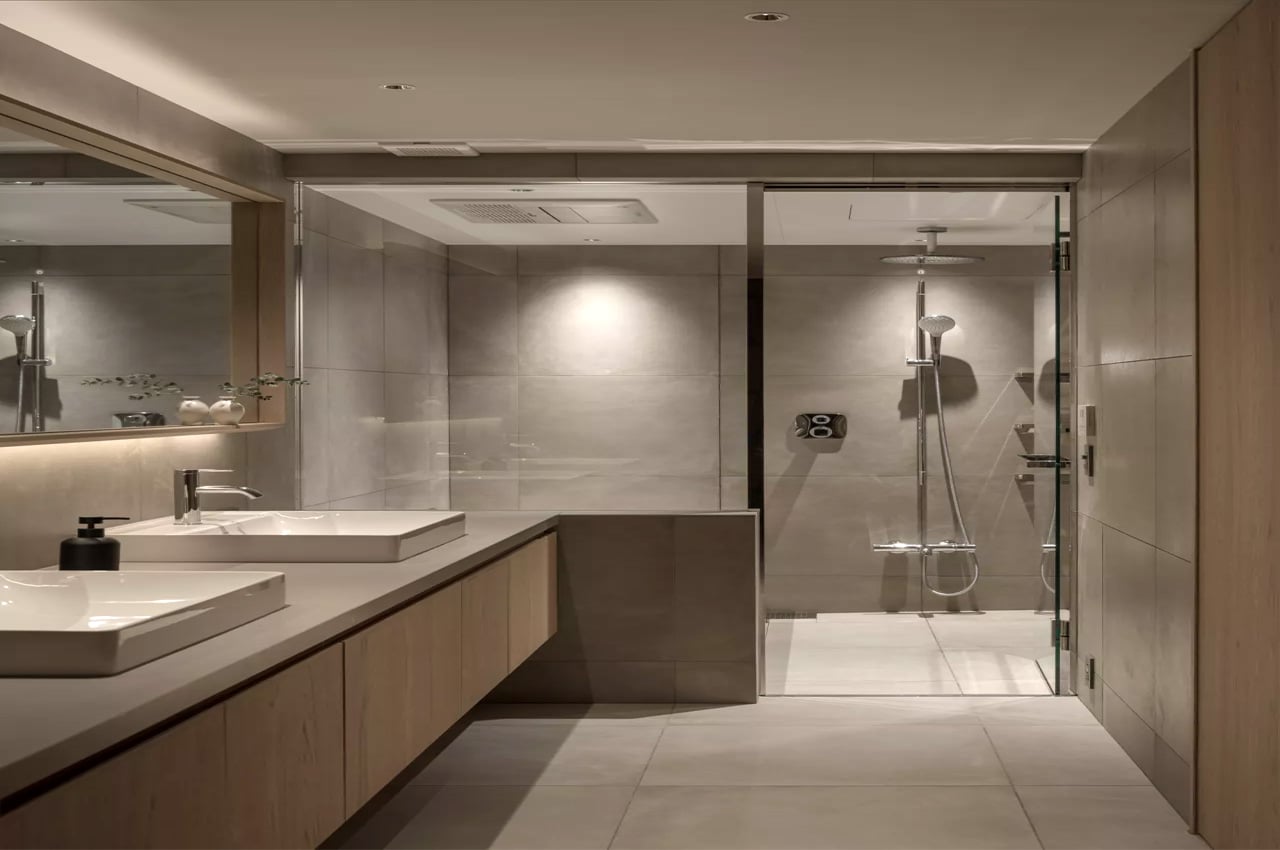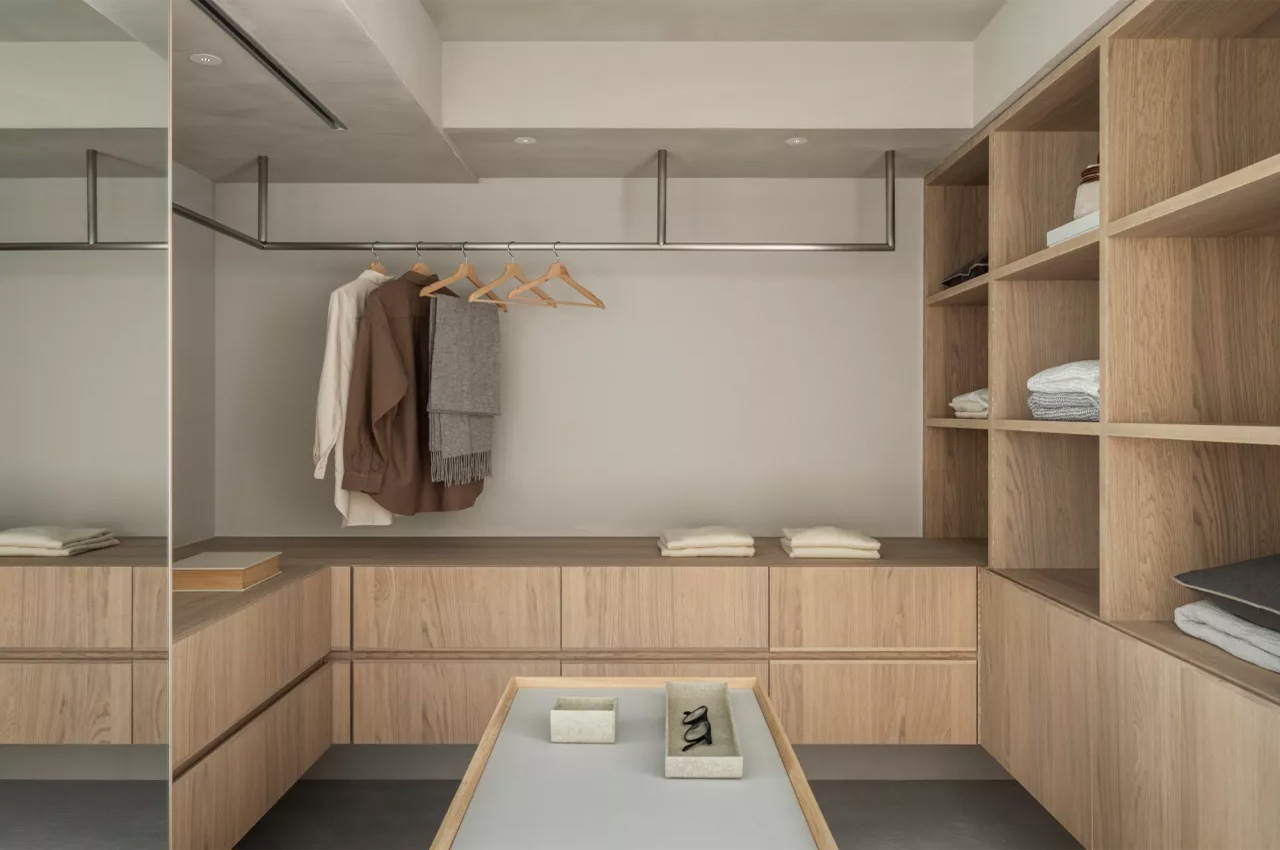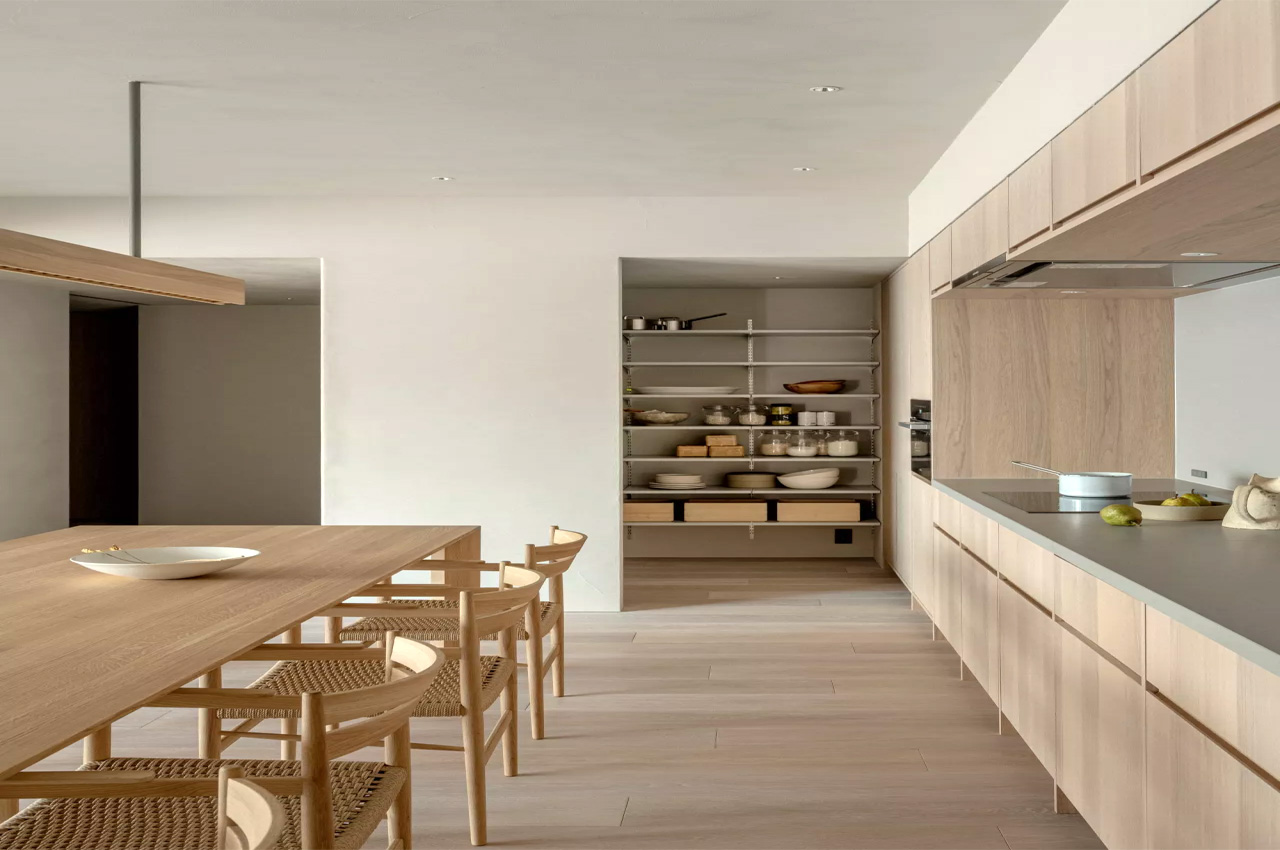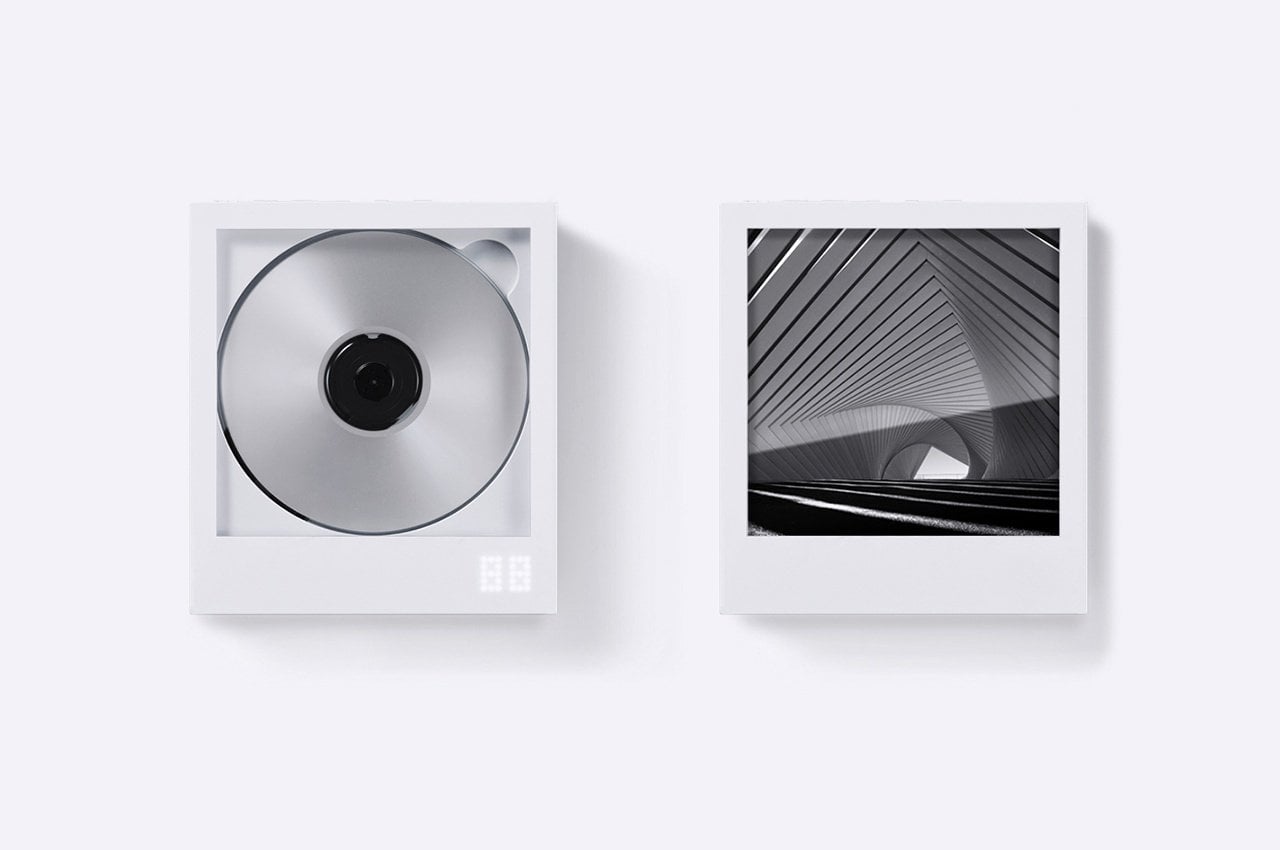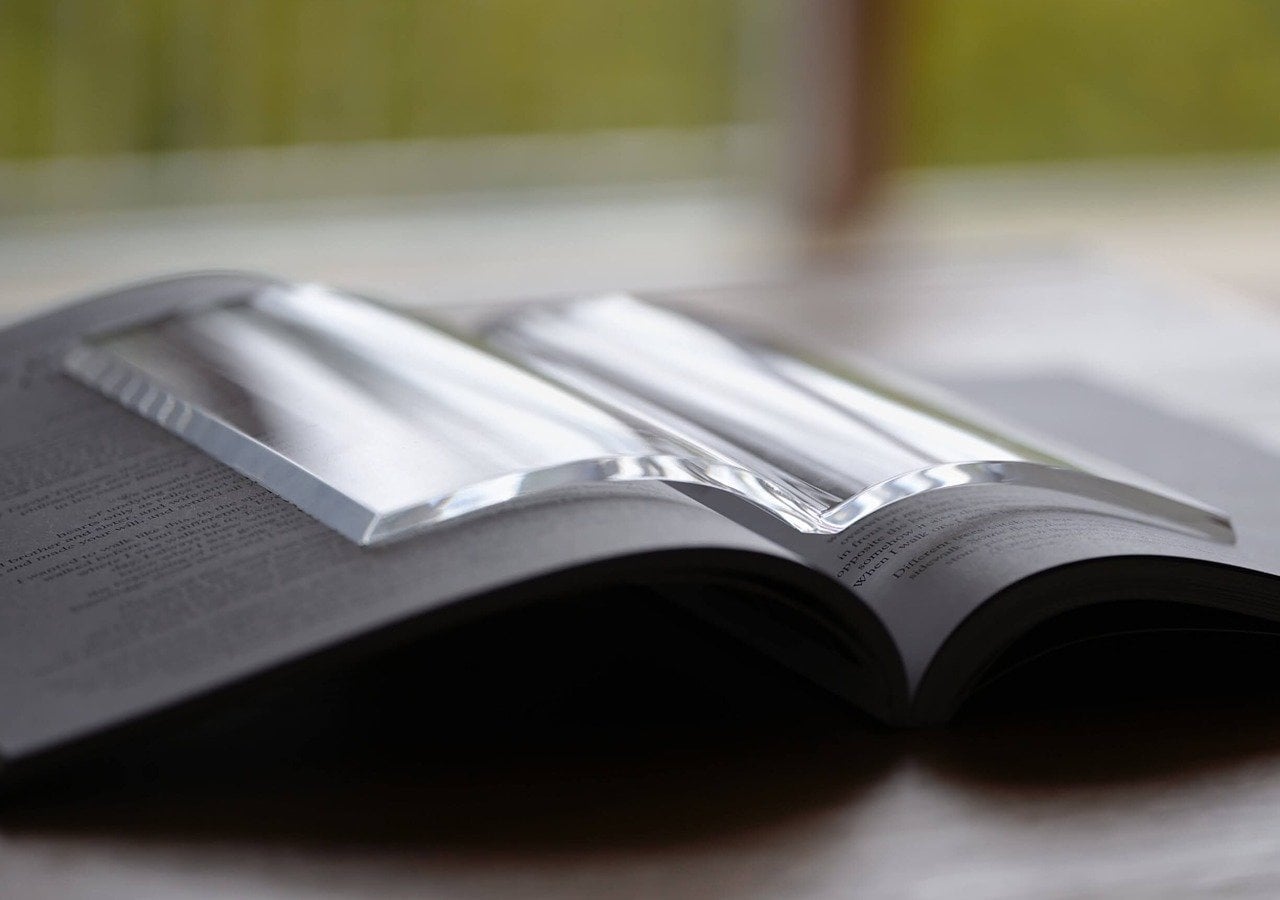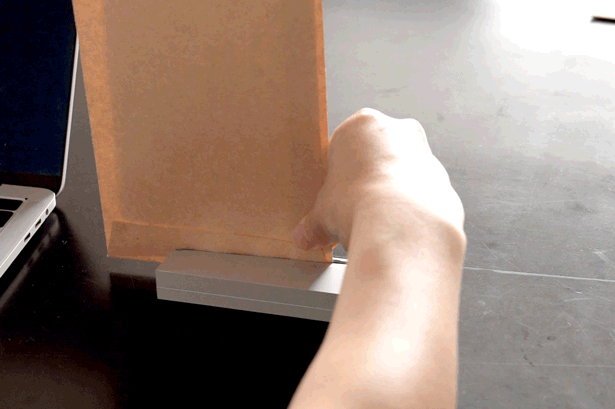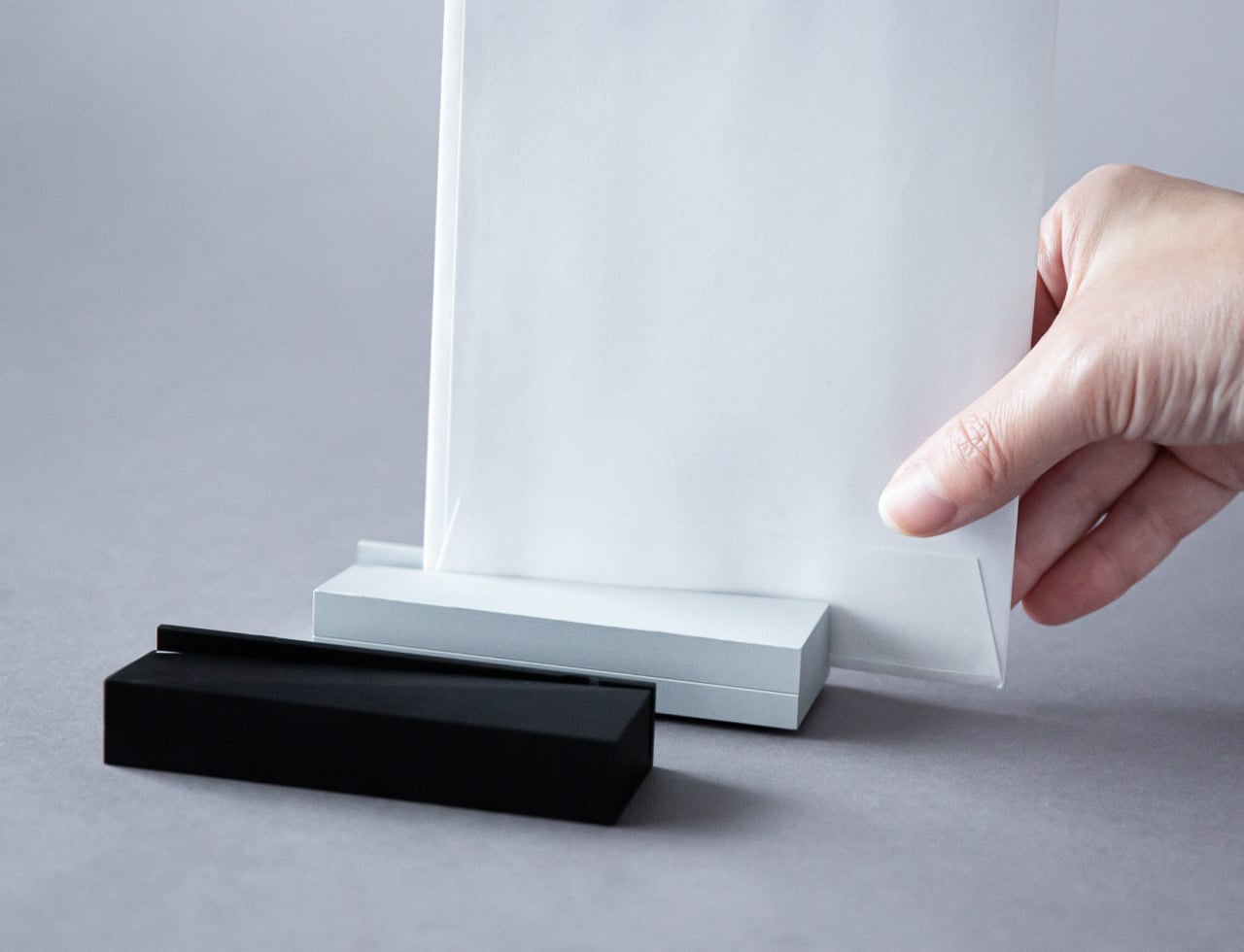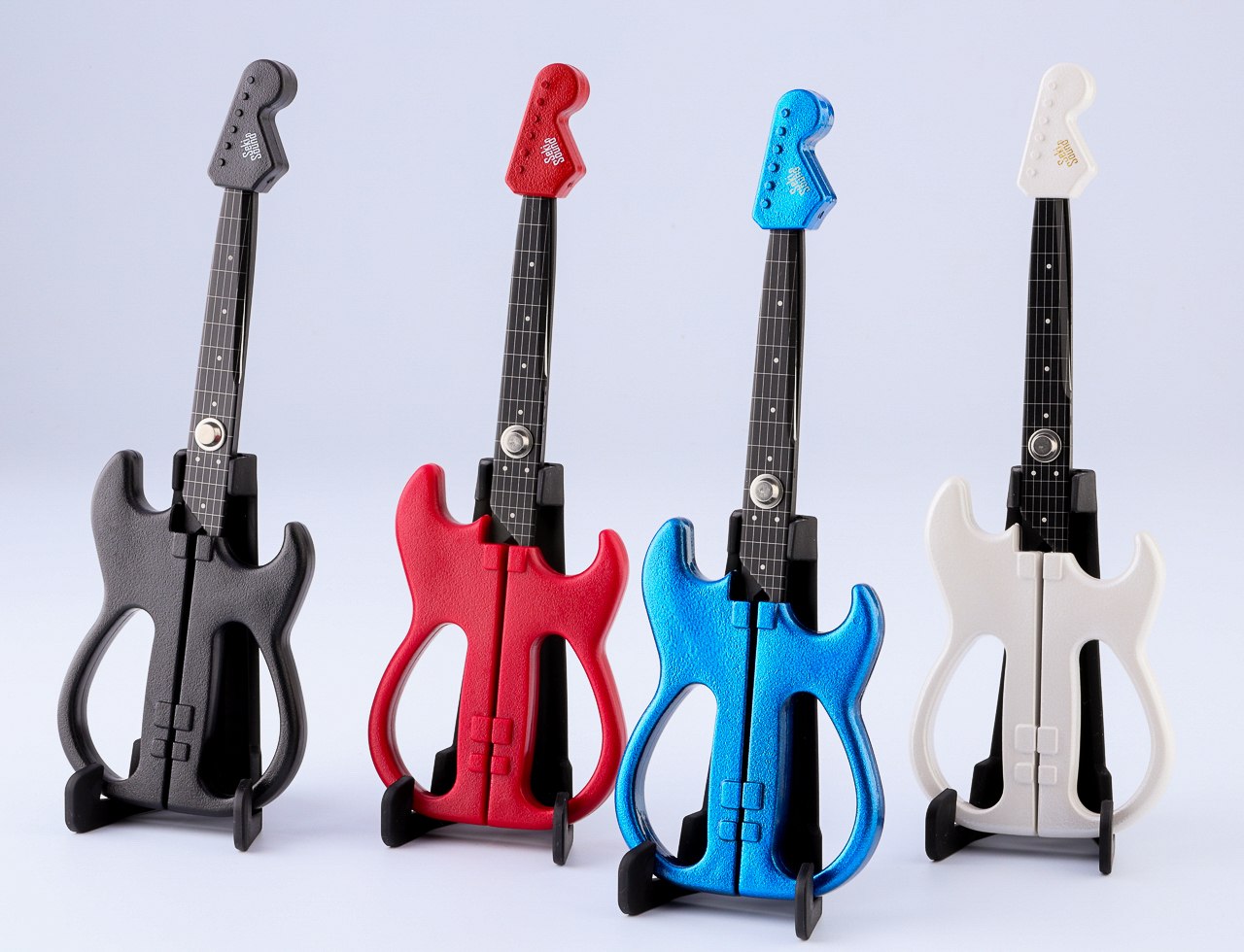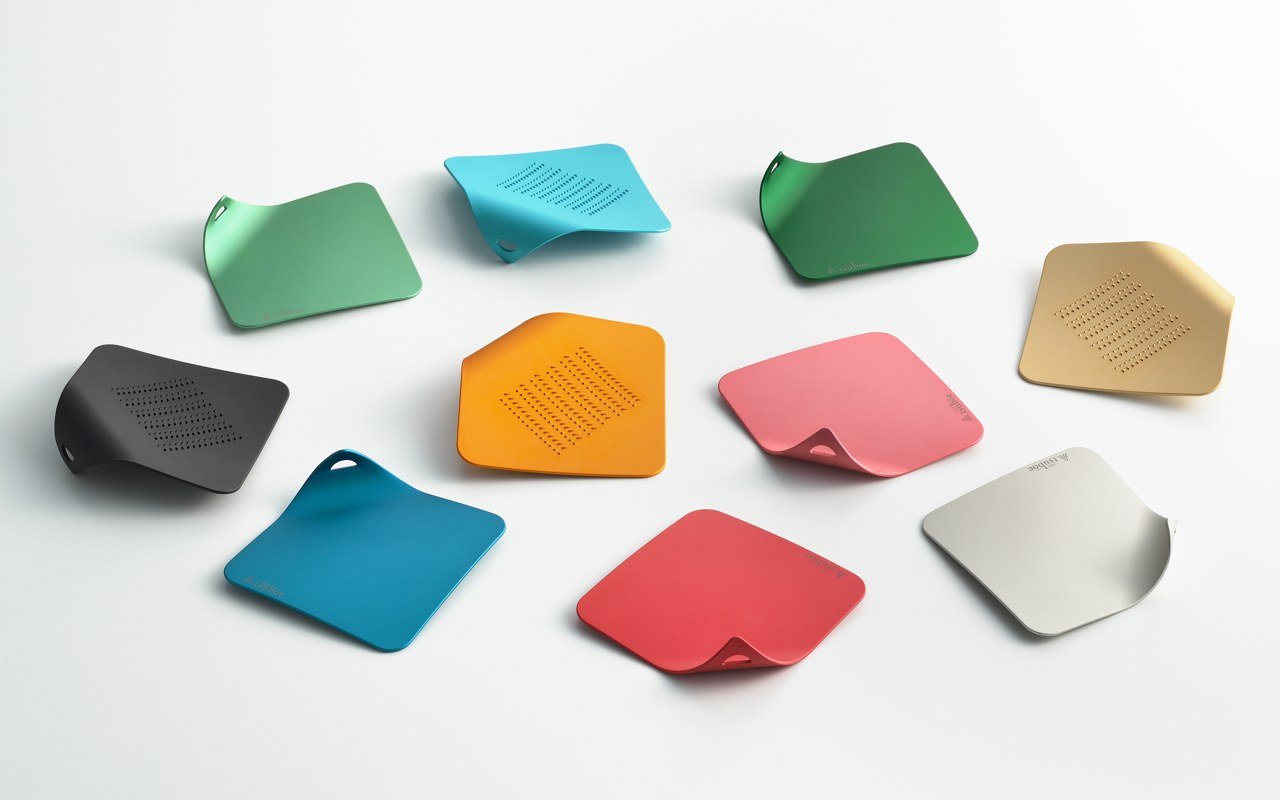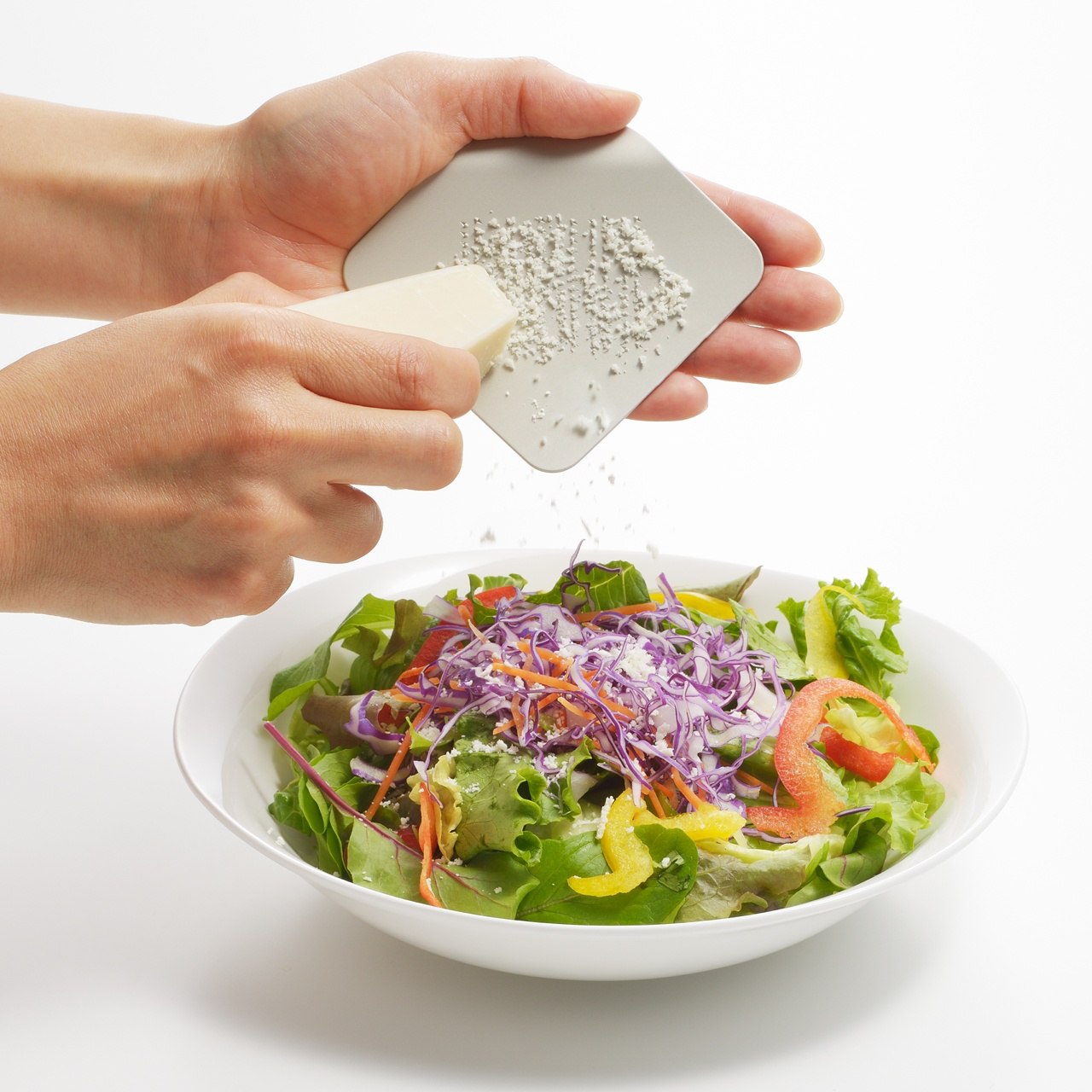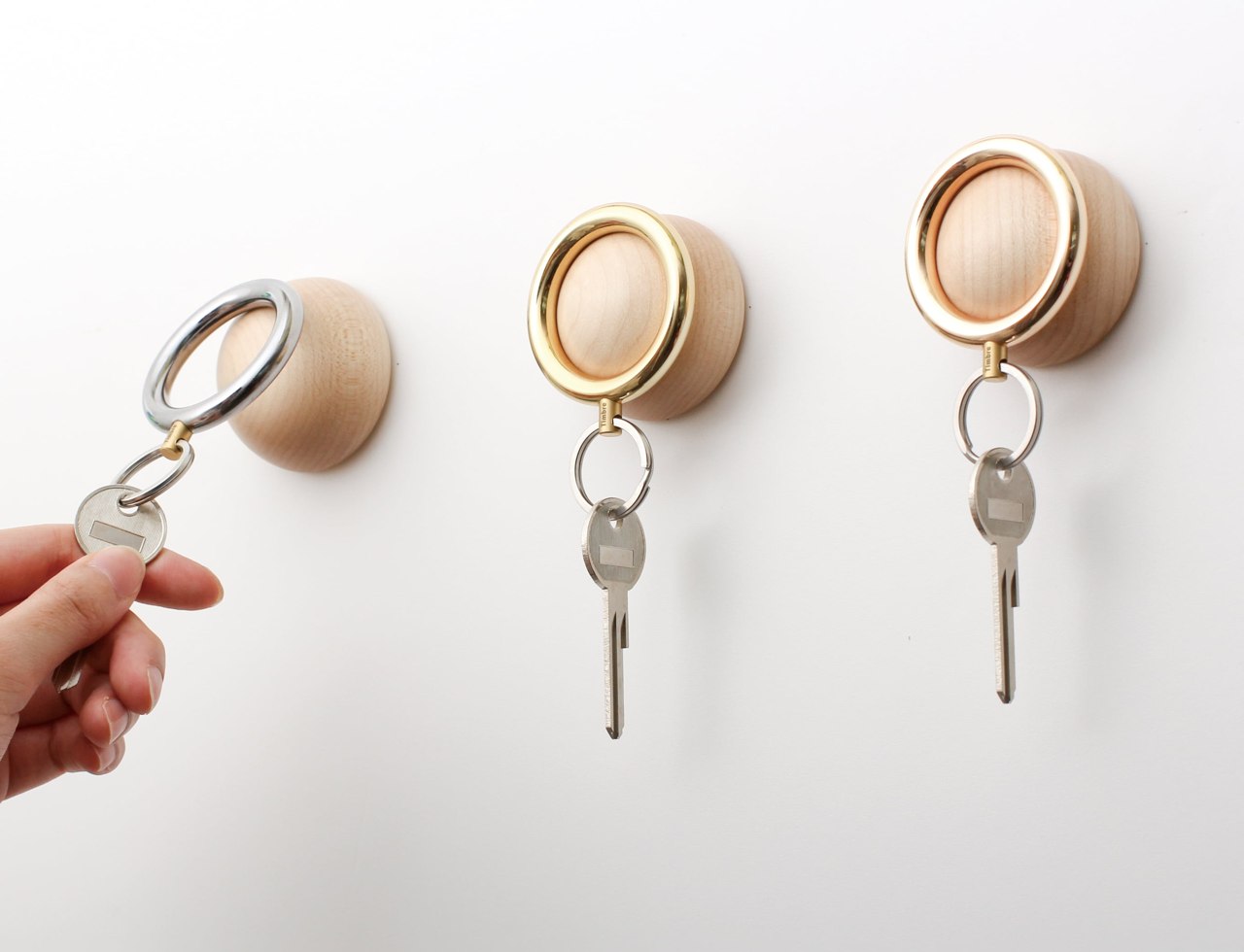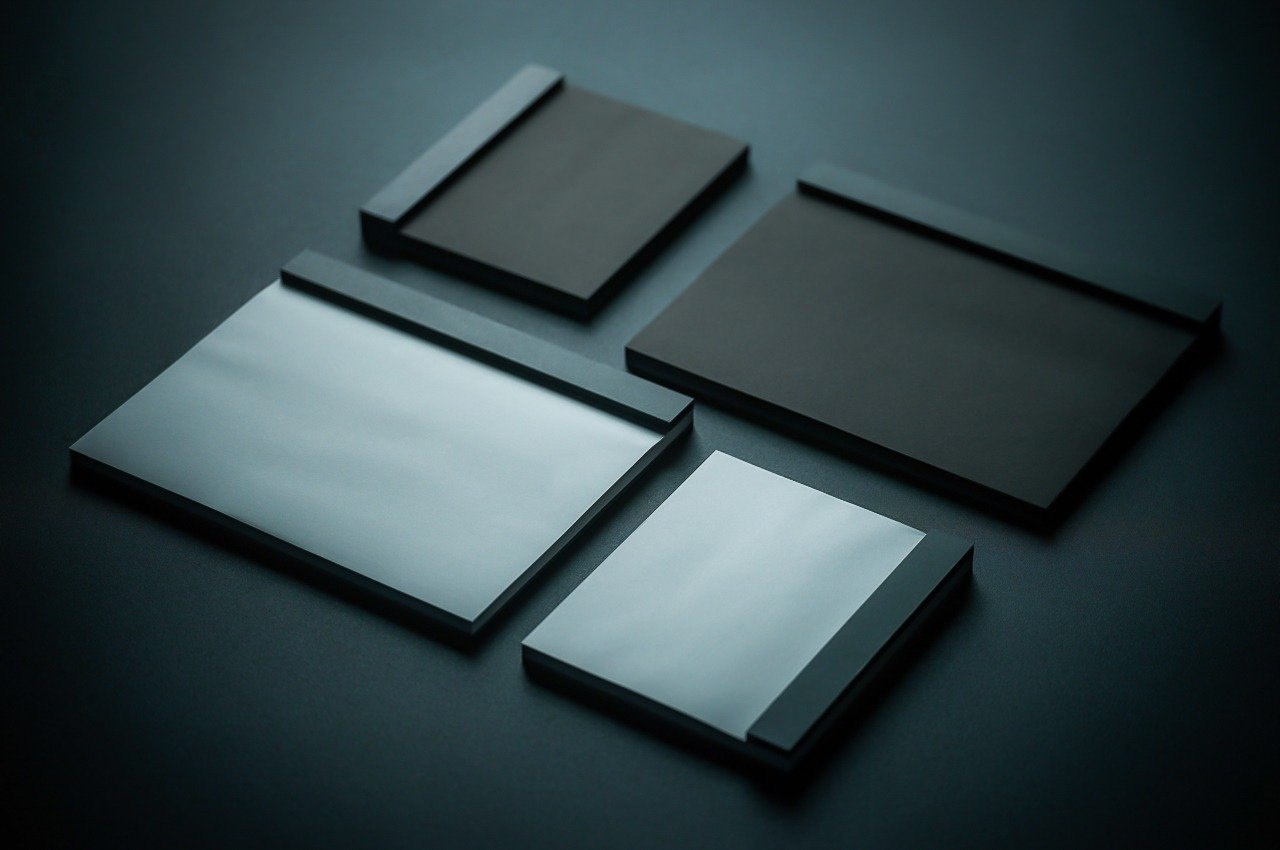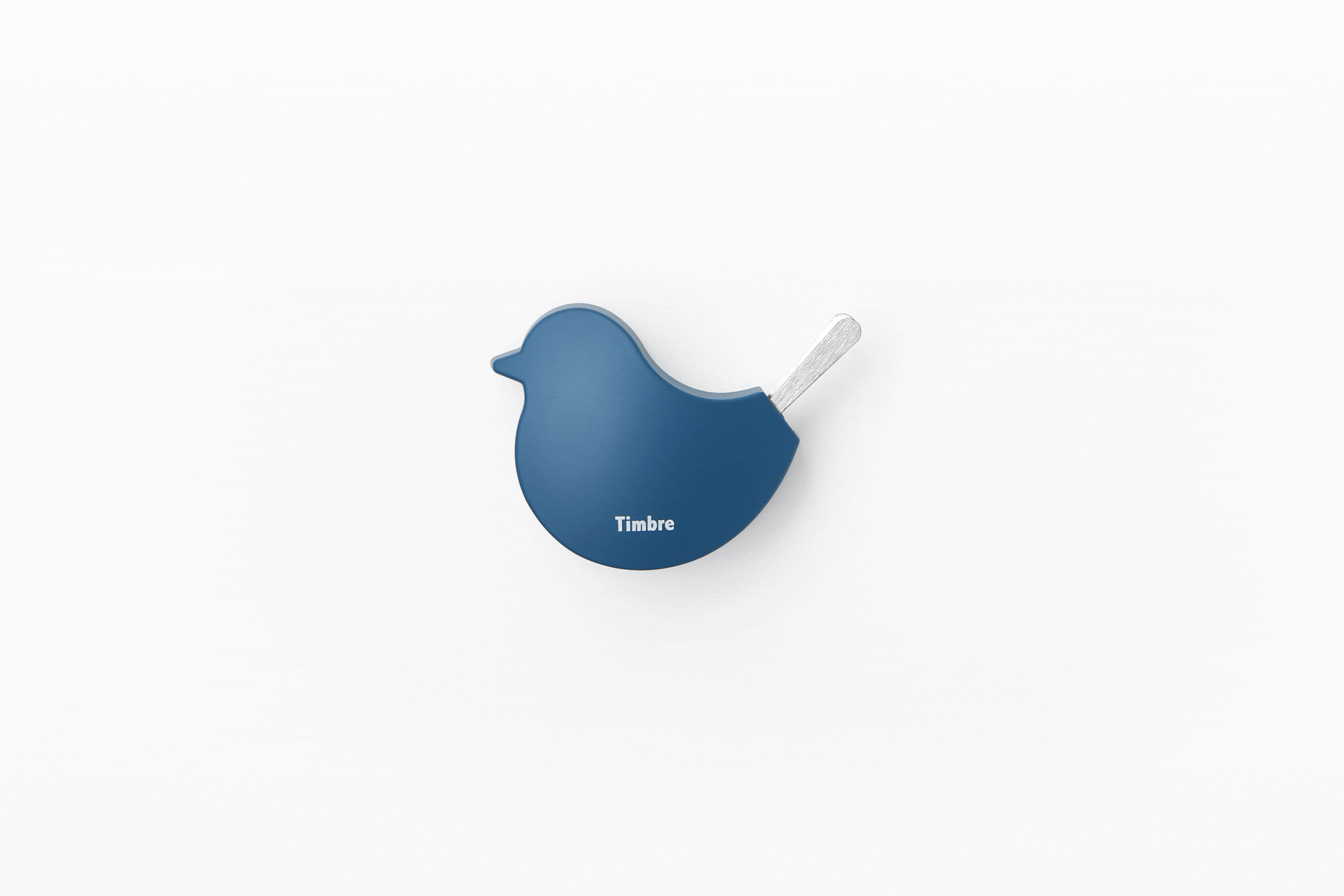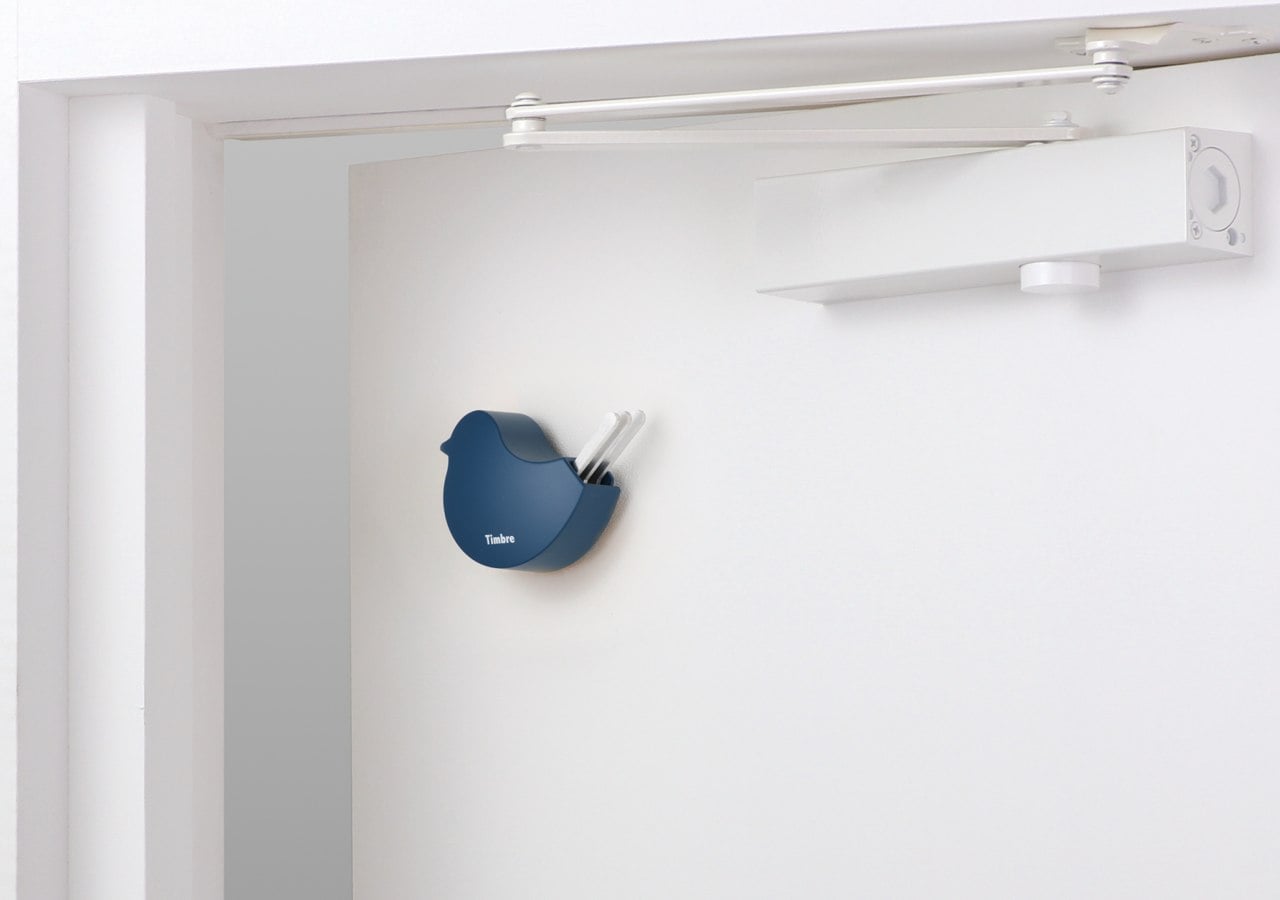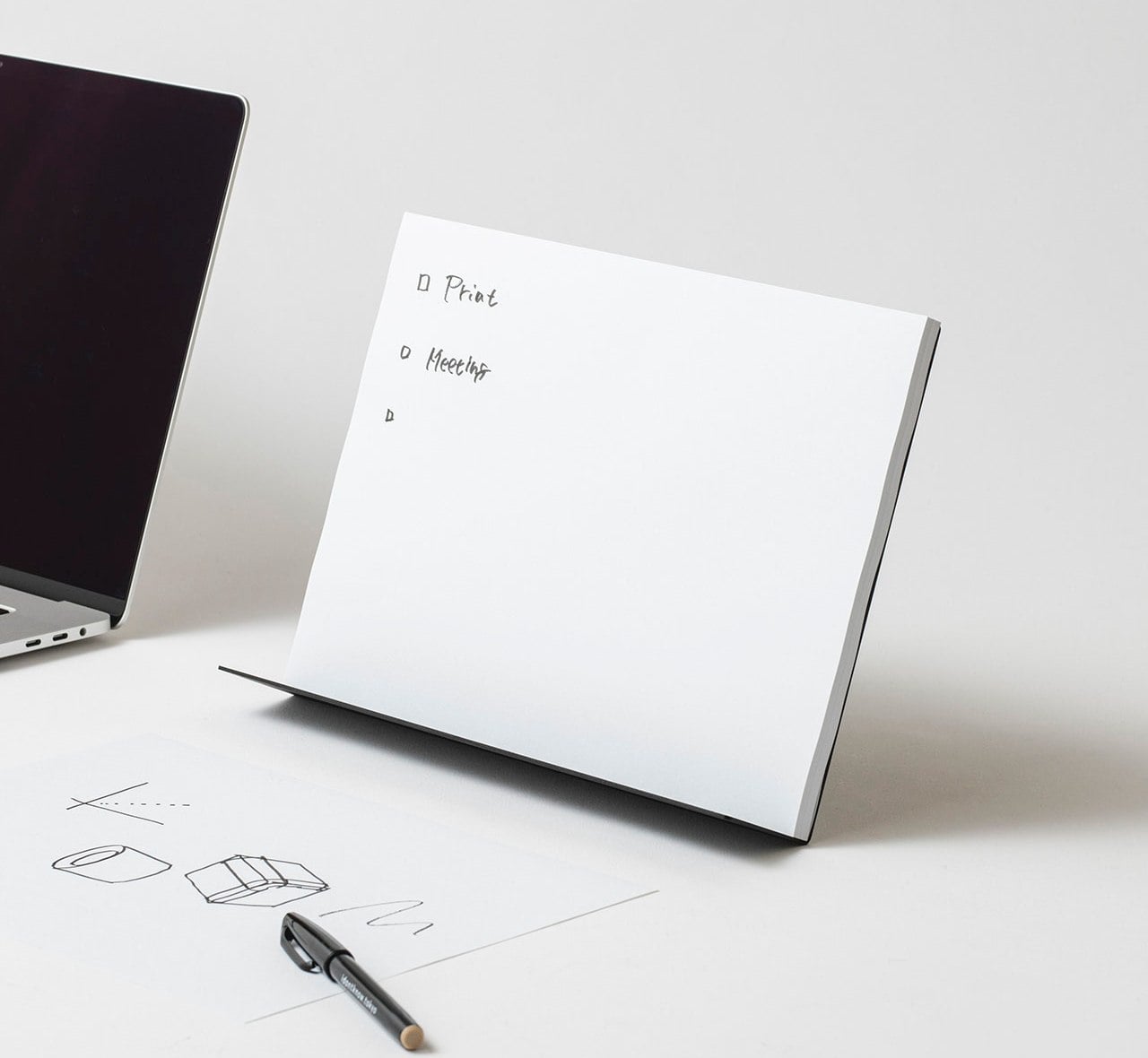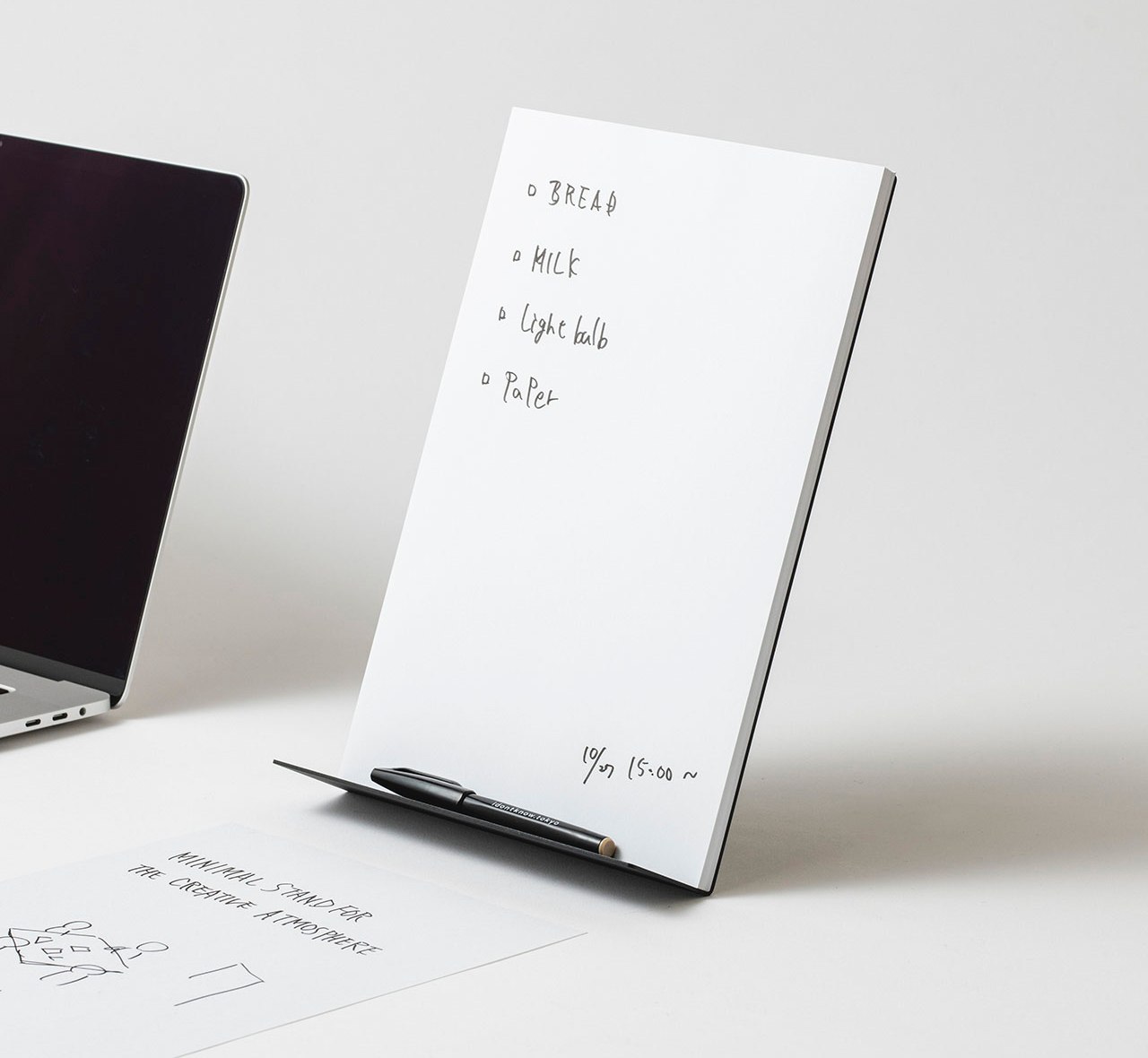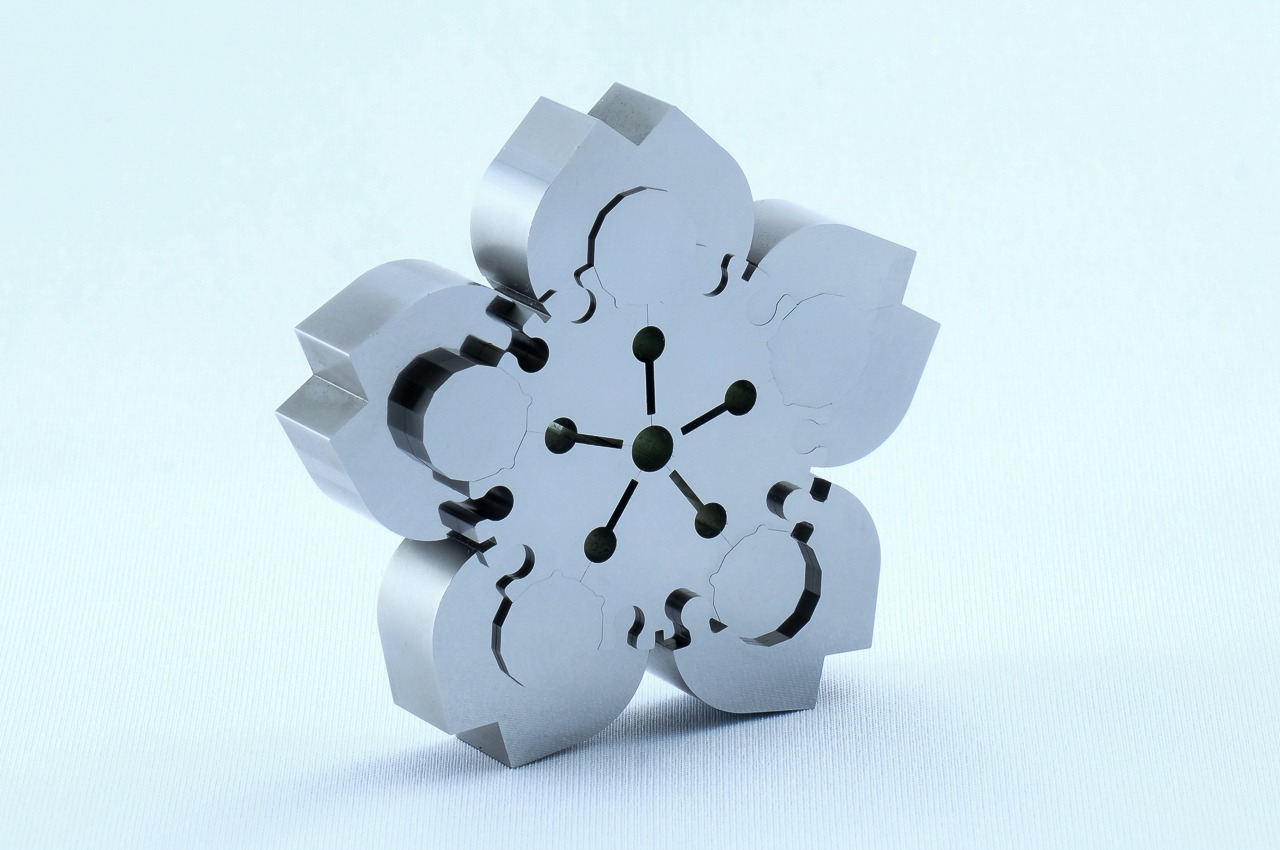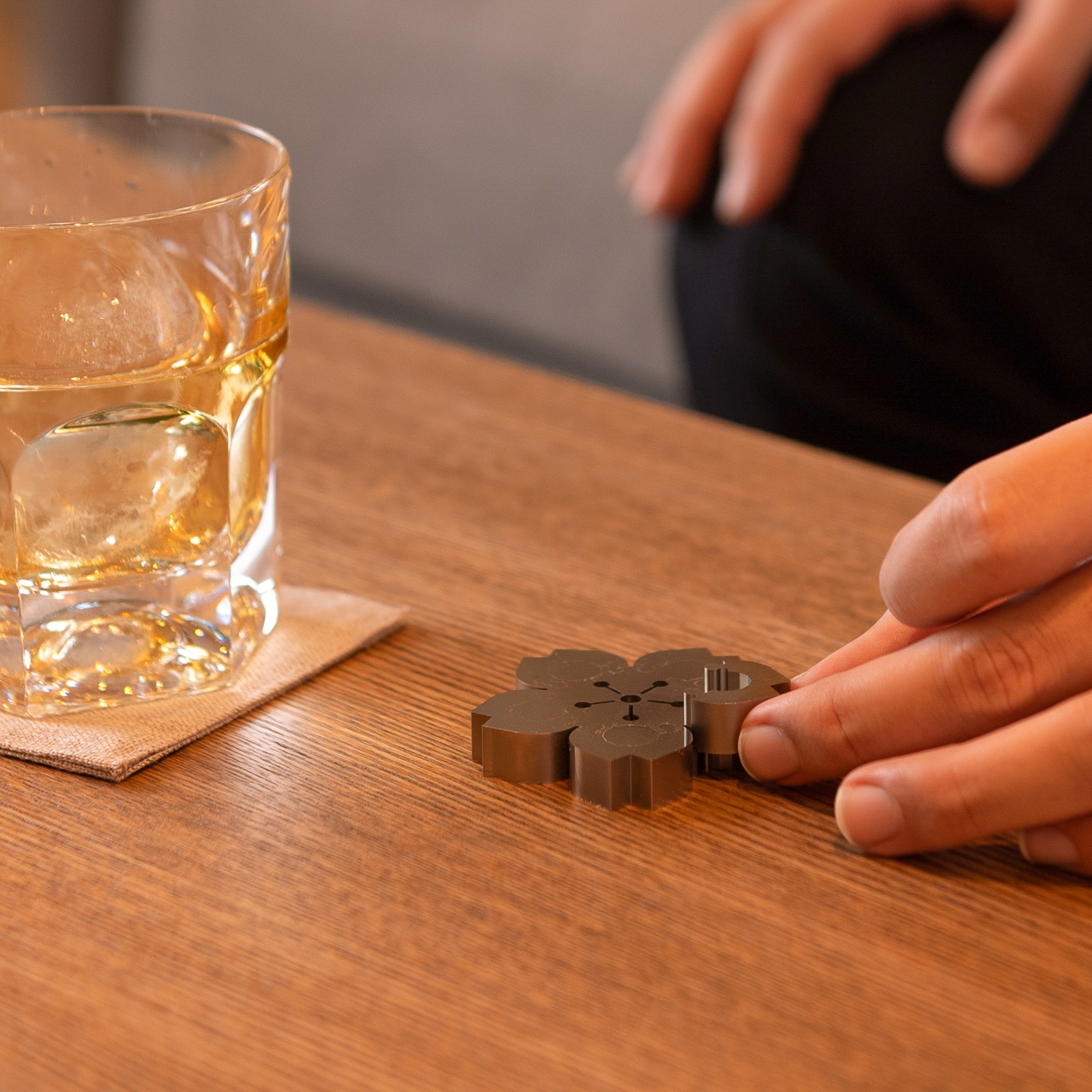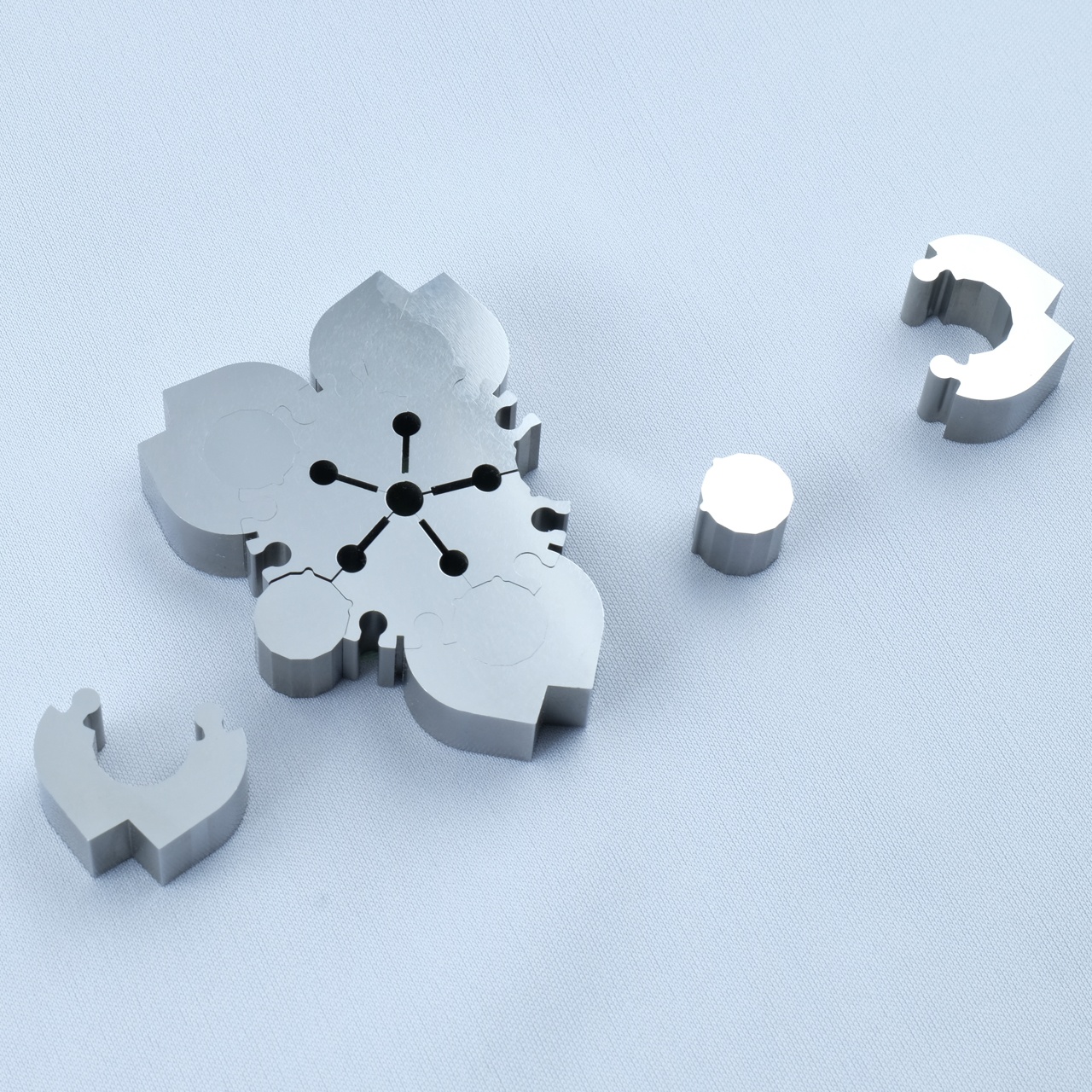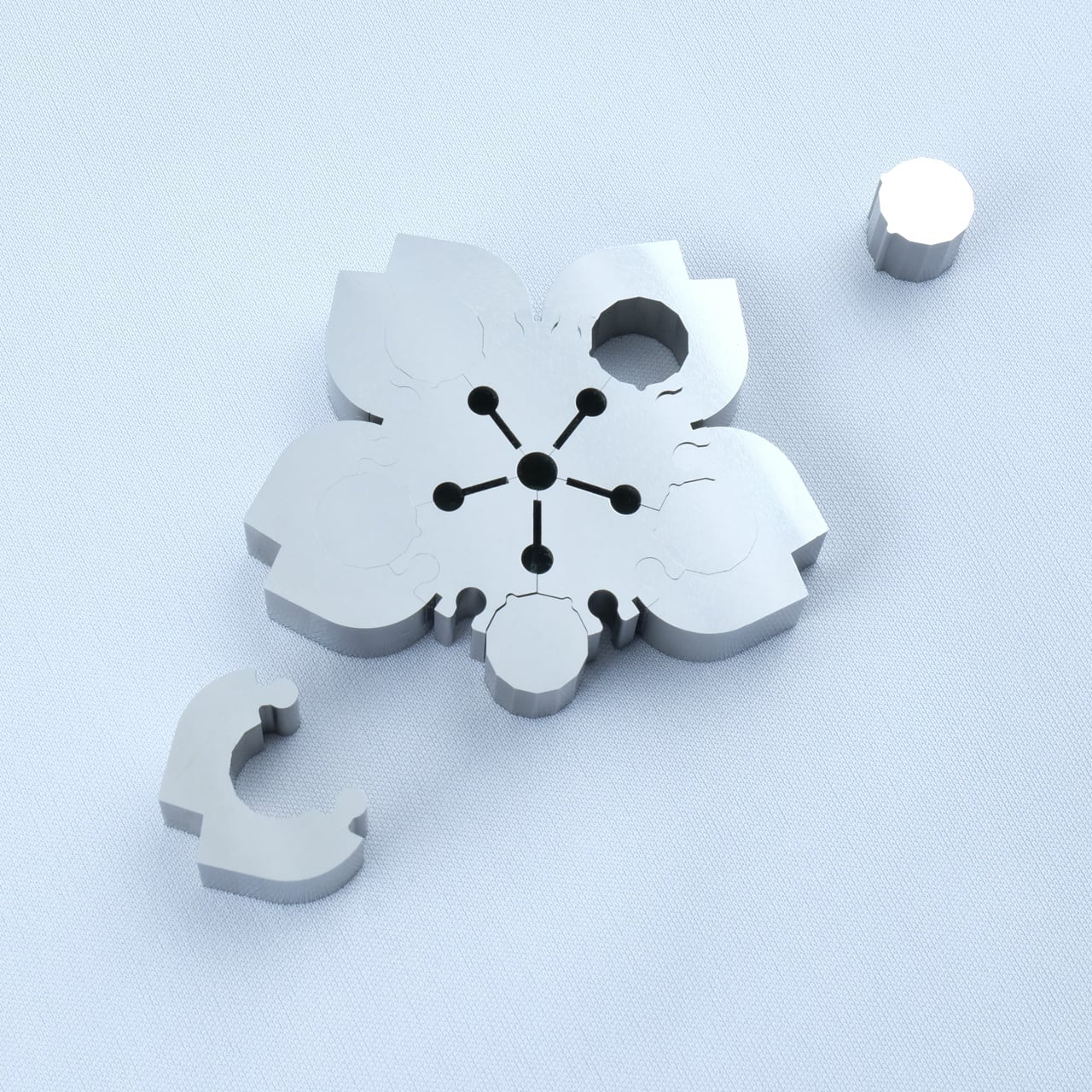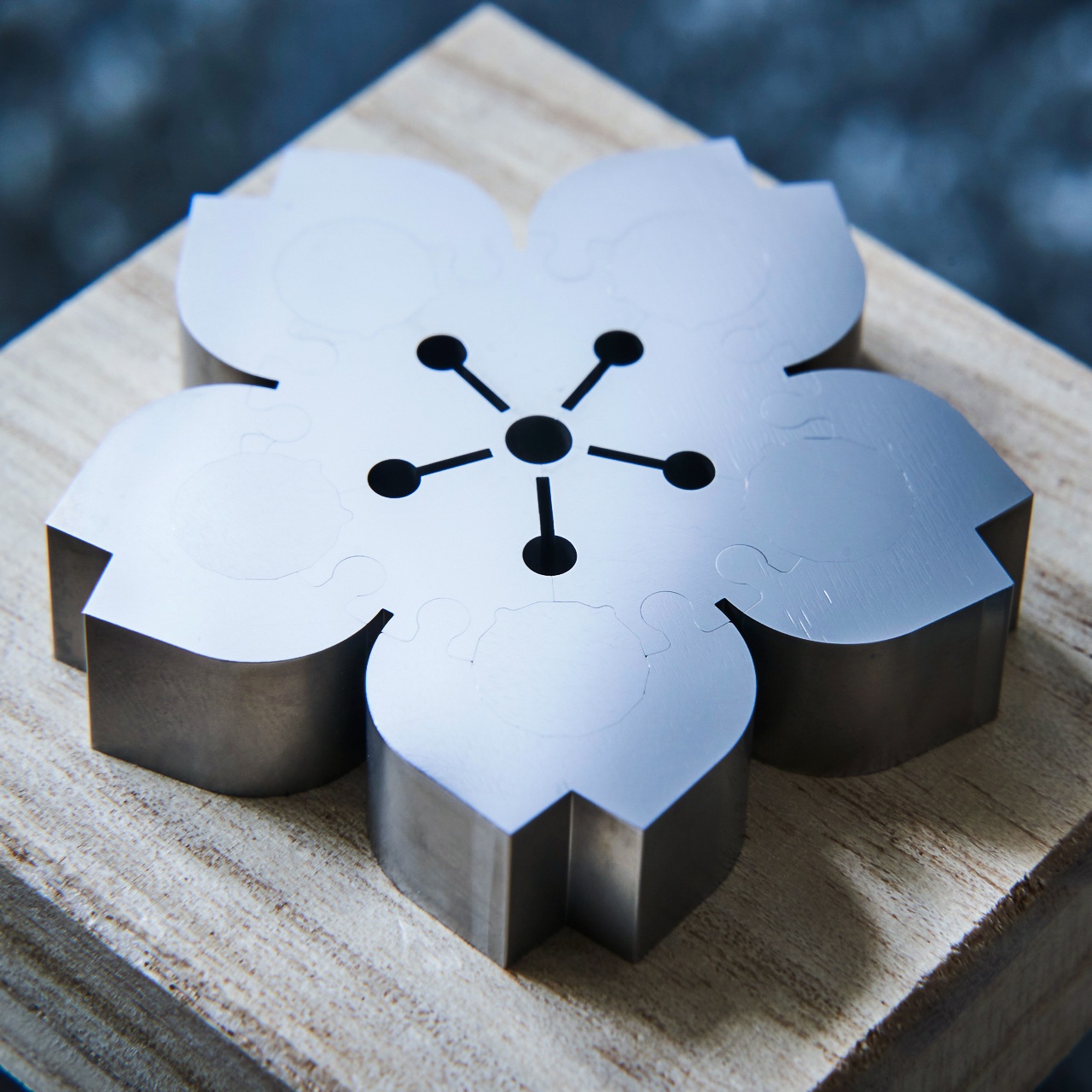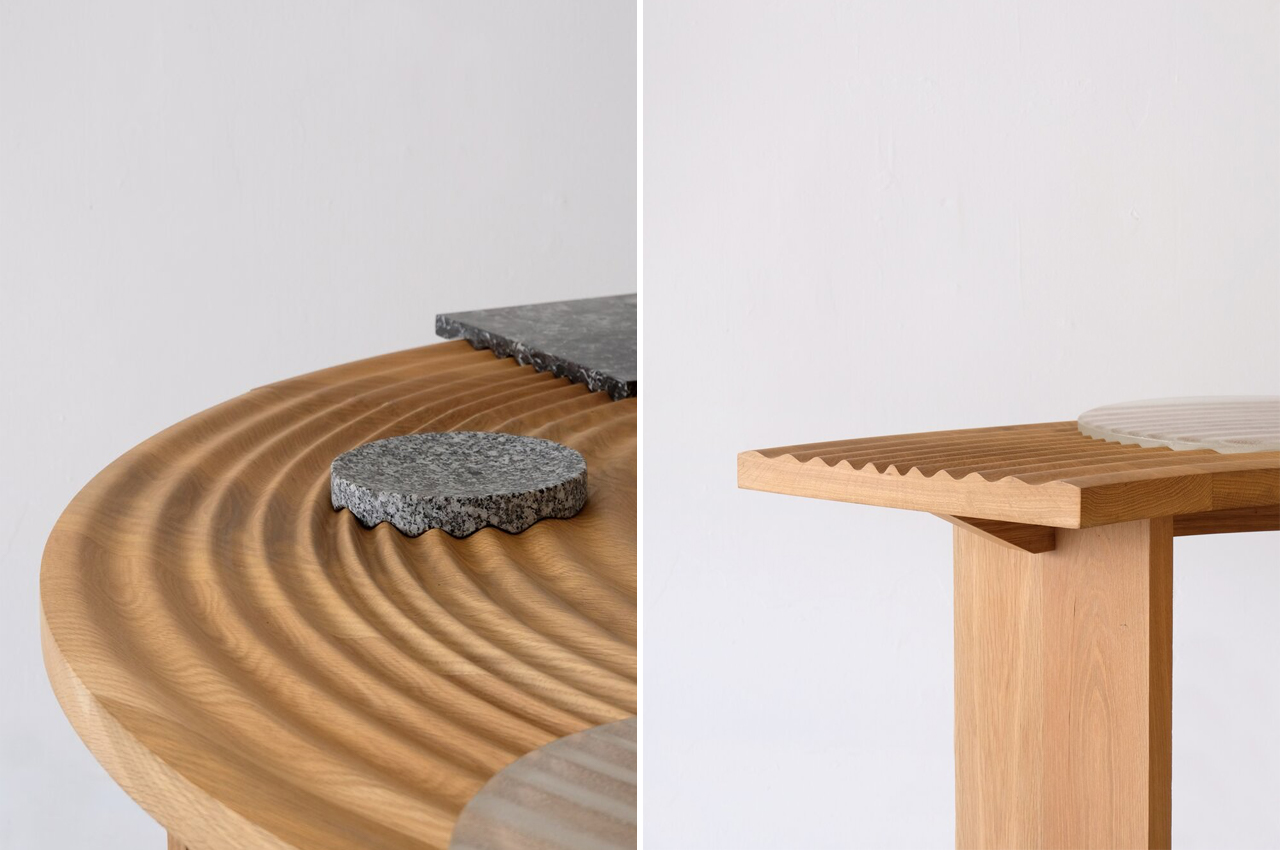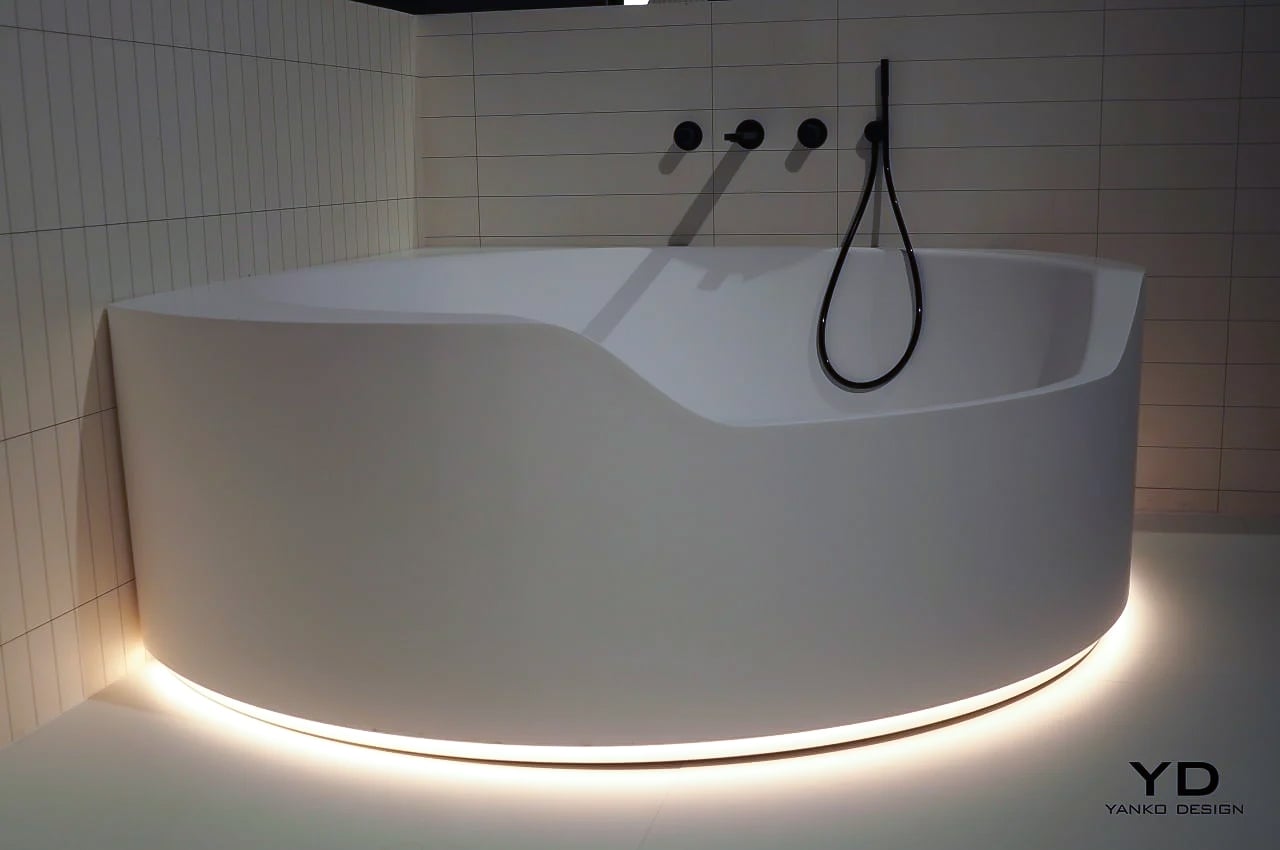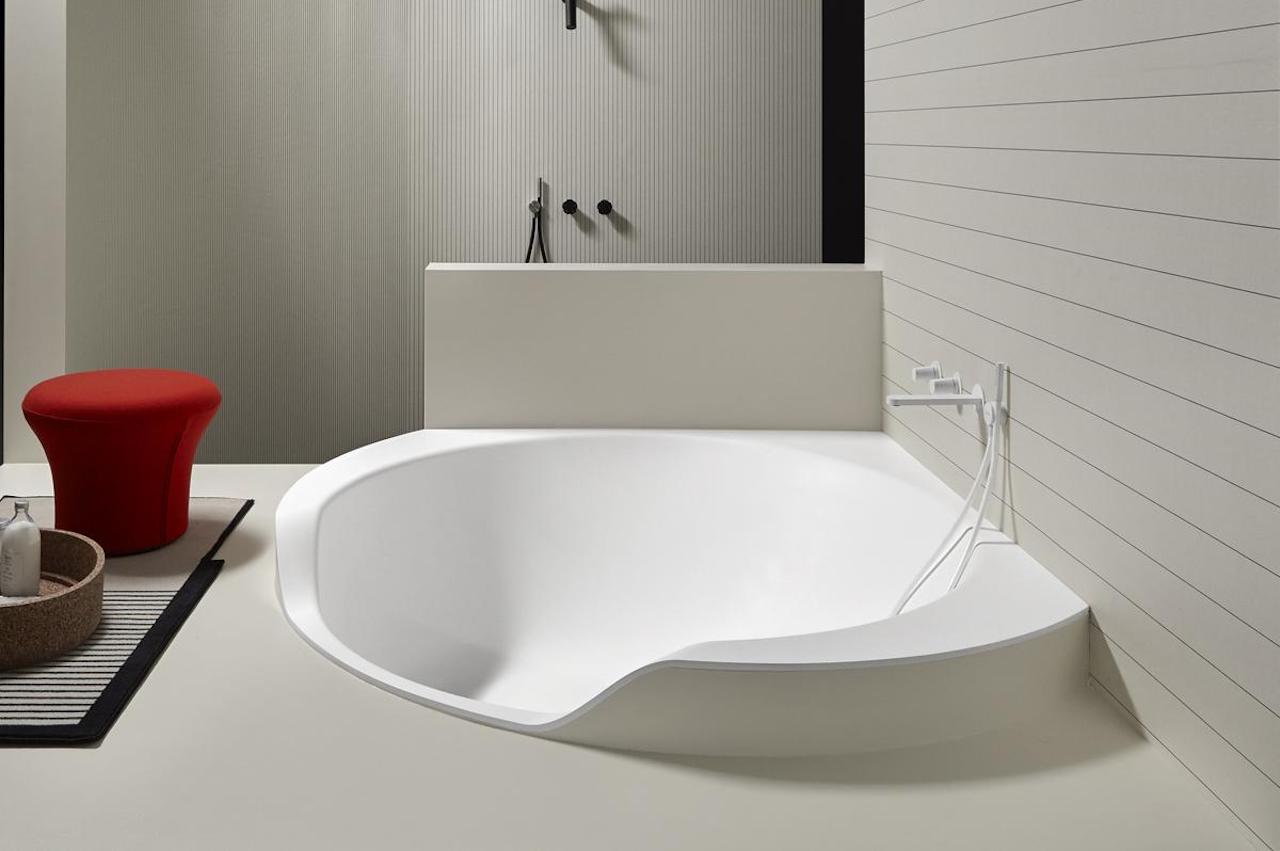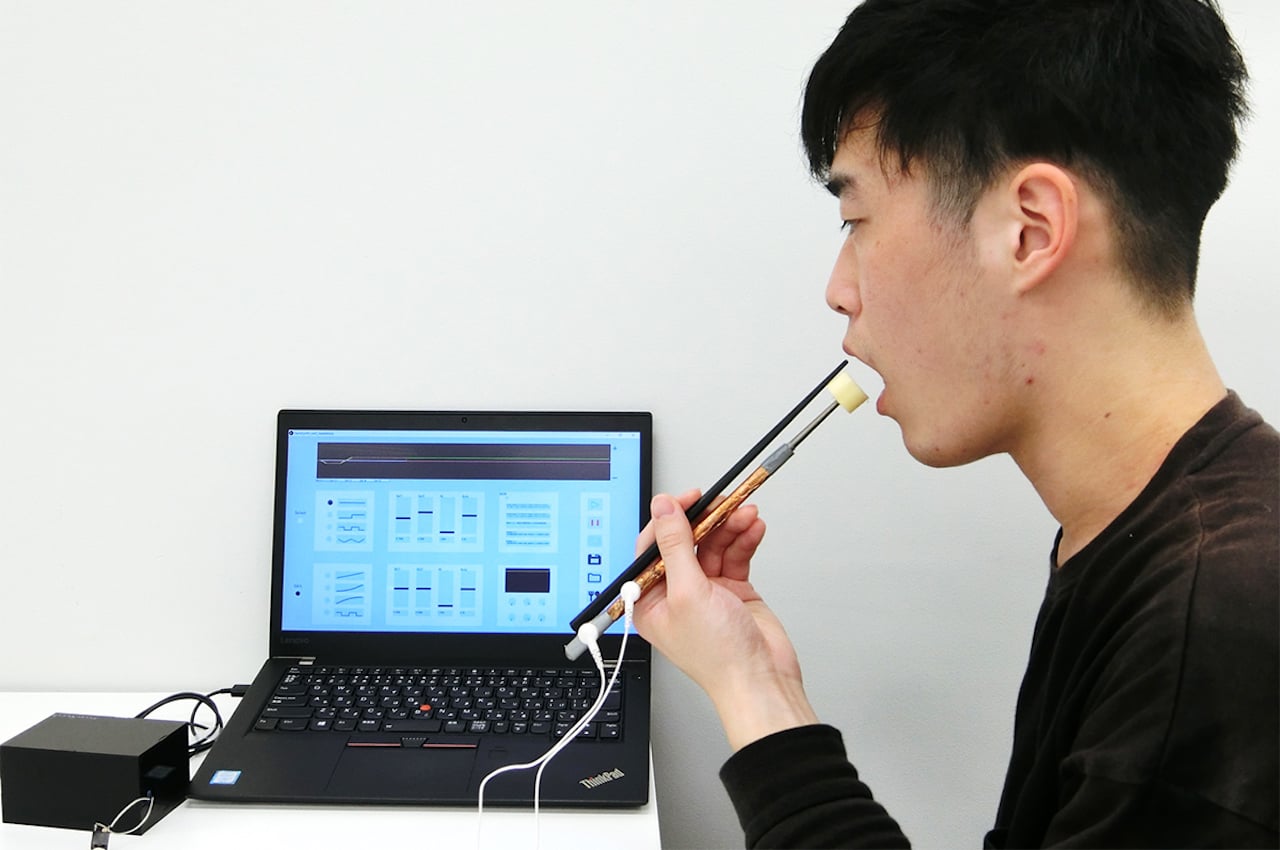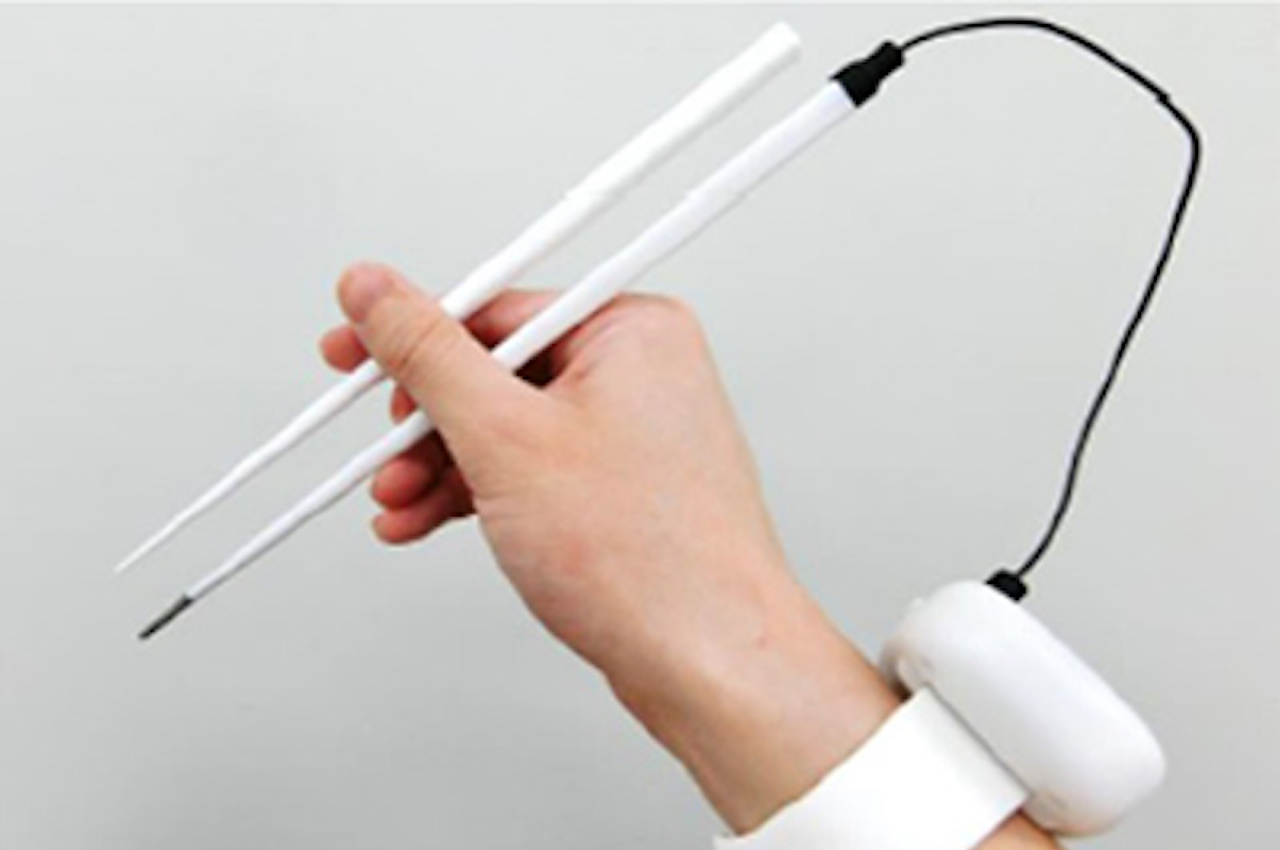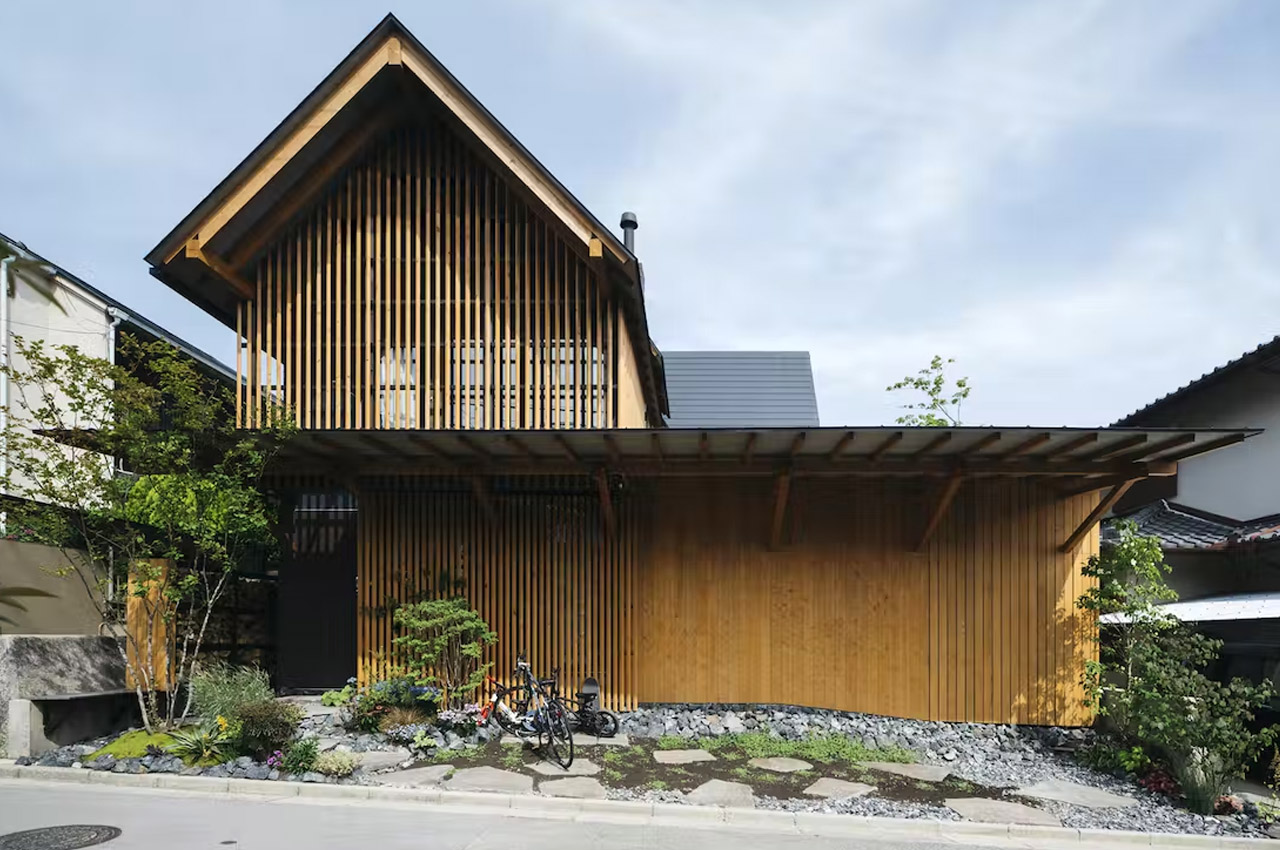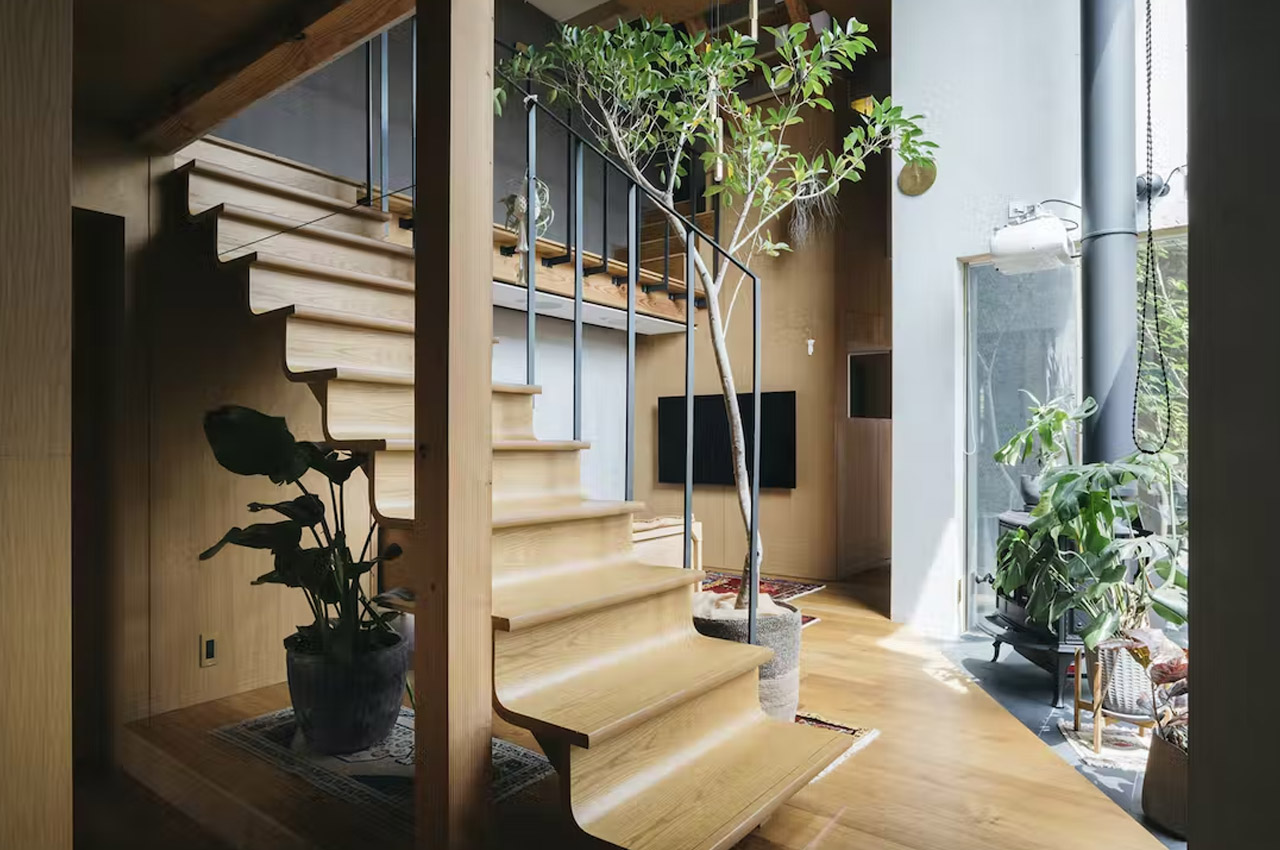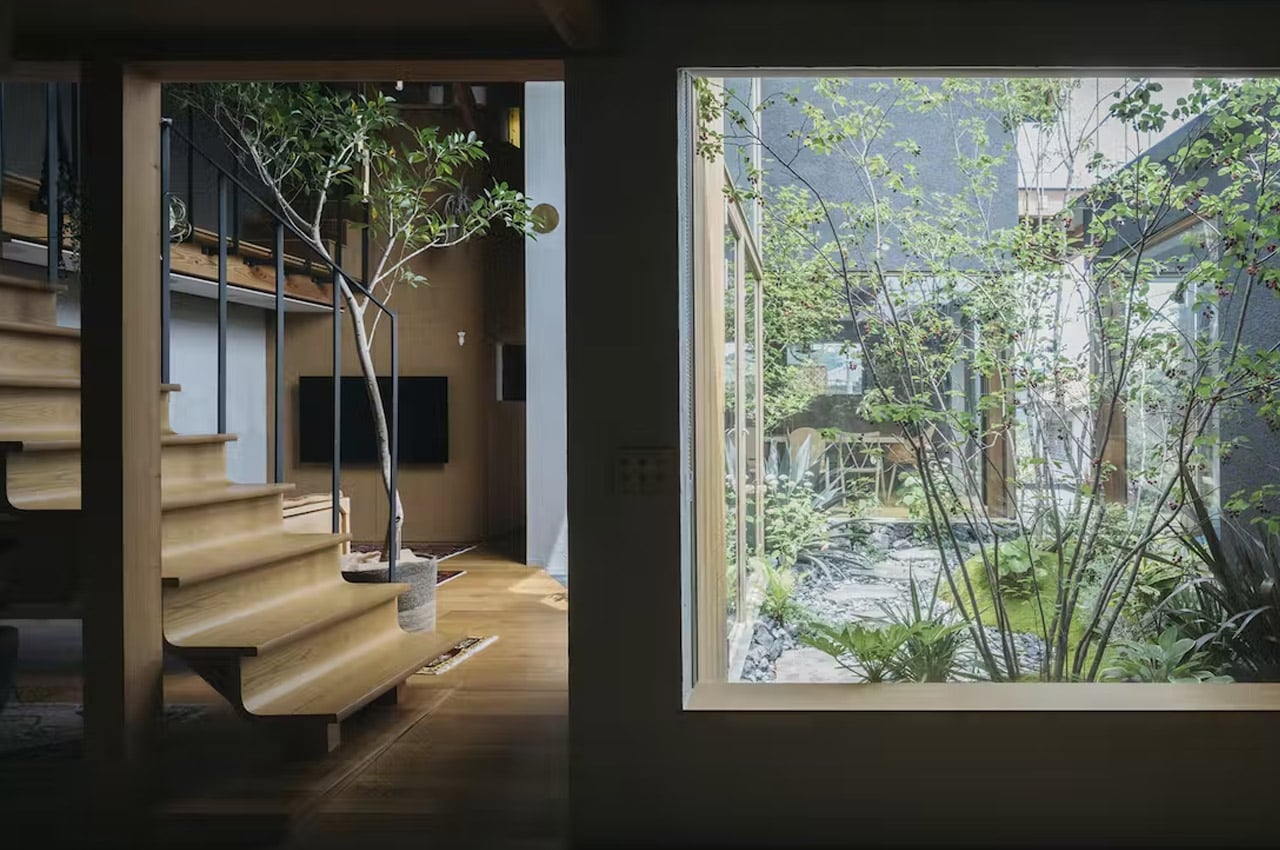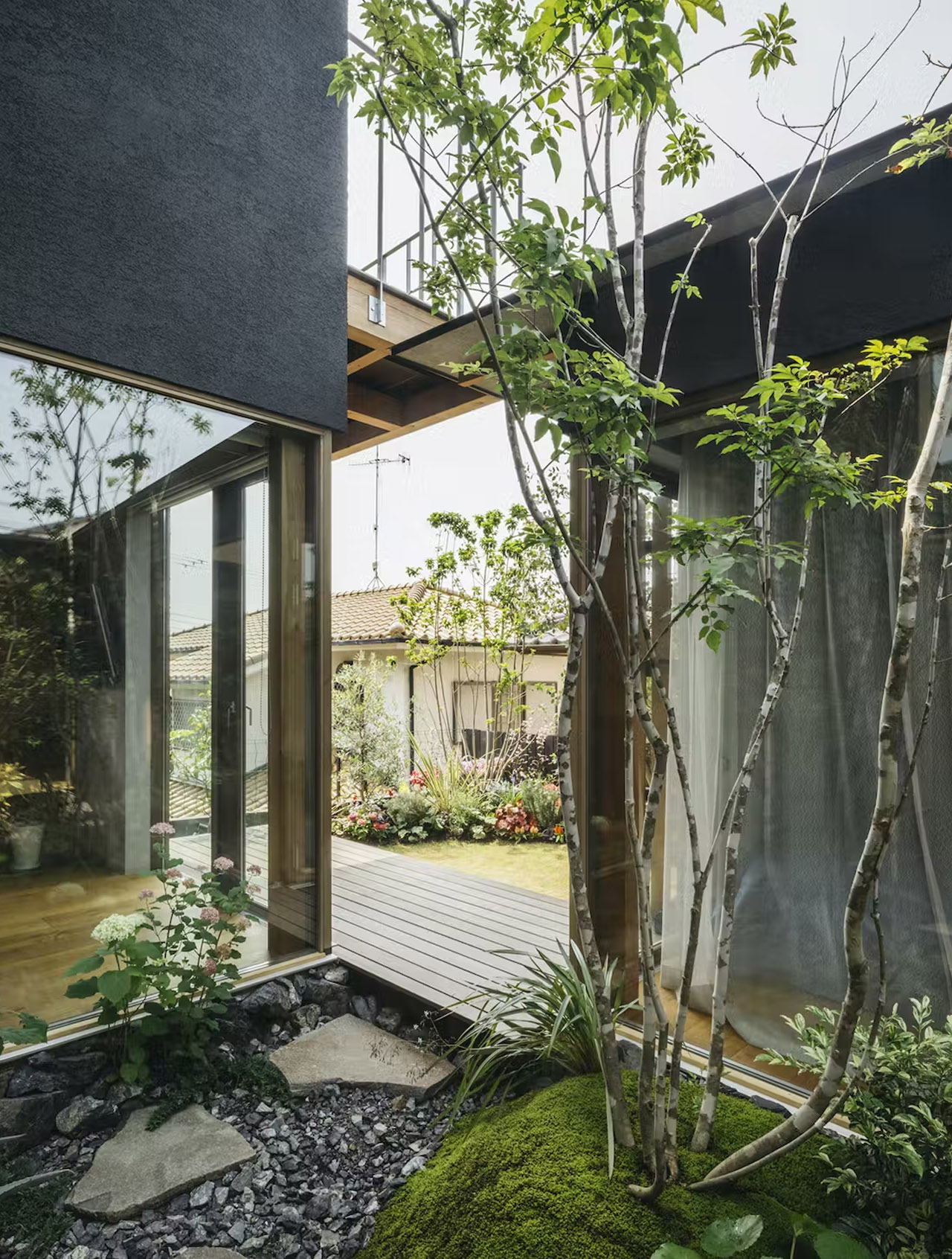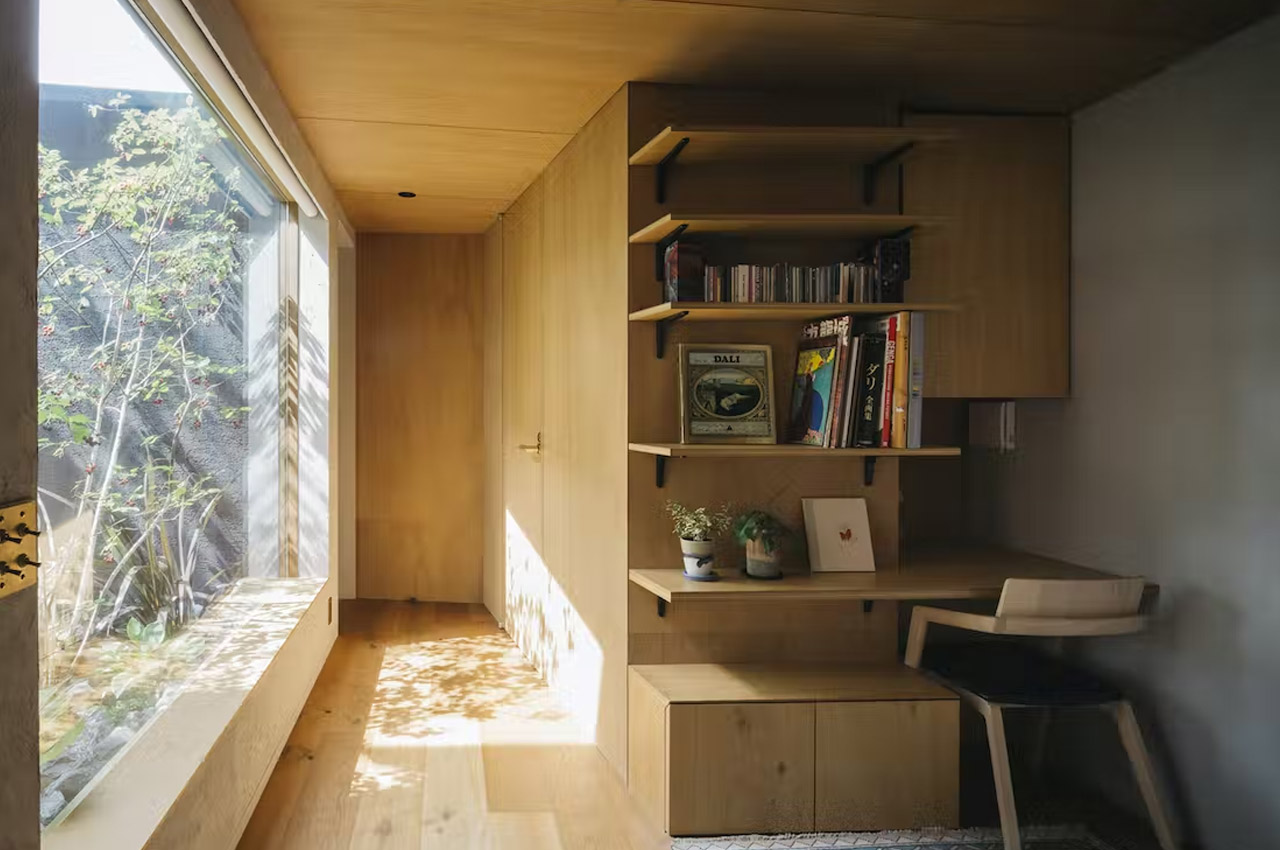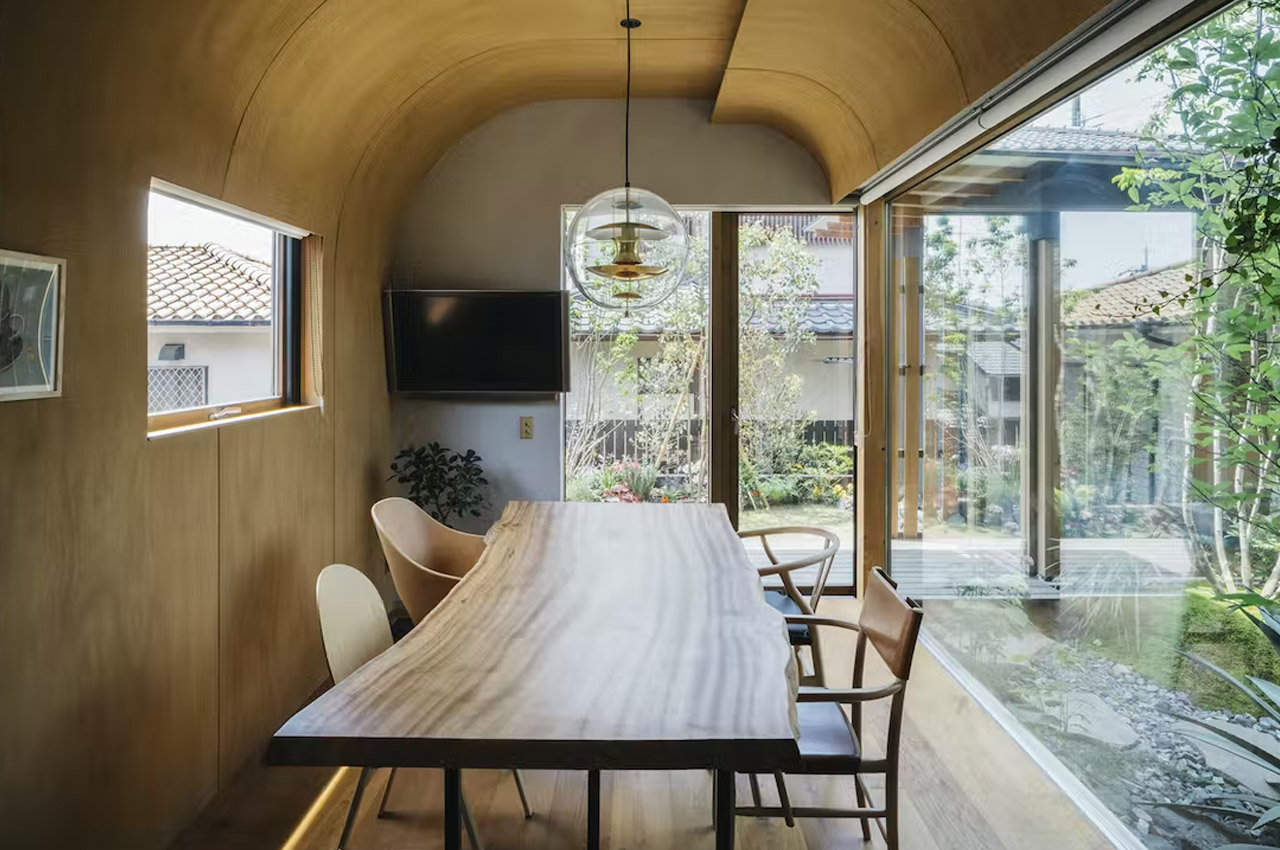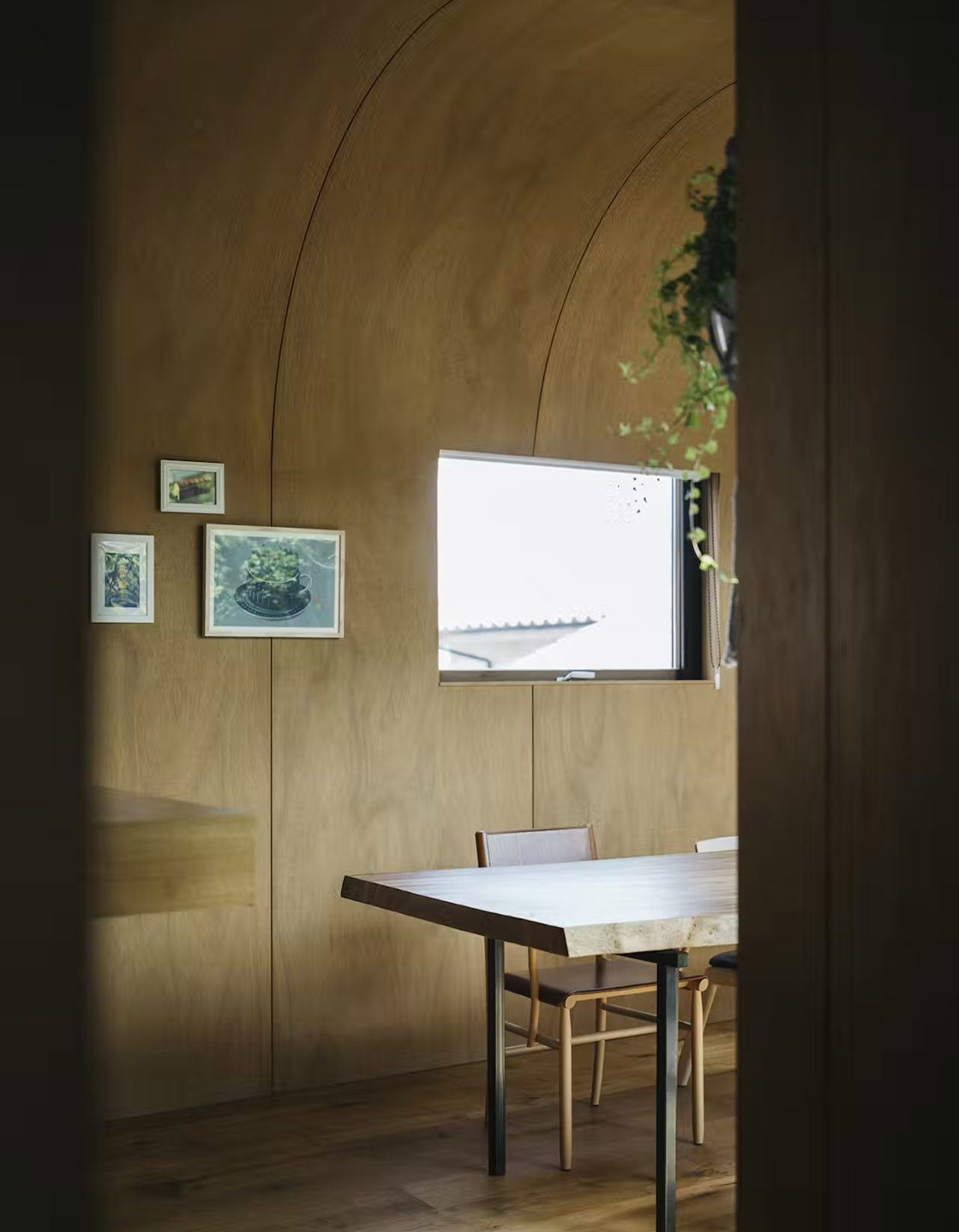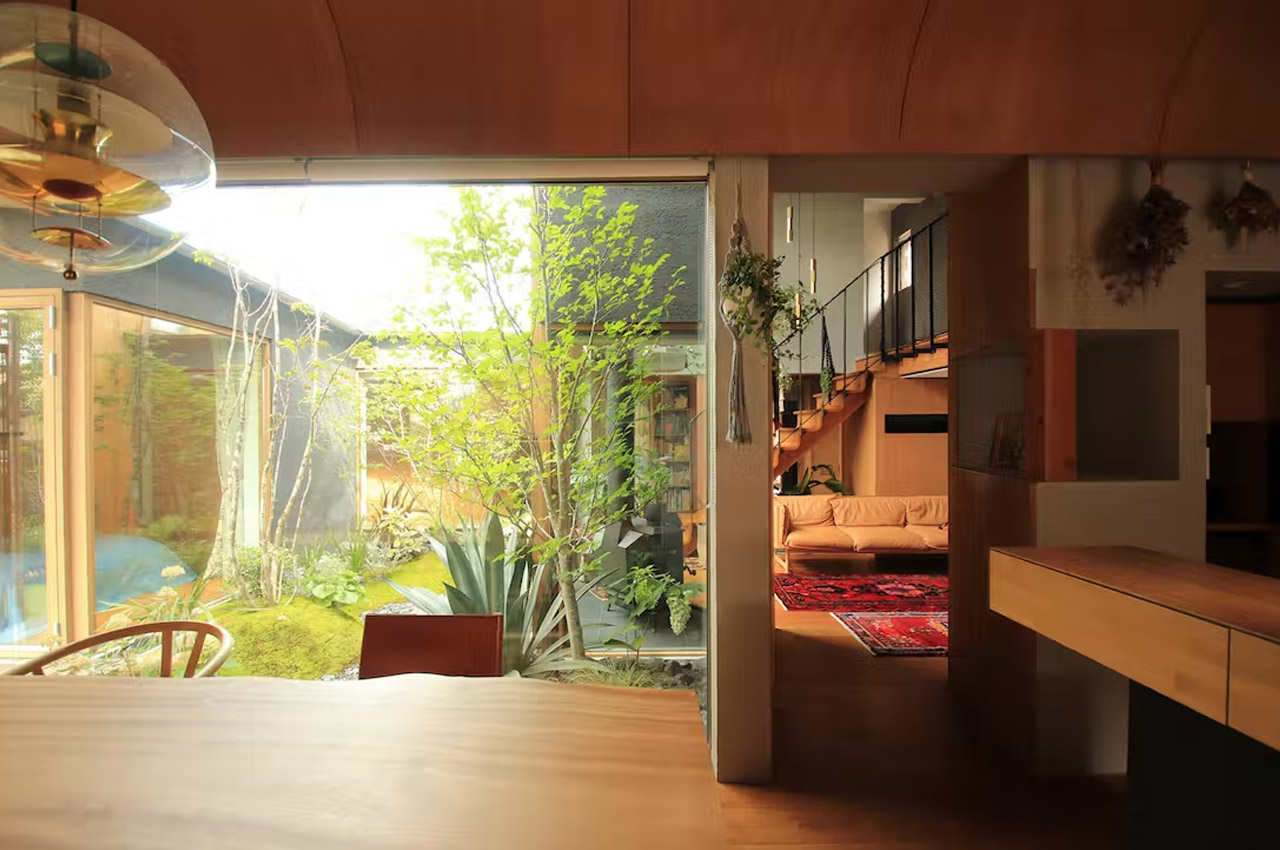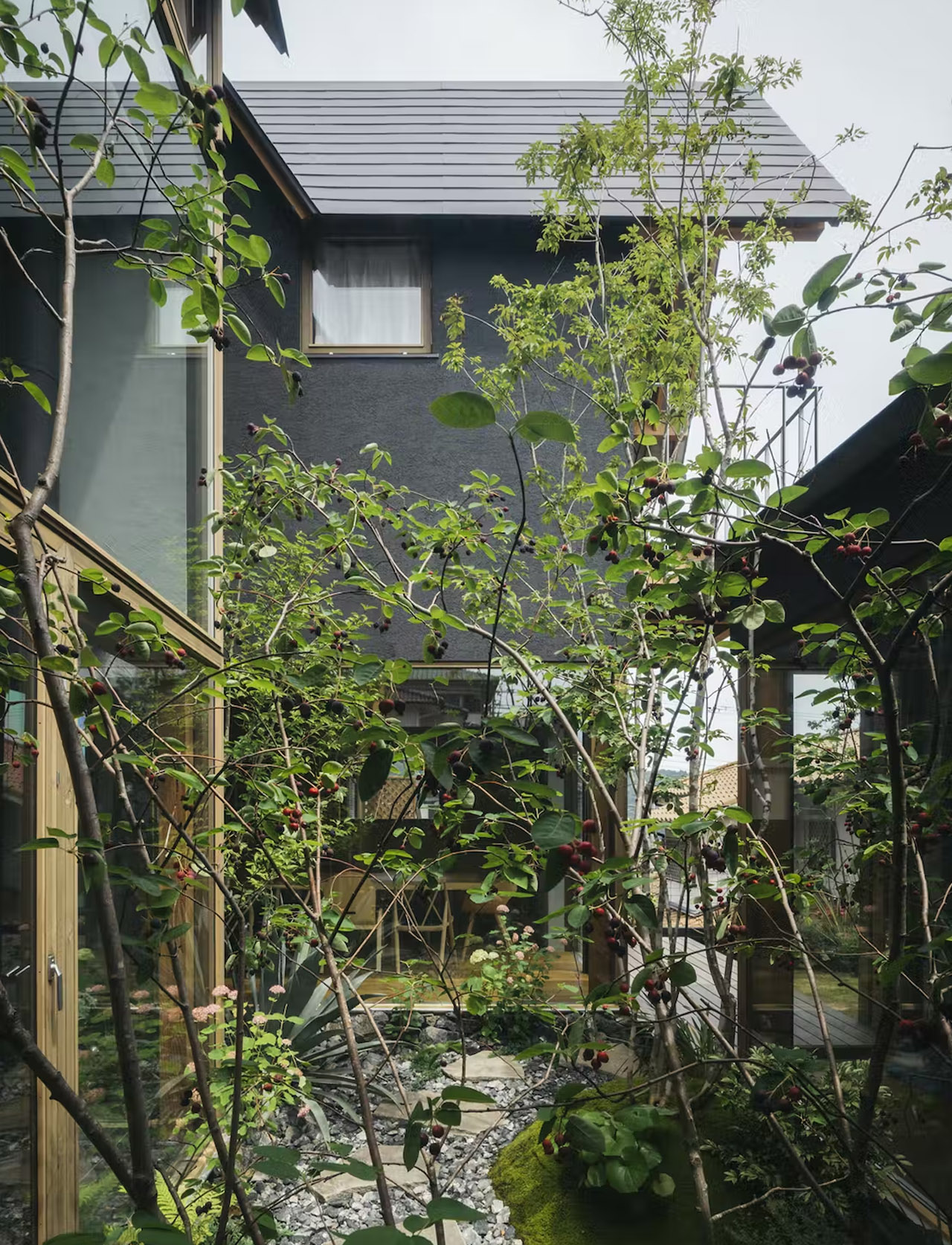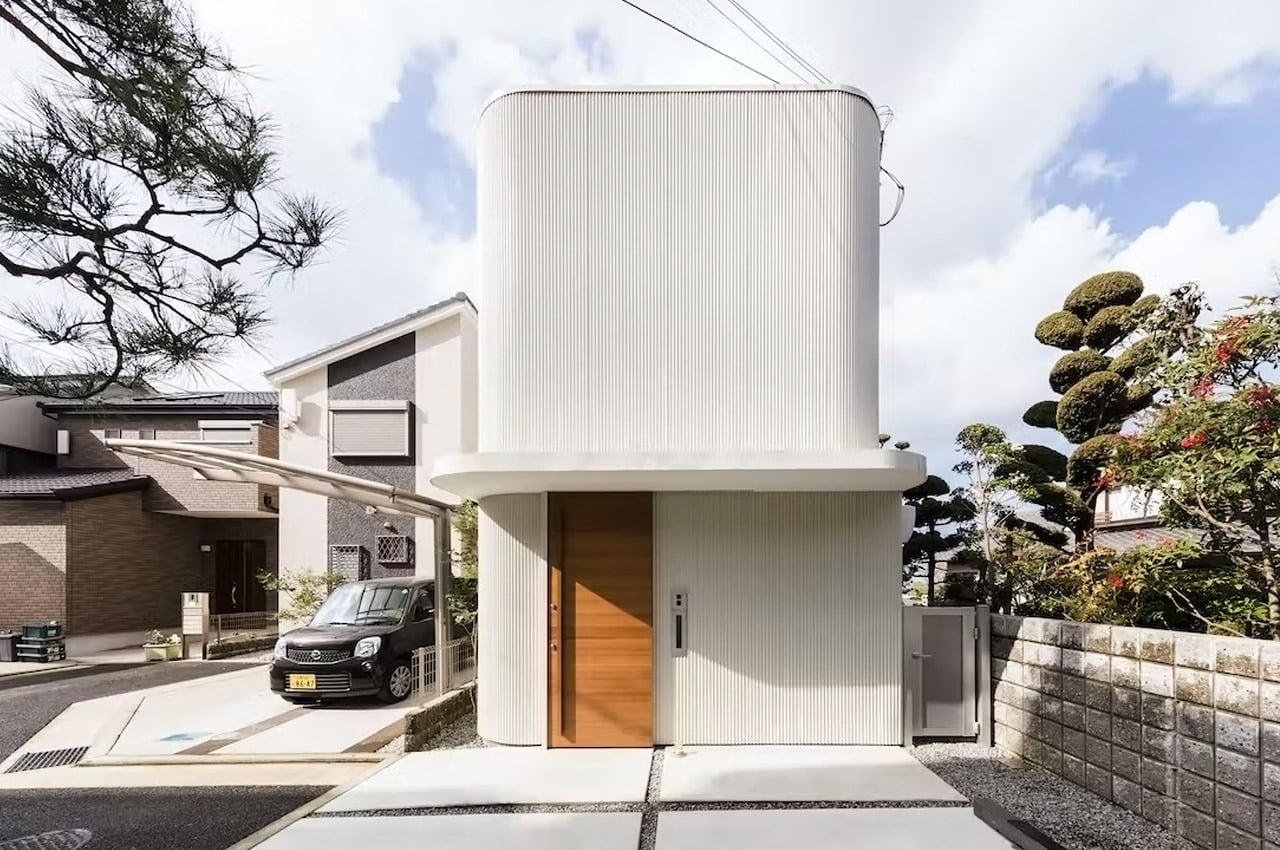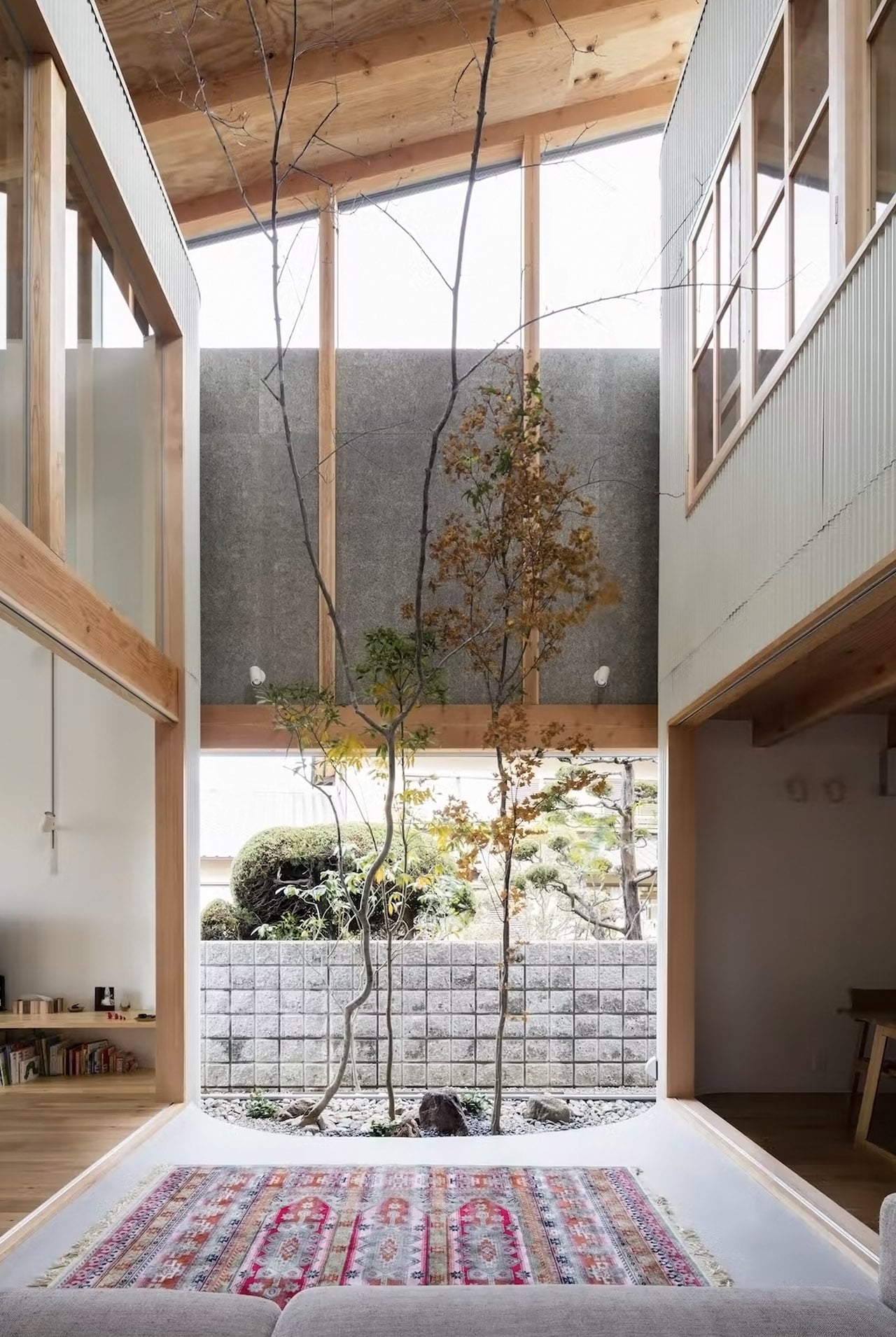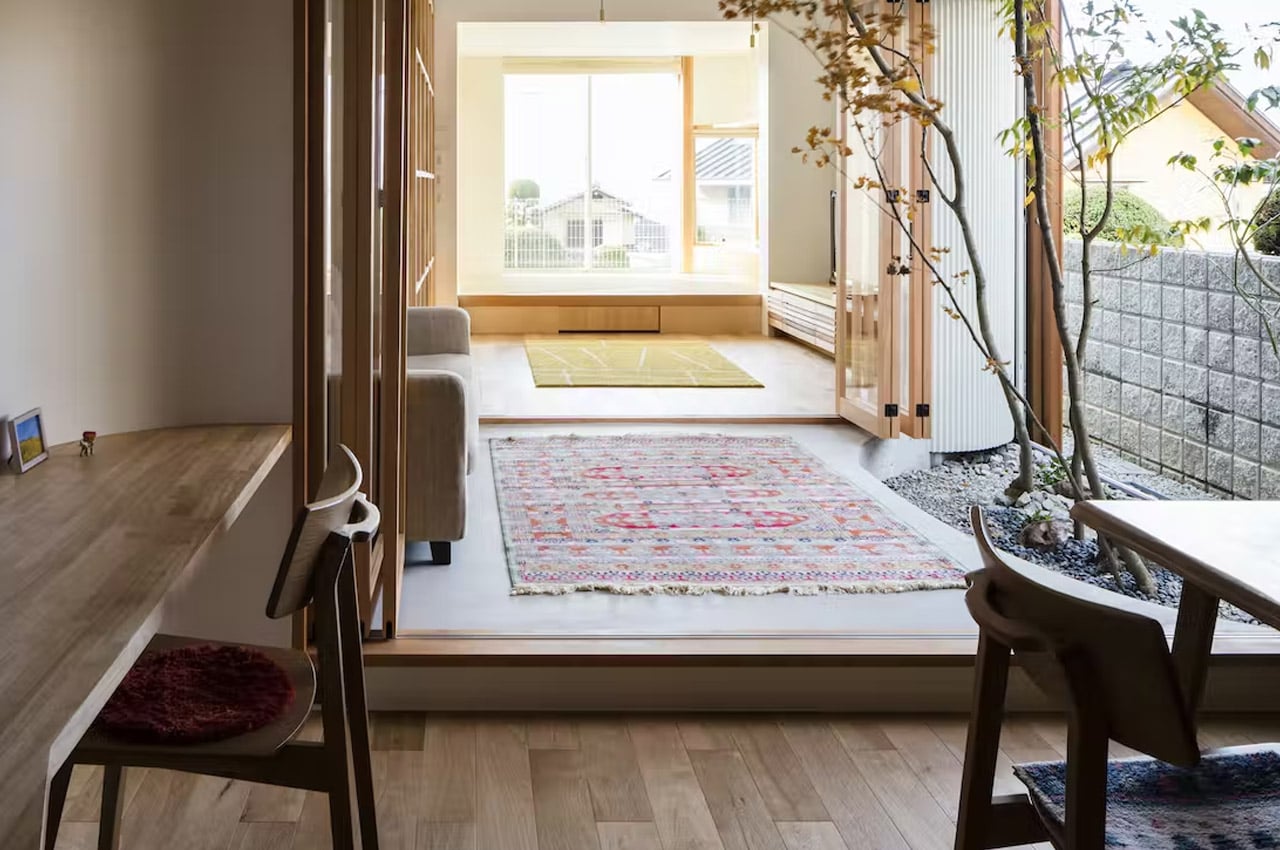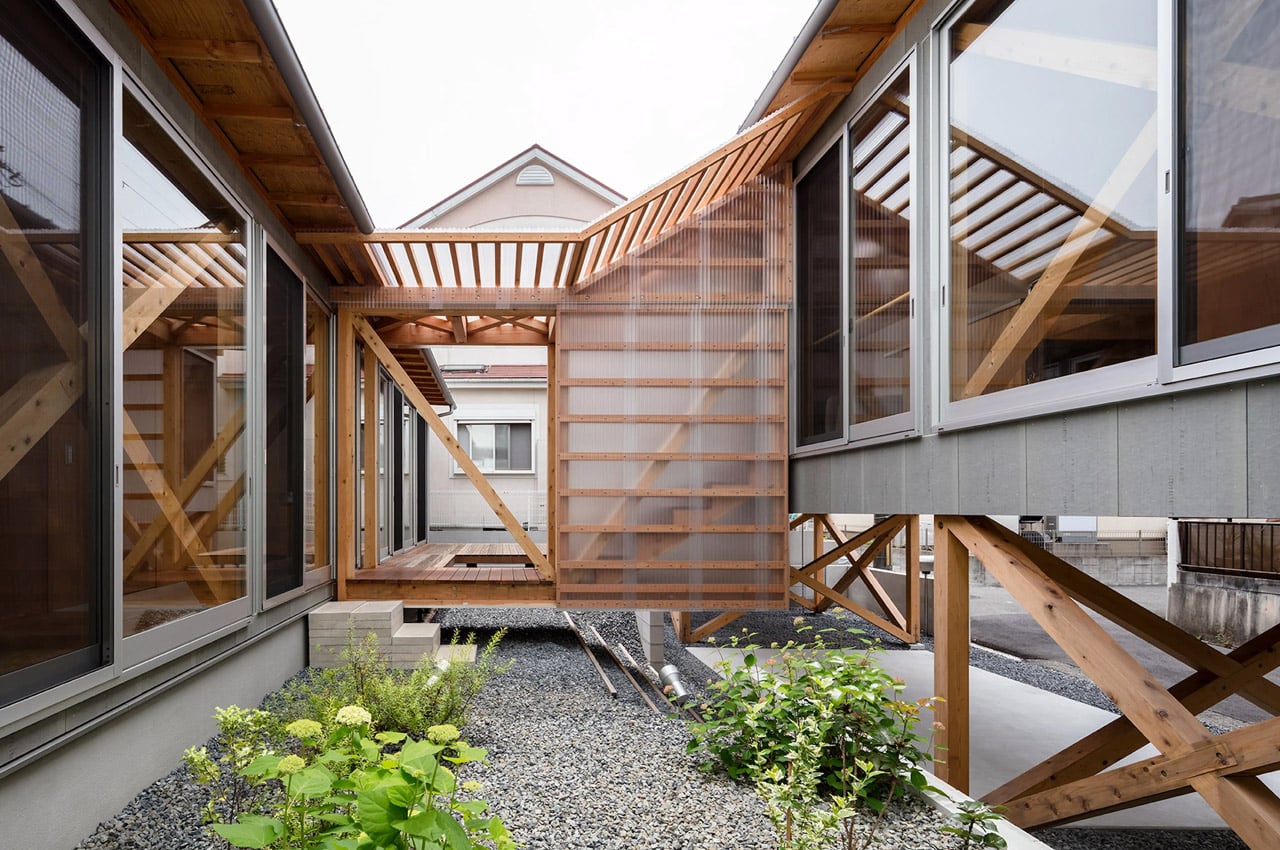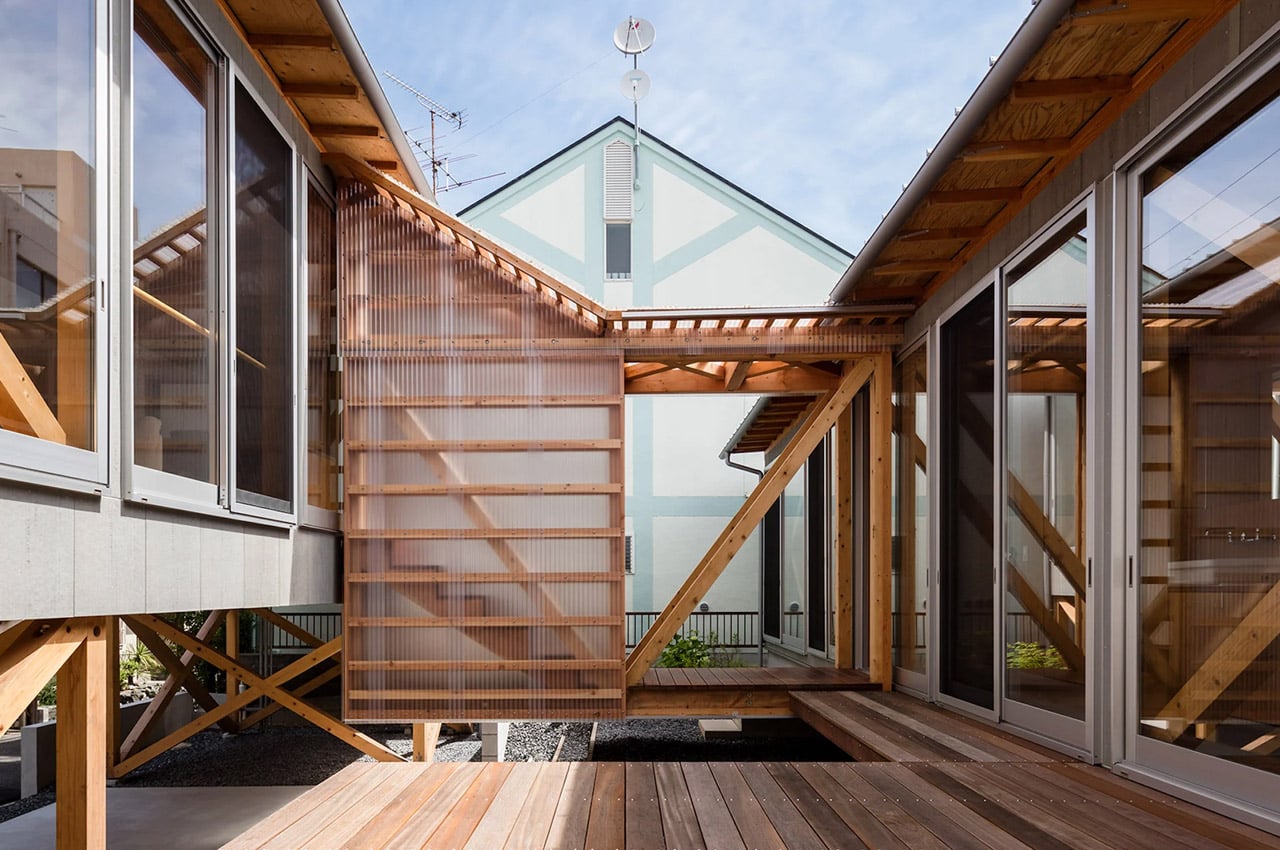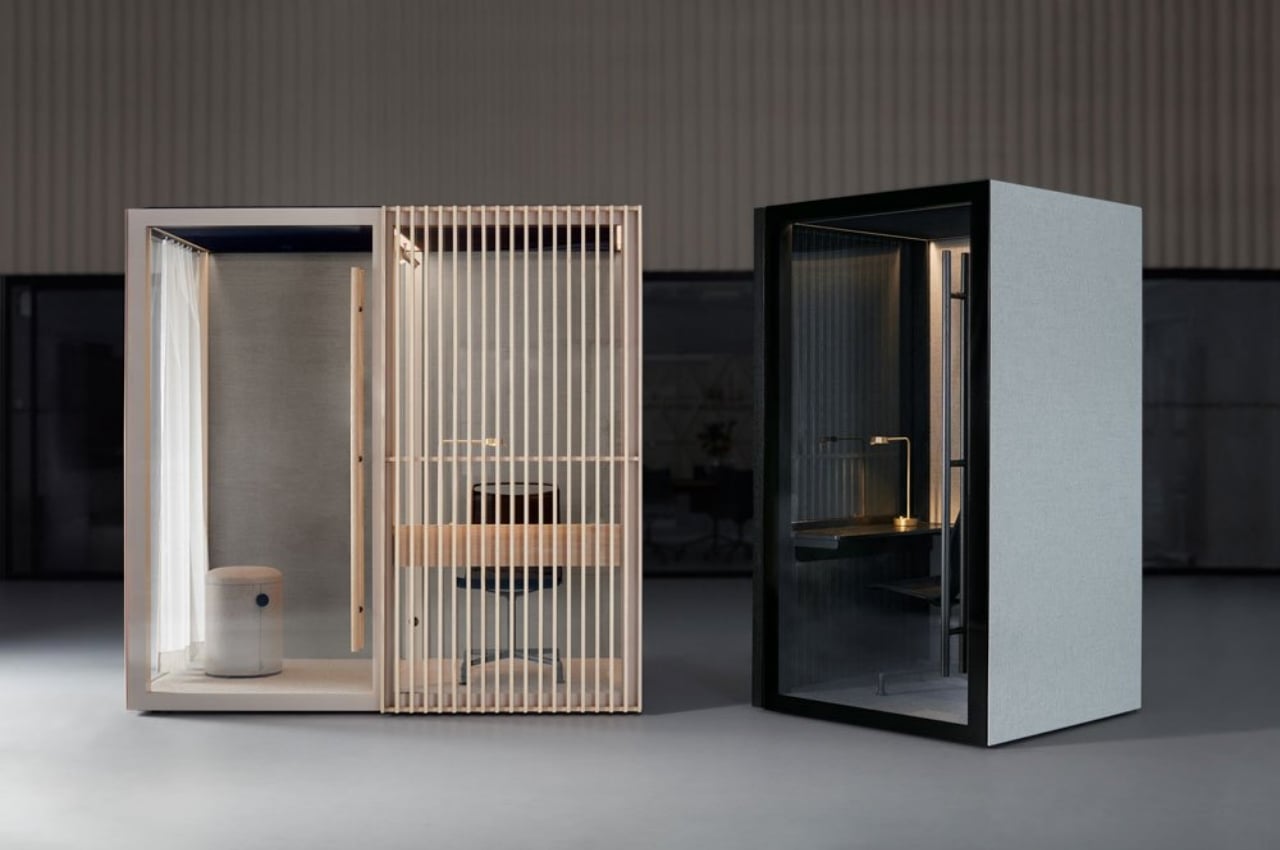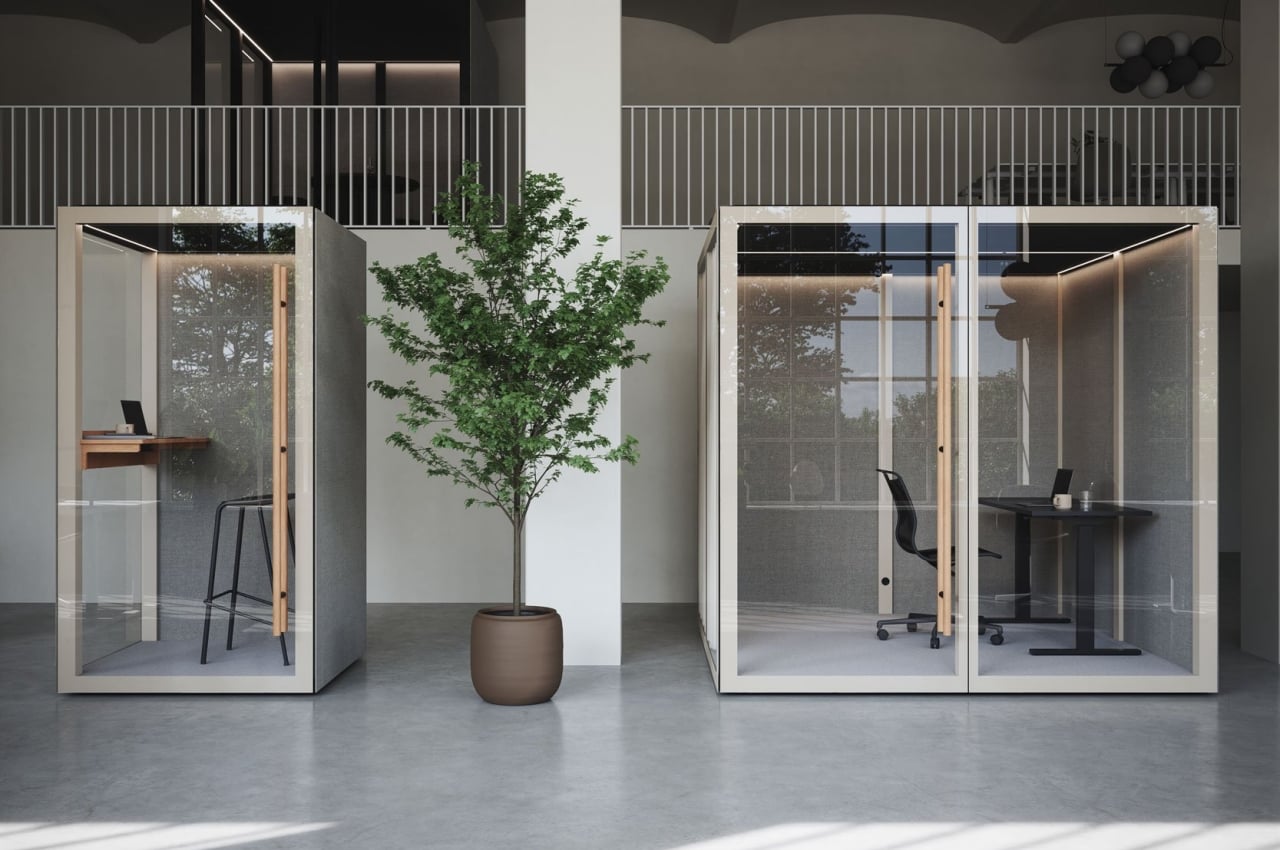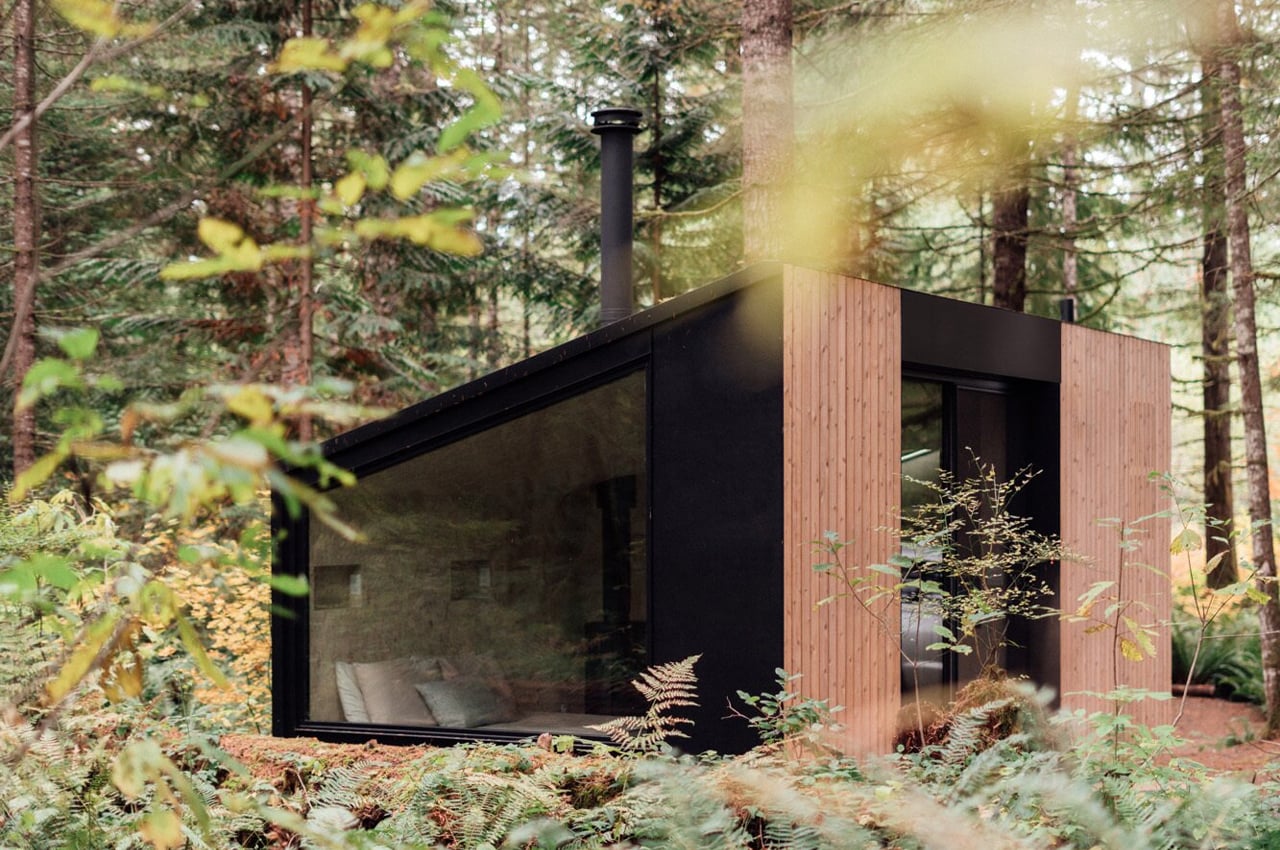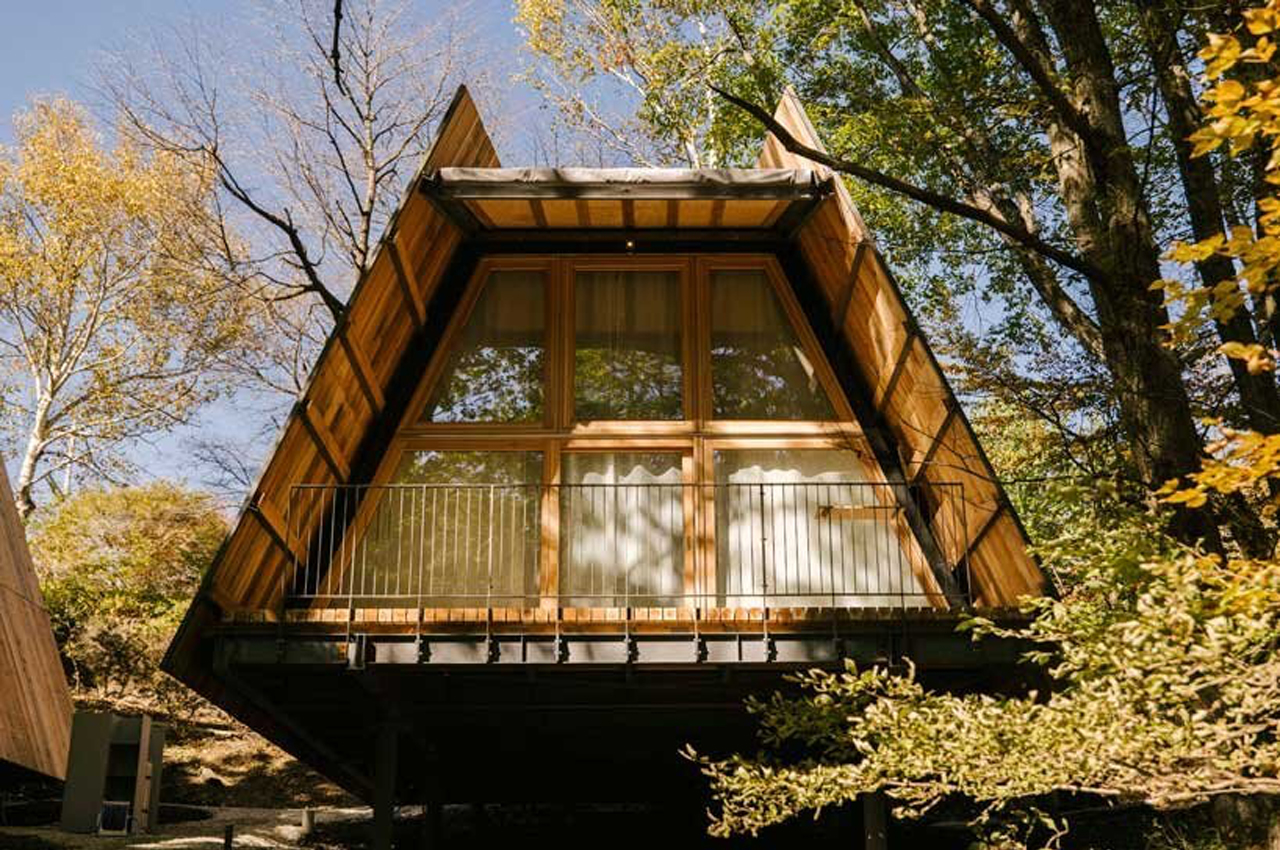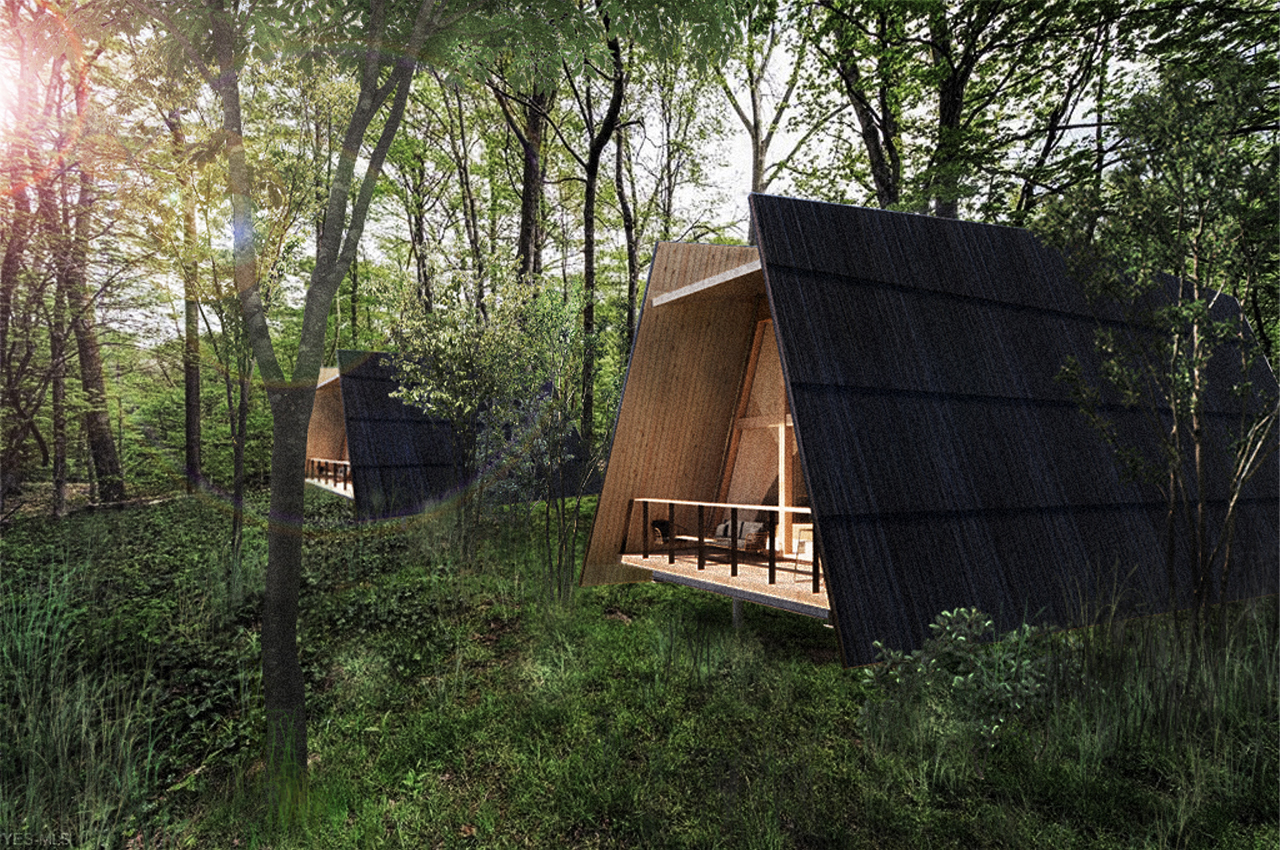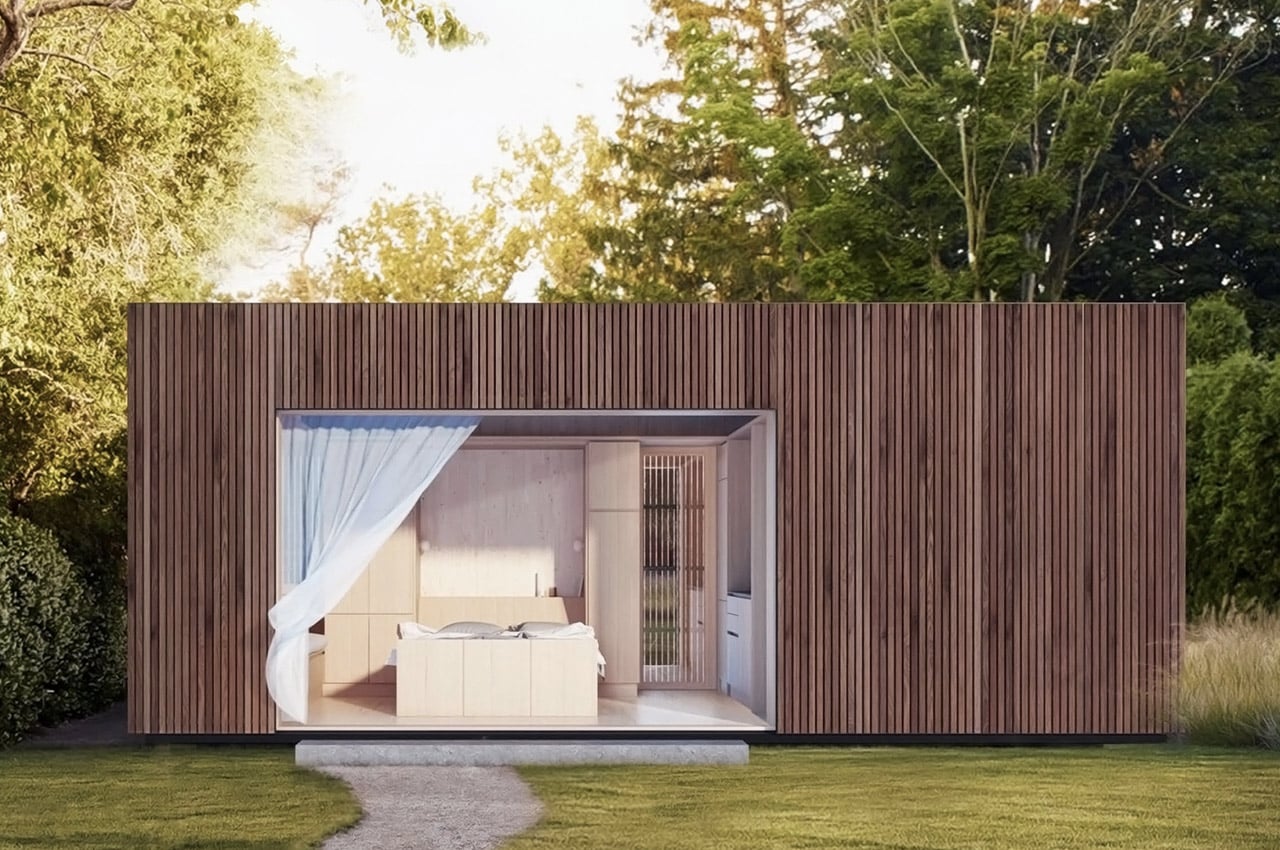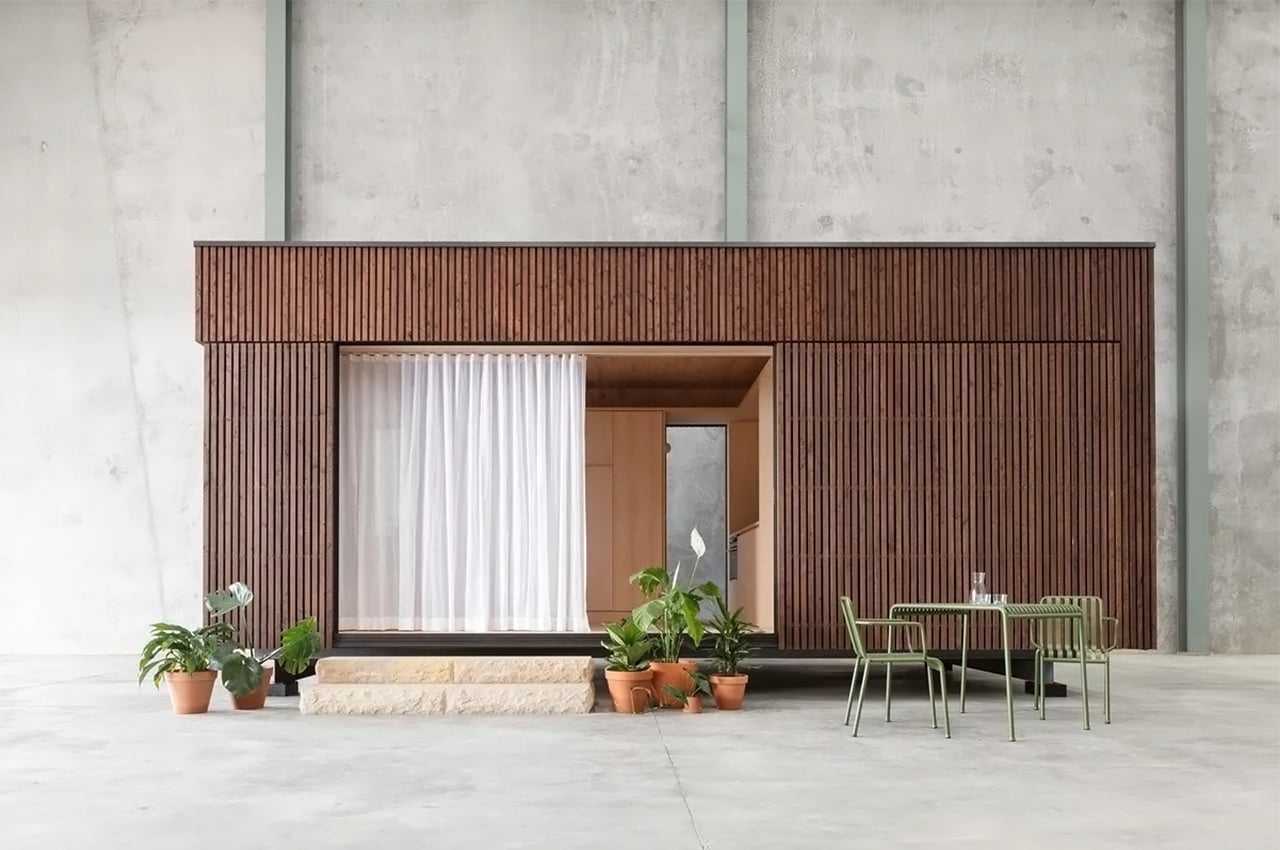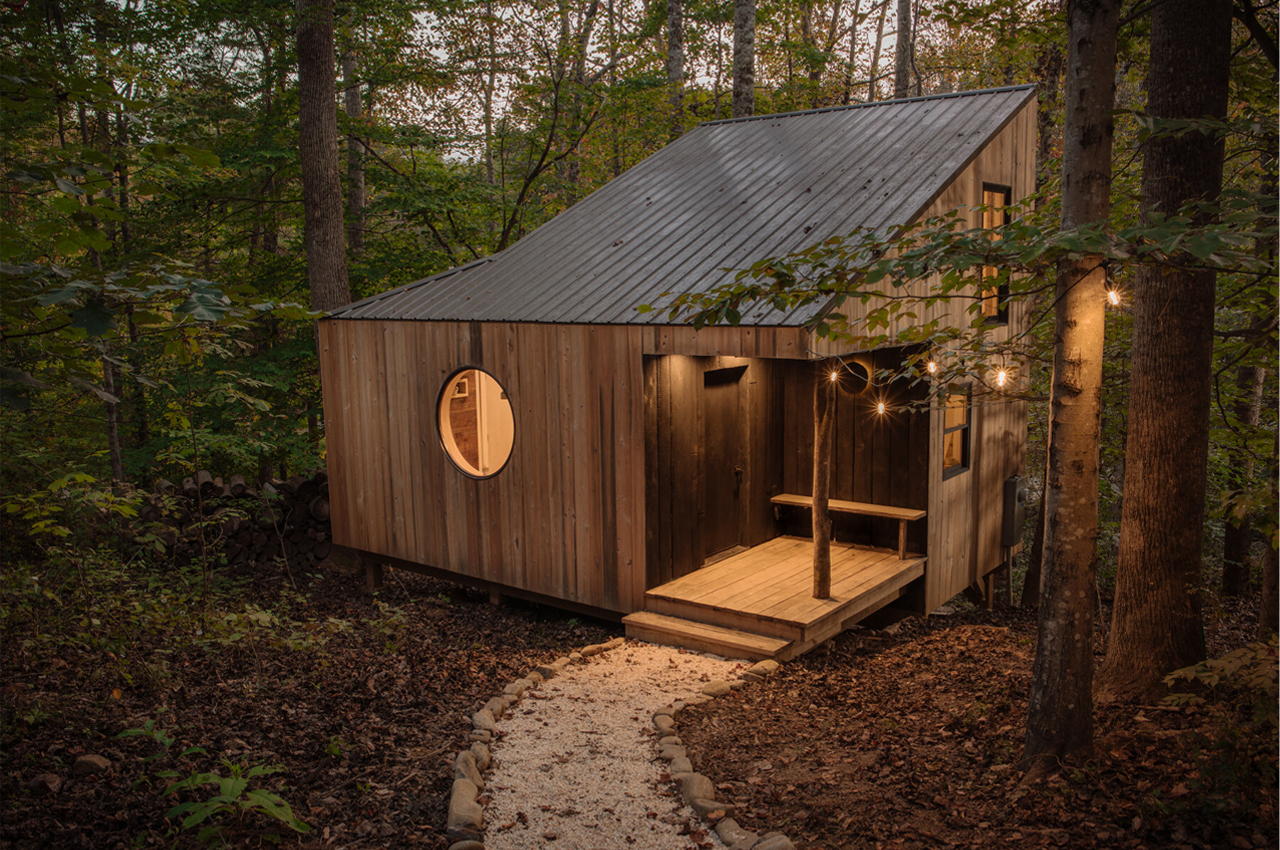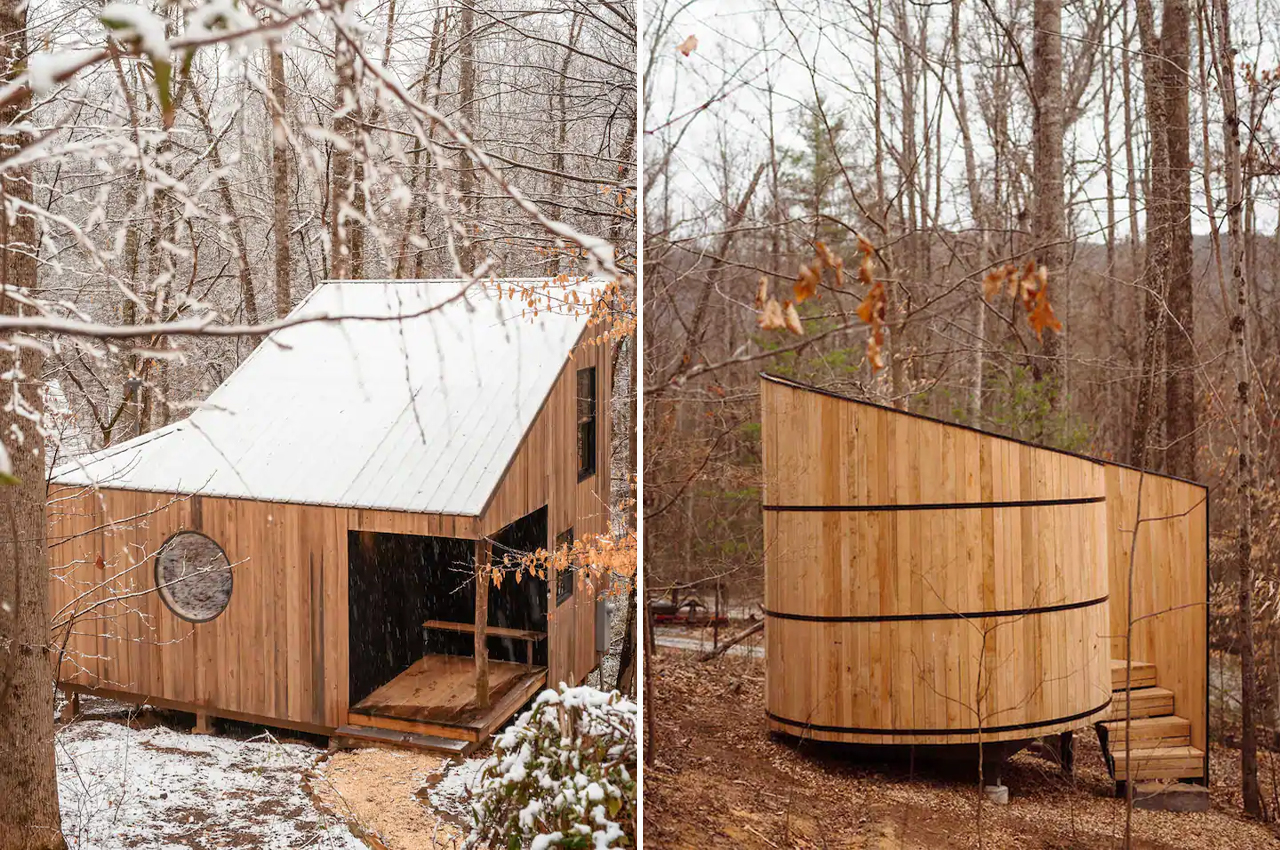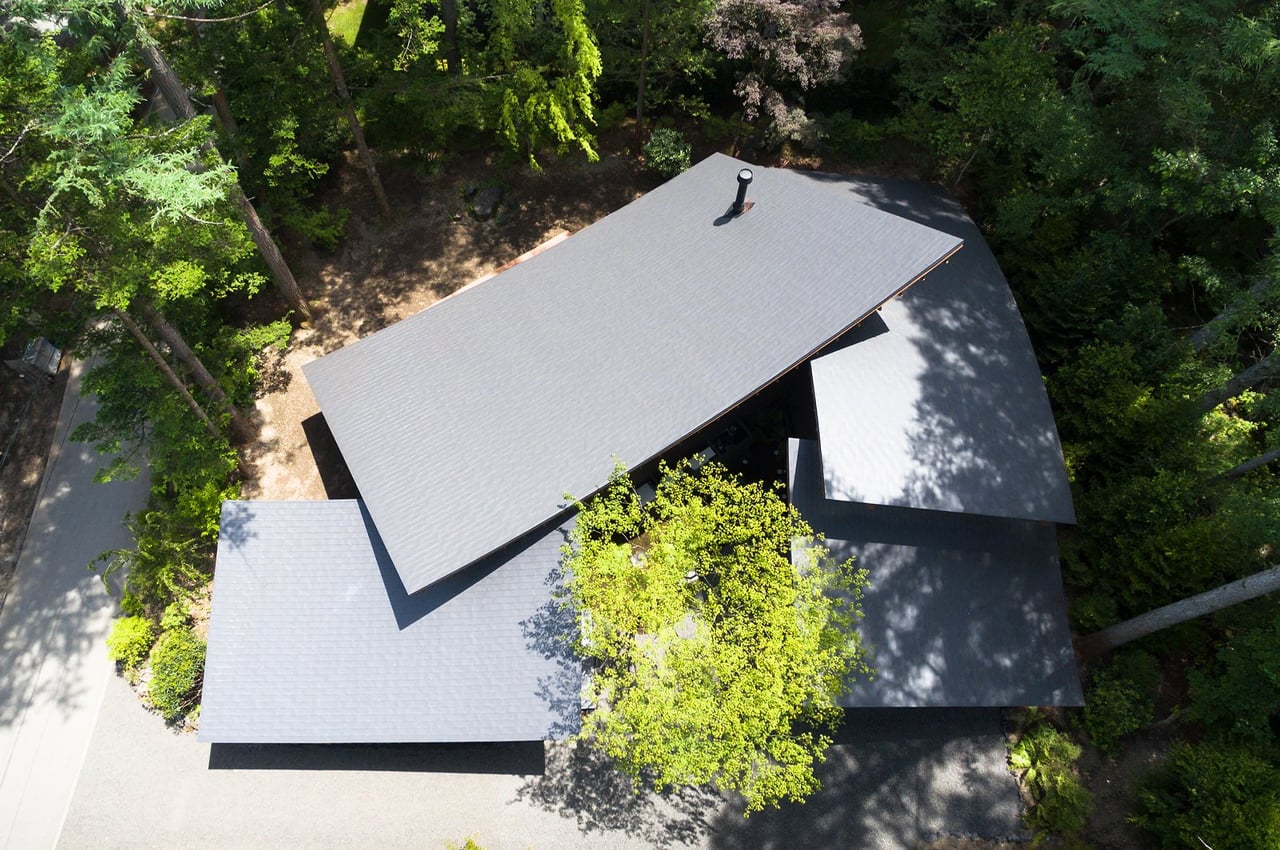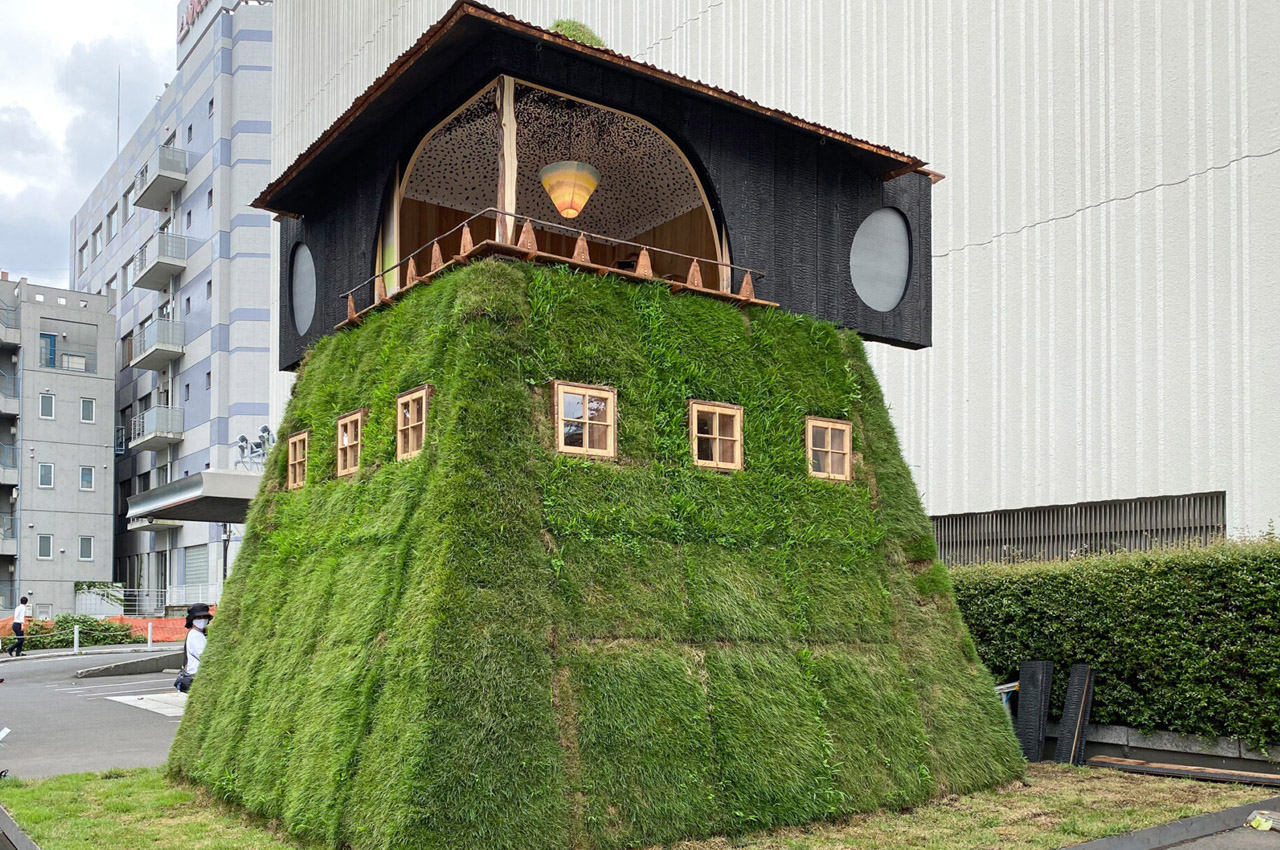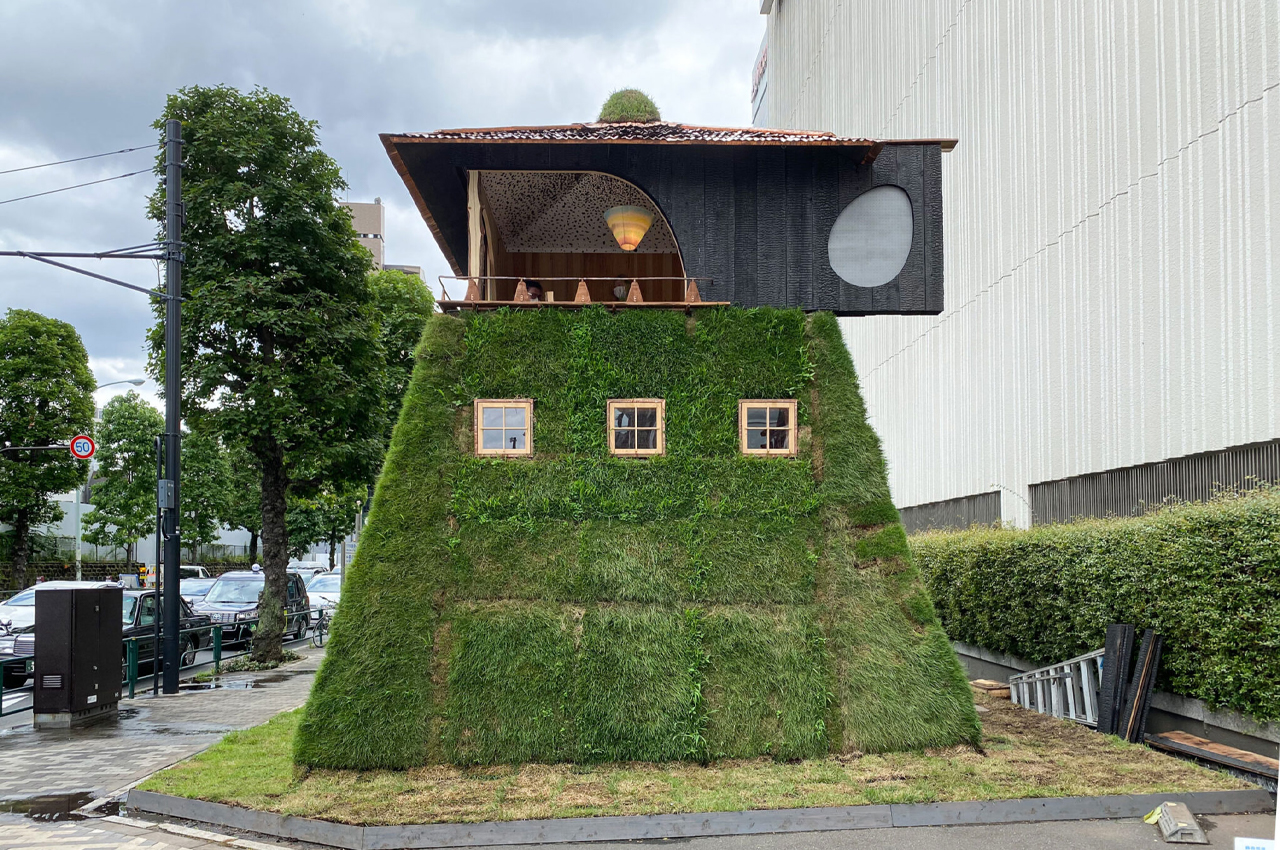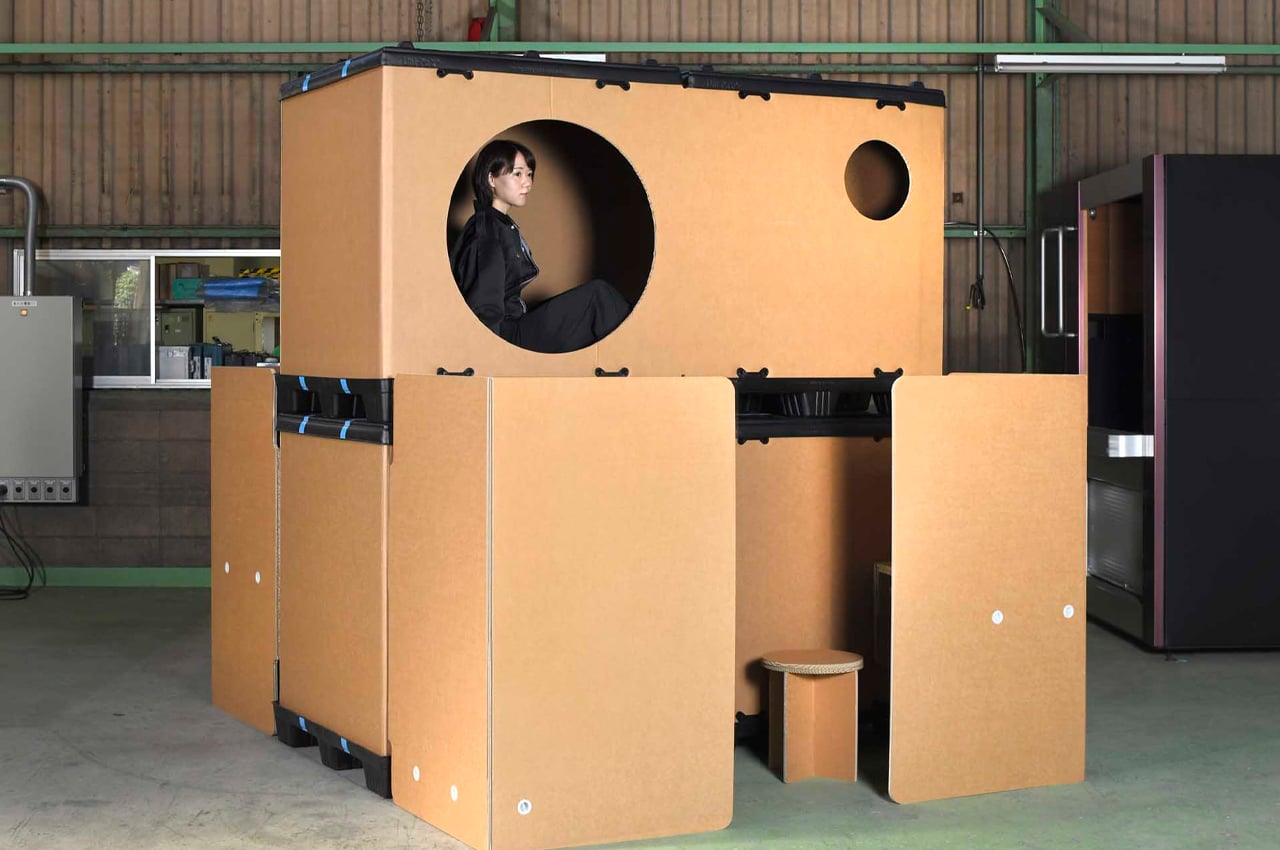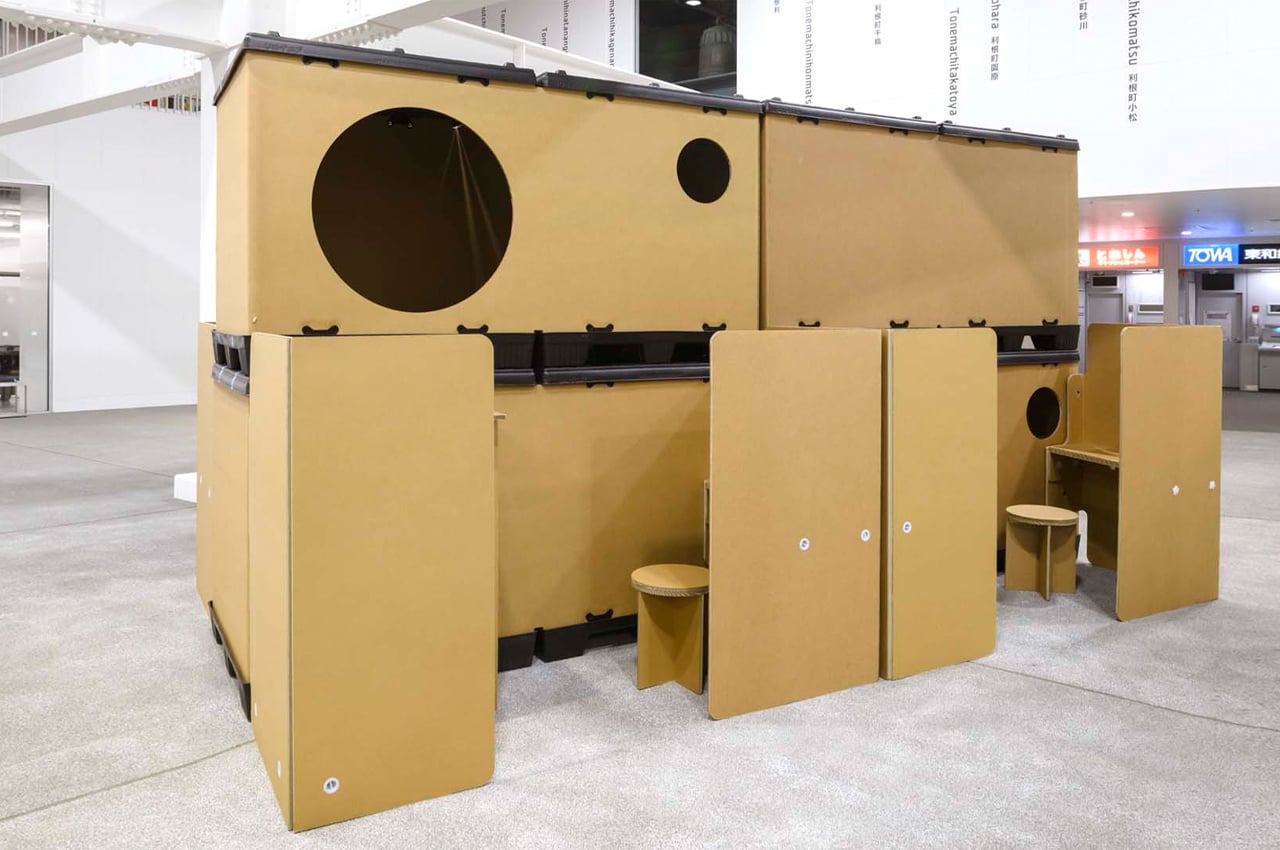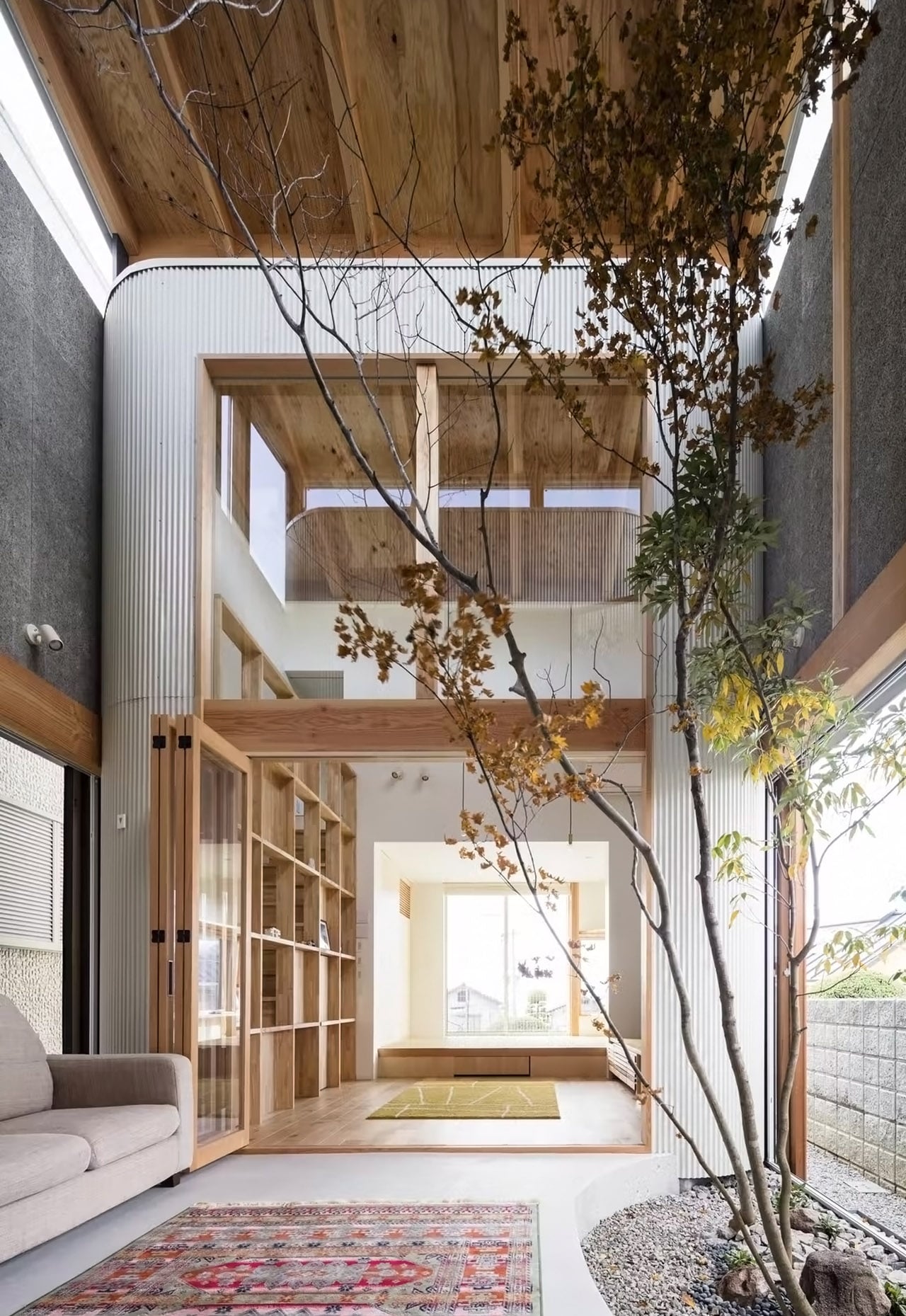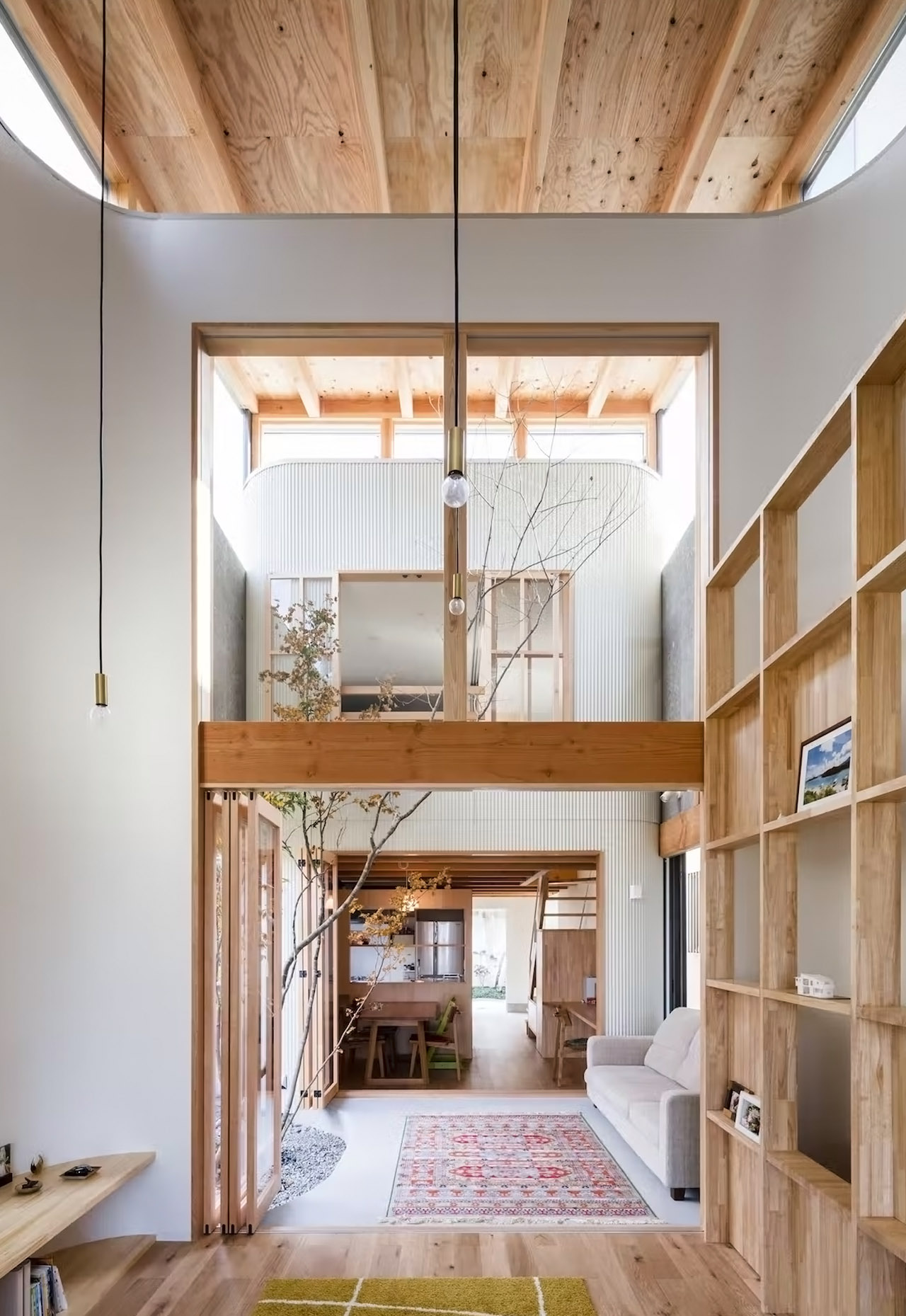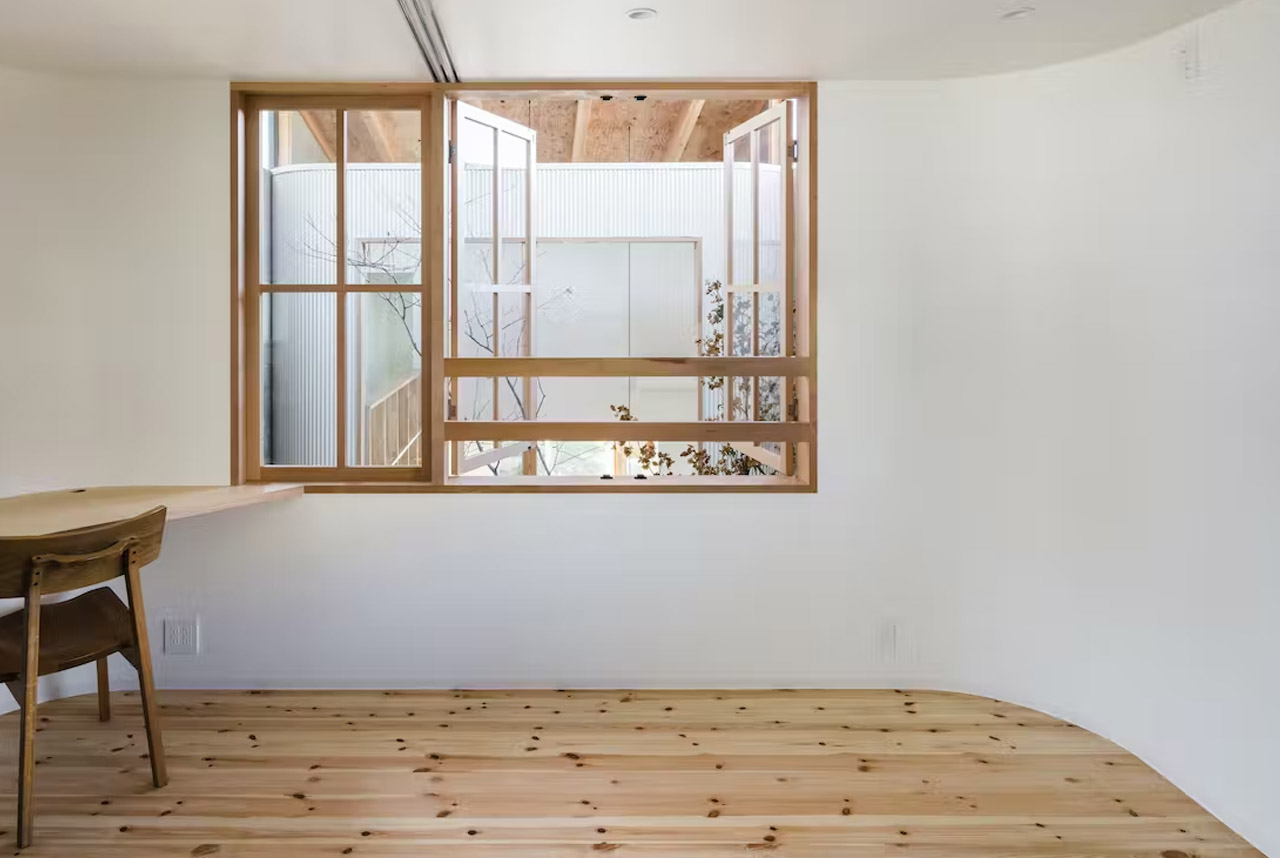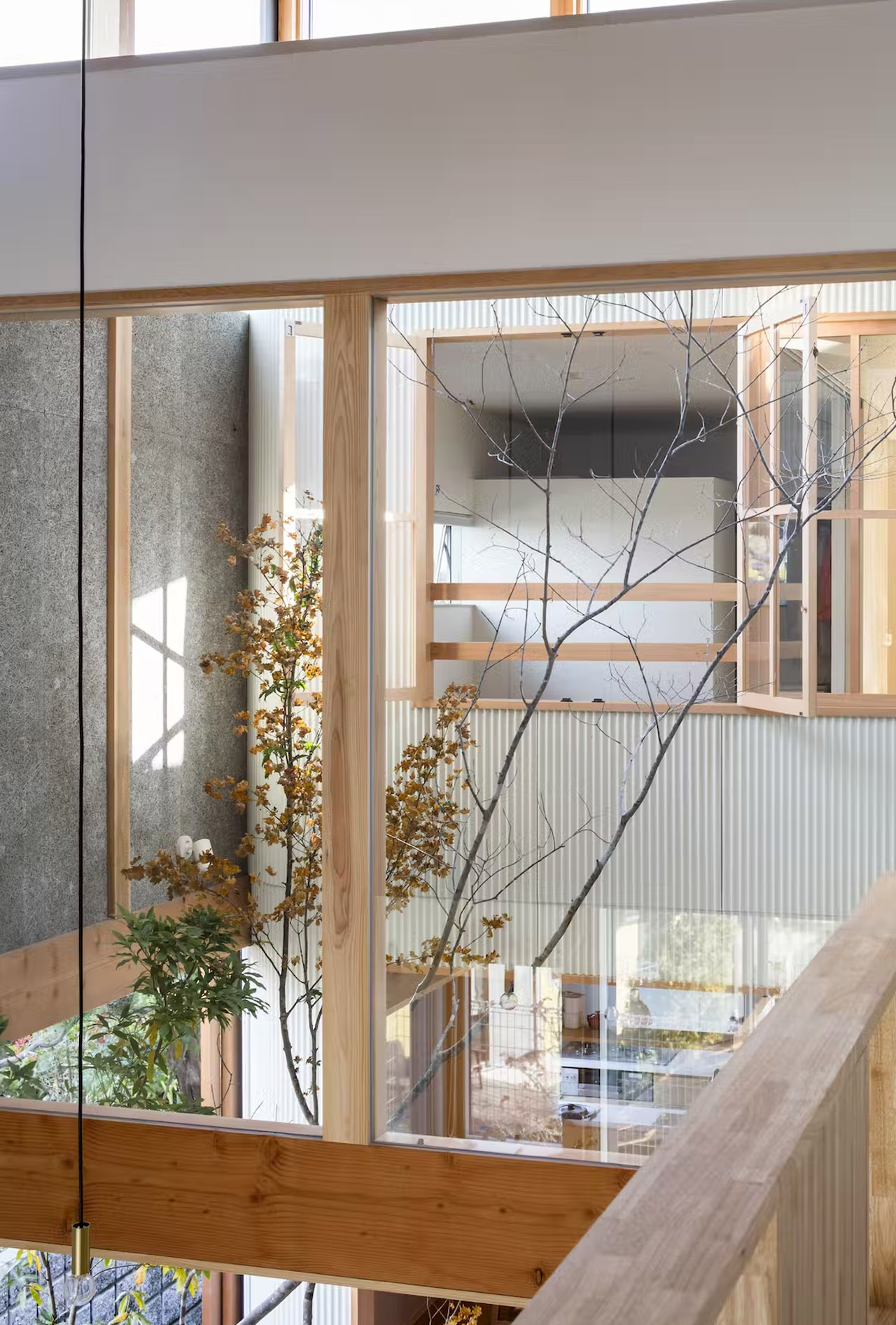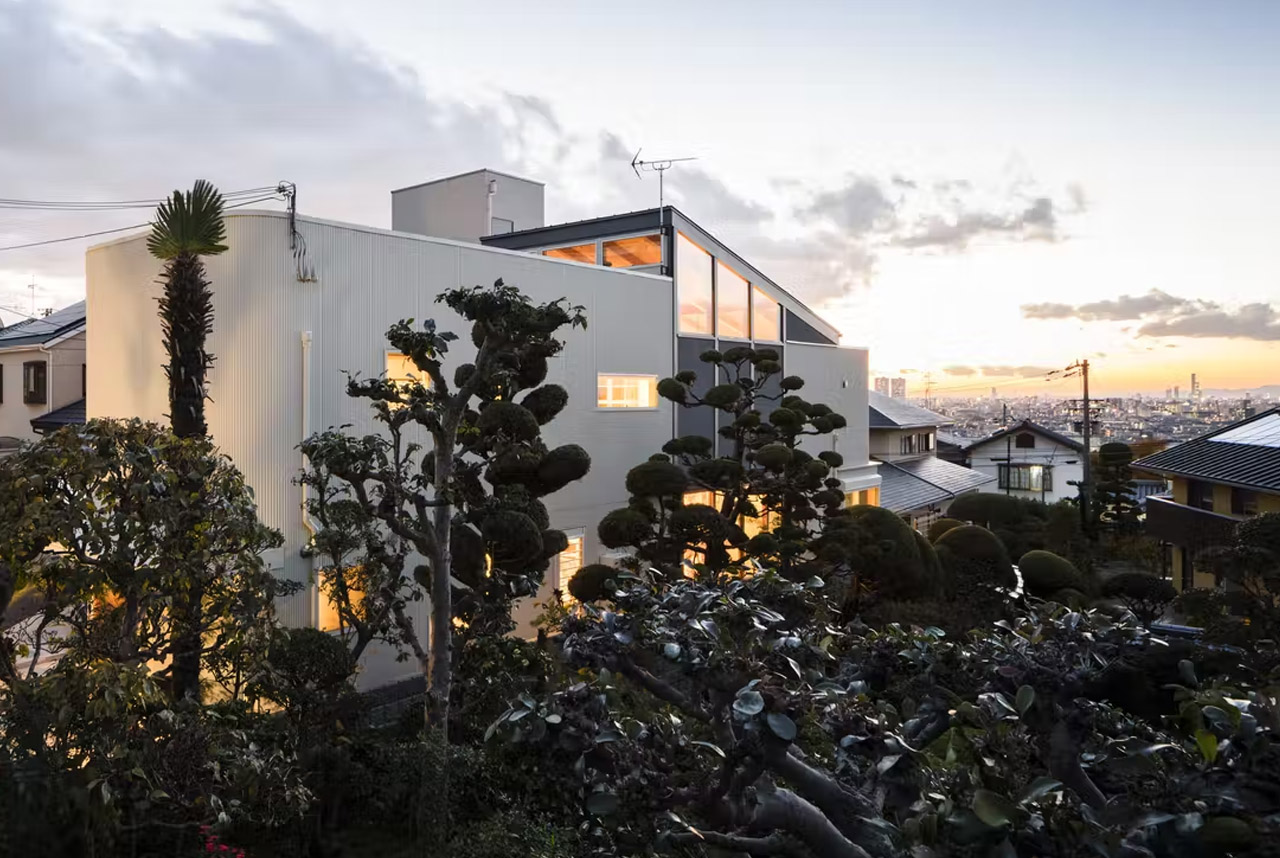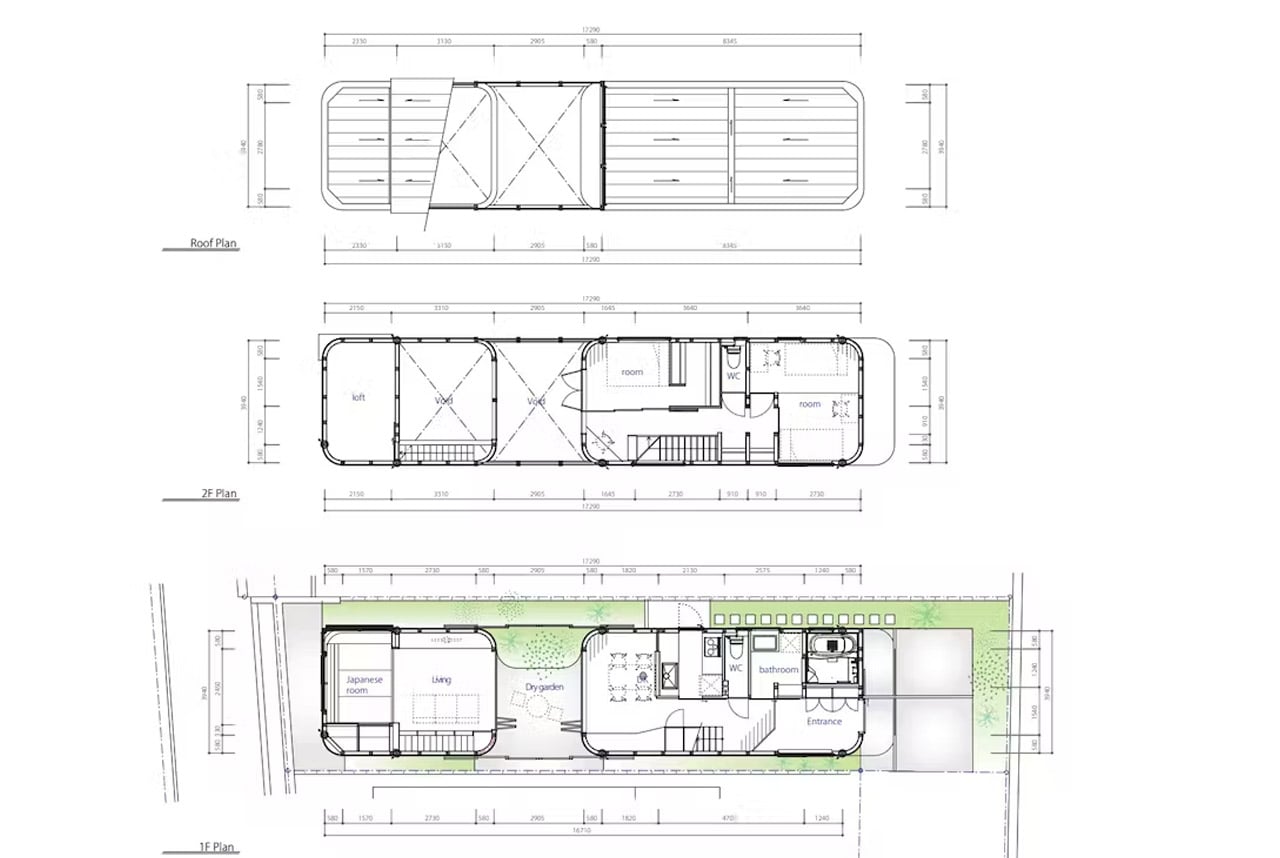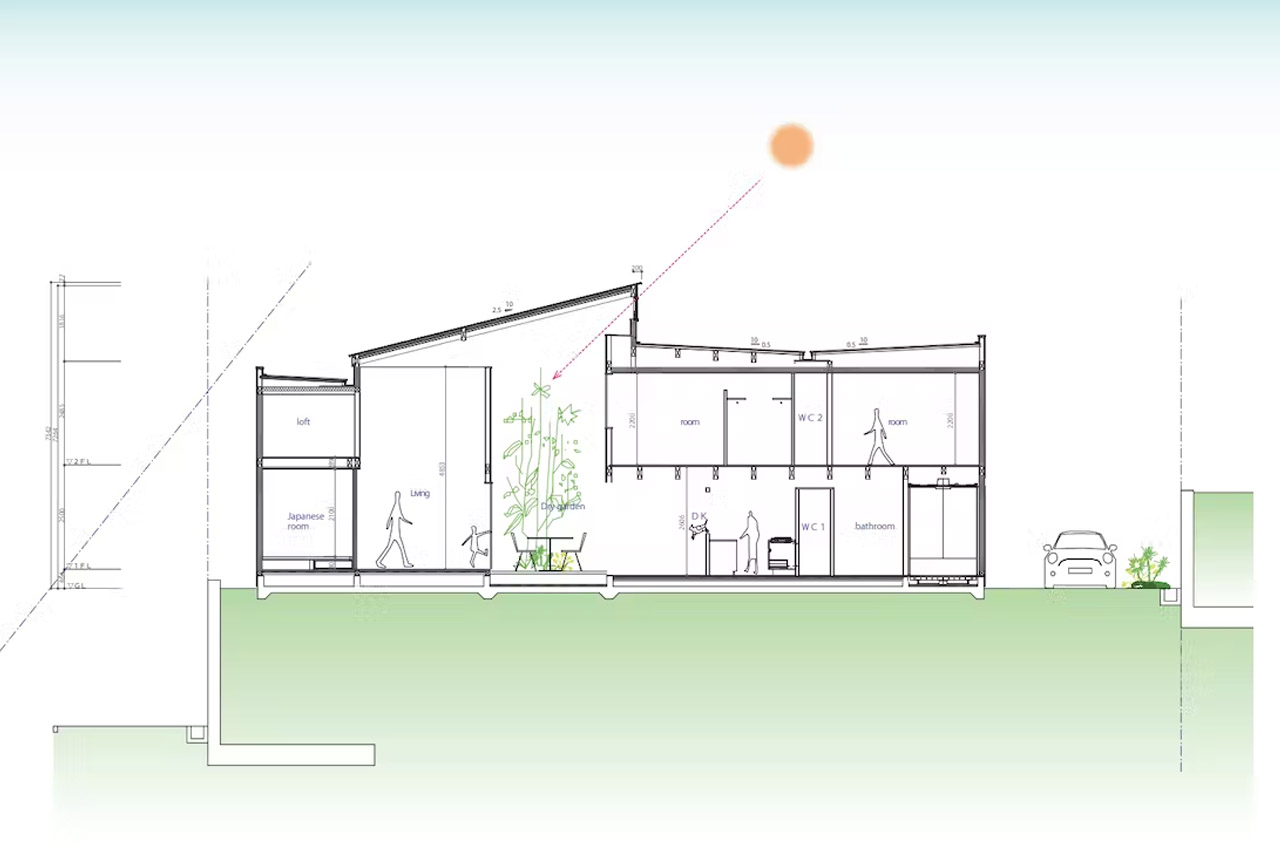
In the past couple of years, Japanese design philosophy and principles have been discovered by the rest of us, and since then they have slowly but surely taken over the world. There’s something about products with a Japanese touch that instantly makes you feel at ease. They have a sense of warmth and tranquility to them, one that spreads in the space that they’re placed into. There’s something surreal and relaxing about Japanese-inspired products, that just makes you want to introduce some minimalism into your life. And we’ve got you covered with a collection of innovative Japanese designs – from furniture to stationery! Whether you’re looking for a minimal folding knife or the latest G-Shock watch with Japanese elements – these beautifully designed products are all you need to introduce some Japanese zen and peace into your daily life!
1. The Levitating Pen
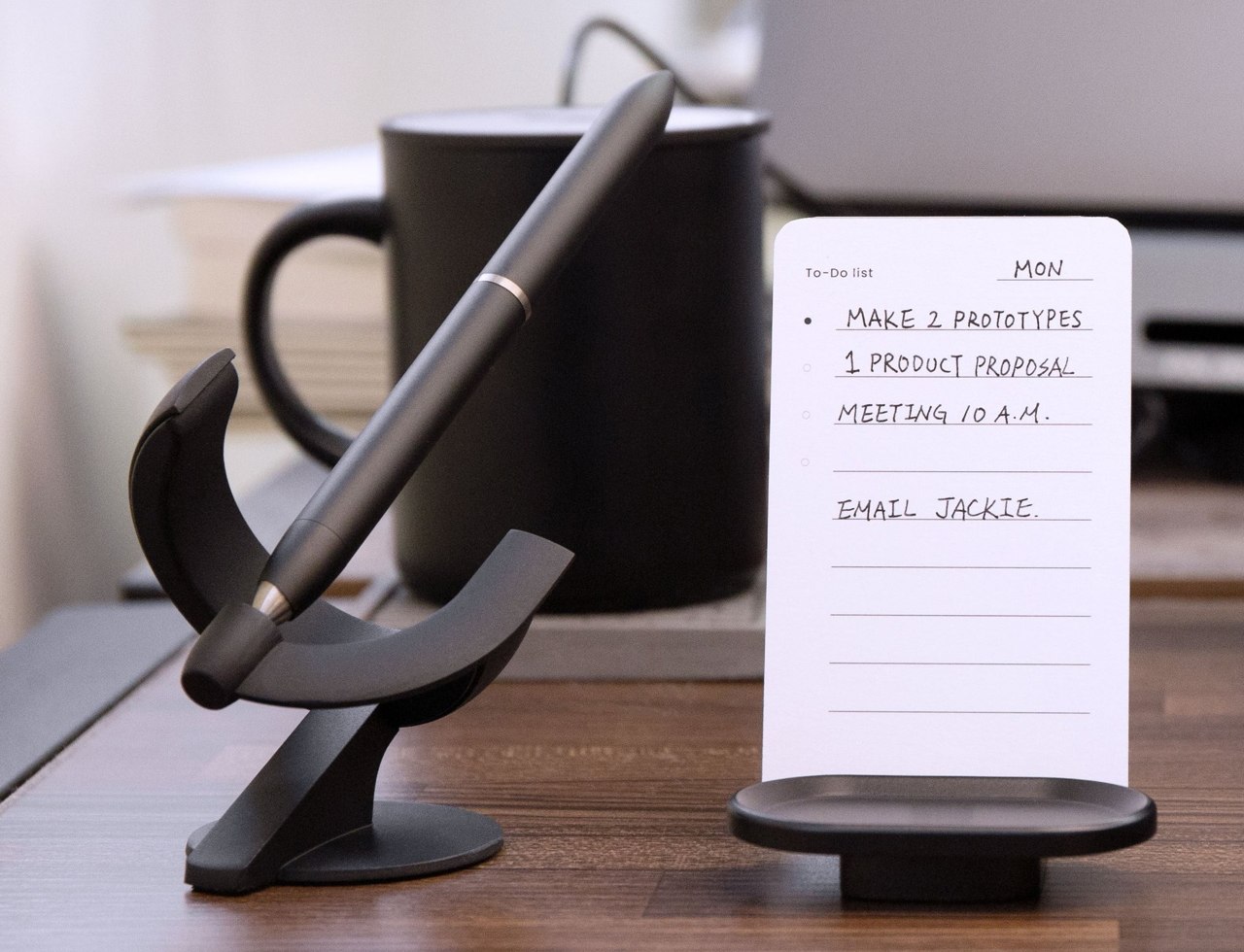
Much like its name, the Levitating Pen actually does seem to be levitating! It looks as if the pen is suspended in its holder at a 23.5-degree angle. Designed to be a grand writing instrument, the pen features a Schmidt ballpoint cartridge, which makes the pen rigid and super easy to hold and creates a smooth and luxurious writing experience. And once you take a break from writing, the pen doesn’t go back to a boring old pen stand, it goes back to levitating!
Why is it noteworthy?
When done writing, you close the pen’s magnetic cap with a satisfying click and position the pen in its holder that has been magnetized to keep the pen floating in that position. To add to the fun, a simple twist leaves the pen spinning in its place for a good 20 seconds, allowing you to interact with the pen on a whole new level!
What we like
- The pen is super fun to interact with
- Quite easy to hold and write with
- Spinning the pen in certain intervals can be a stress buster
What we dislike
- We wonder how ergonomic or comfortable would the pen be to use
2. The Oku Knife
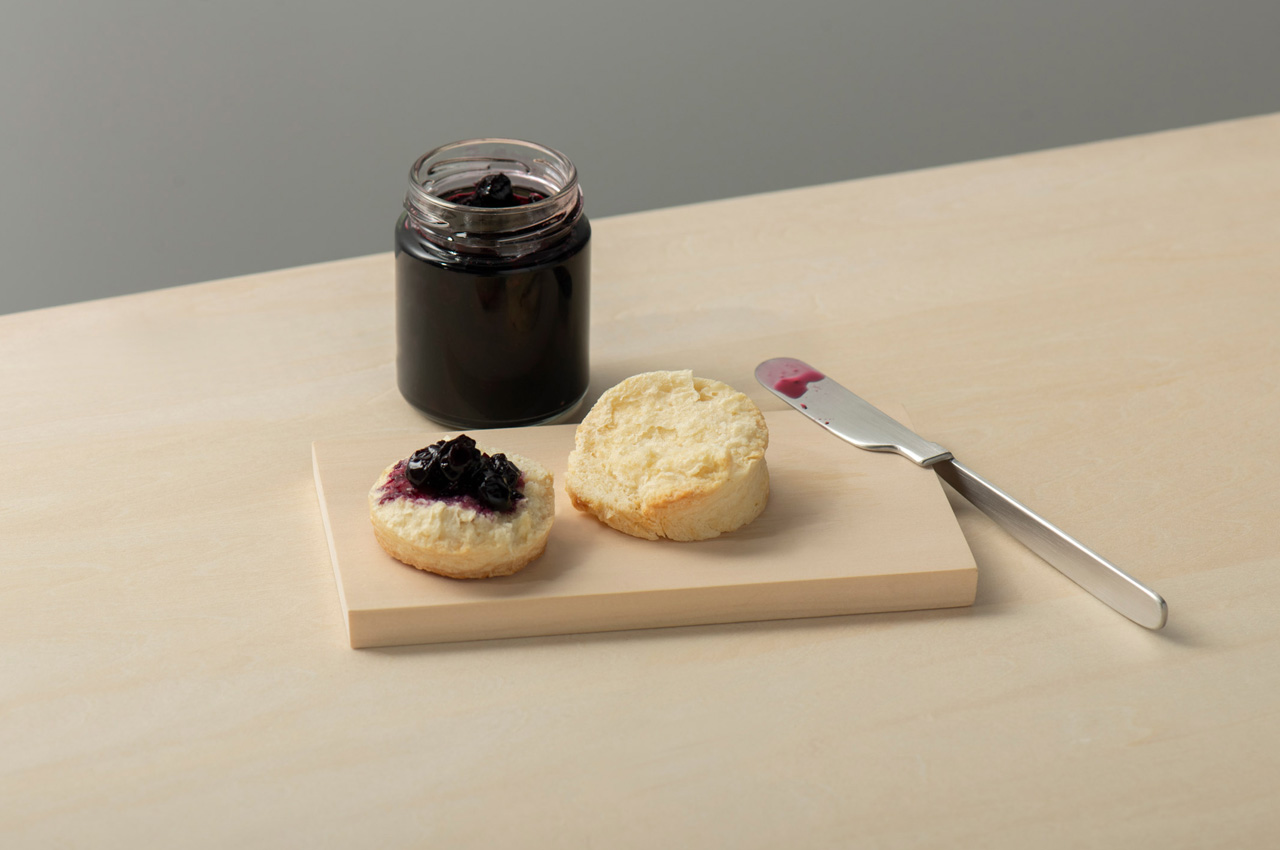
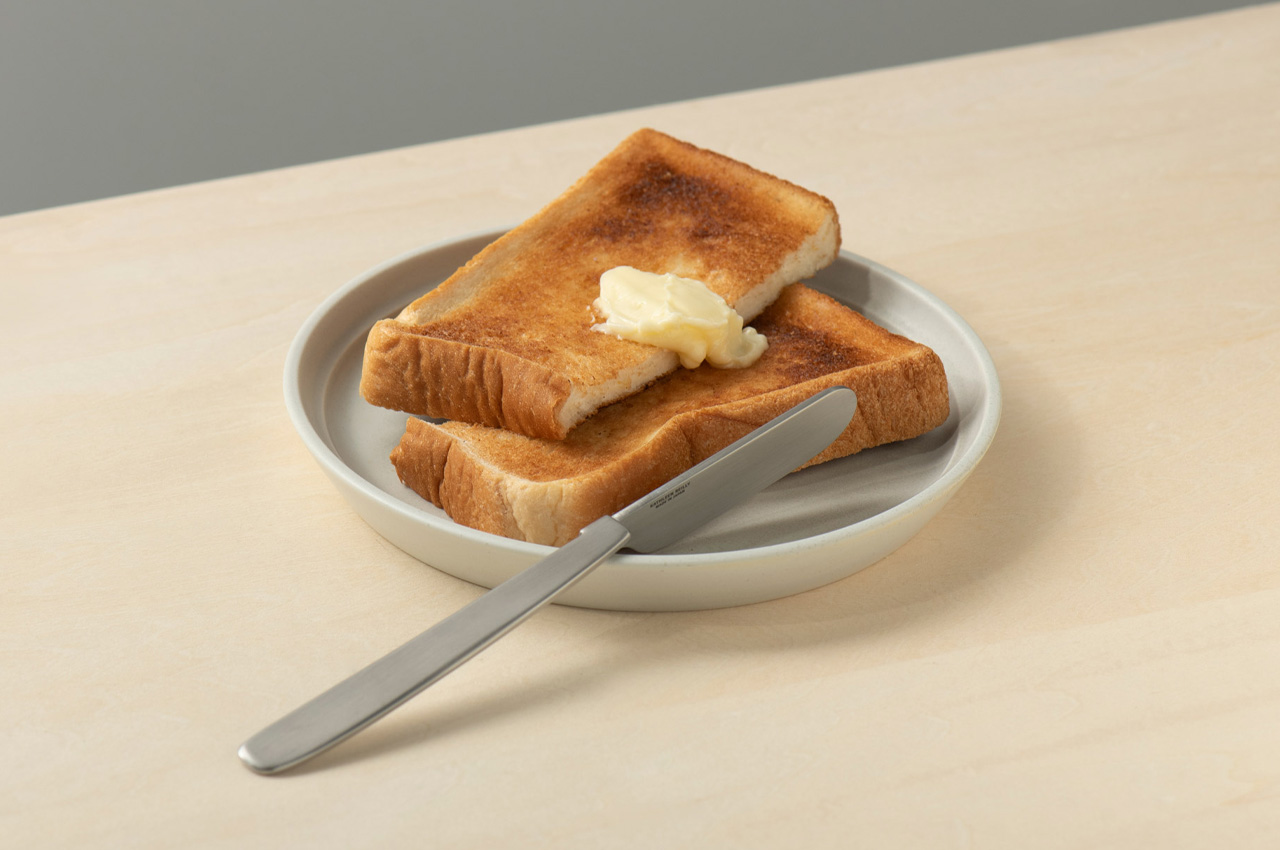
Scottish artist and metal worker Kathleen Reilly designed the ‘Oku Knife’. Inspired by Japanese table settings, the Oku knife features a rather intriguing handle that is folded 90 degrees from its blade. The design was informed by chopstick resets.
Why is it noteworthy?
Oku features a unique folded shape that lets the handle be placed on a surface, with the blade sitting perpendicularly away from that particular surface. You can even rest the knife’s blade along the edge of a cutting board or plate.
What we like
- The knife can be hooked onto the rim of a plate, creating intimacy between the two objects whilst improving cleanliness and maintaining stability
What we dislike
- The design may seem pointless or unnecessary to some people
3. The Spectrum Workstation Round ST160
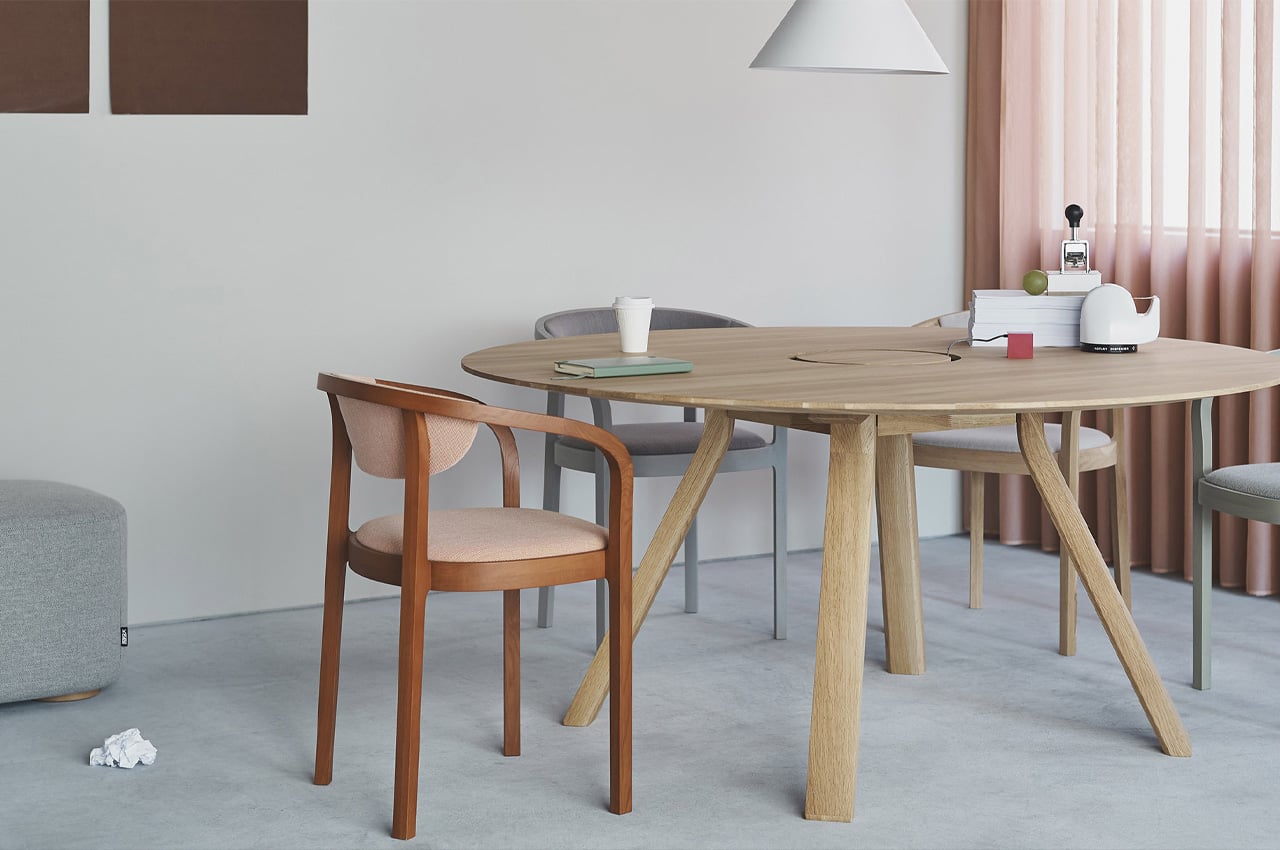
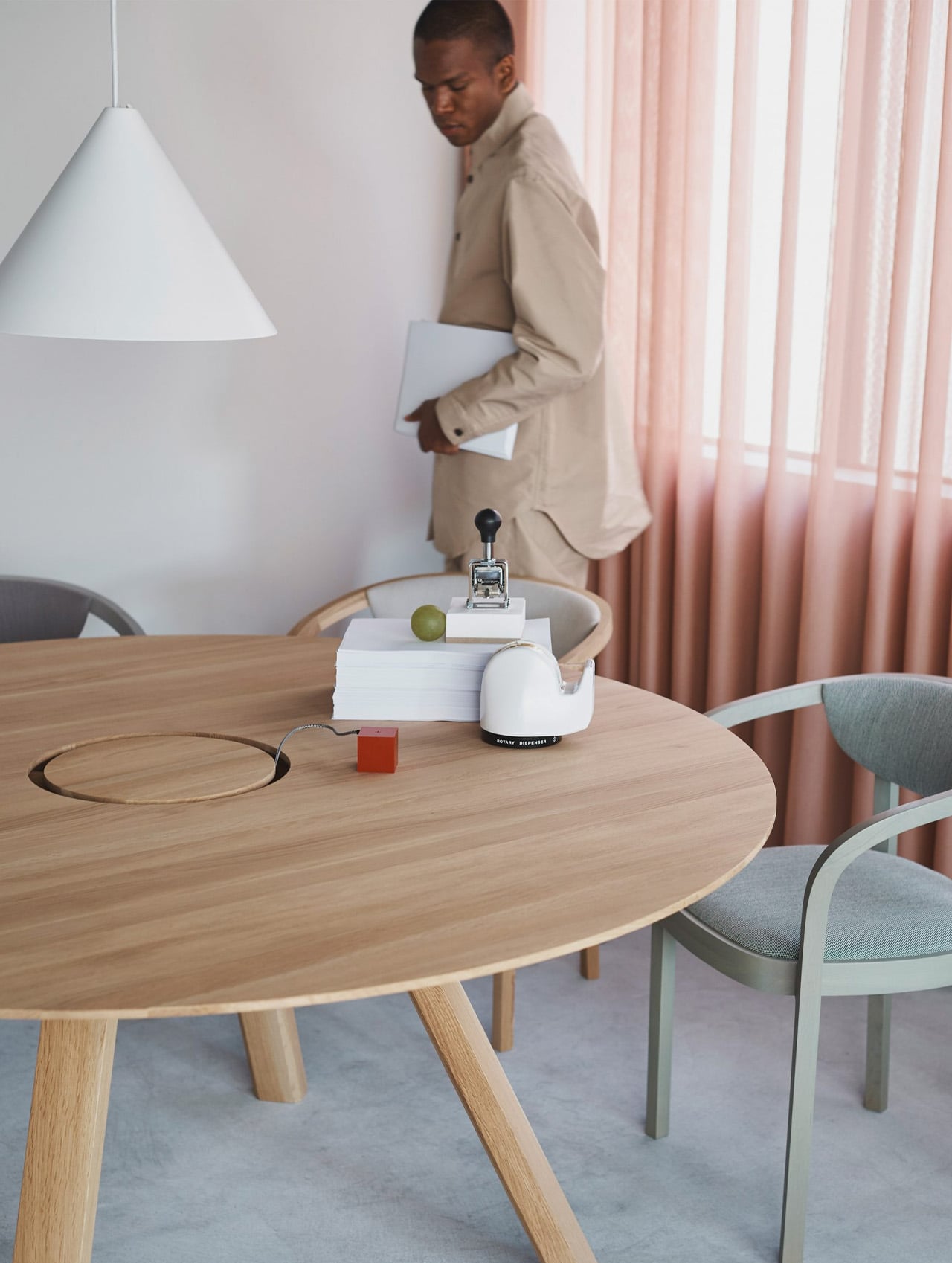
Studio Geckeler Michels designed the Spectrum Workstation Round ST160 for Karimoku New Standard. Karimoku New Standard is an offshoot of Karimoku. It was founded to easily combine the brand’s craftsmanship with design studios around the world. The studio designed the minimal workstation to bring a semblance of calm and tranquility to our hectic workspaces.
Why is it noteworthy?
The station perfectly embodies Japanese craftsmanship and German design, in an attempt to merge stunning aesthetics with efficiency and functionality. It has been crafted from solid Japanese oak wood and is designed to support a flexible and dynamic style of working.
What we like
- Works well for both home and corporate offices
- The workstation can seat up to six people quite comfortably, so it’s also great to sit together and interact and collaborate
What we dislike
- Looks a bit like a dining table
4. The Furoshiki Denim Bag
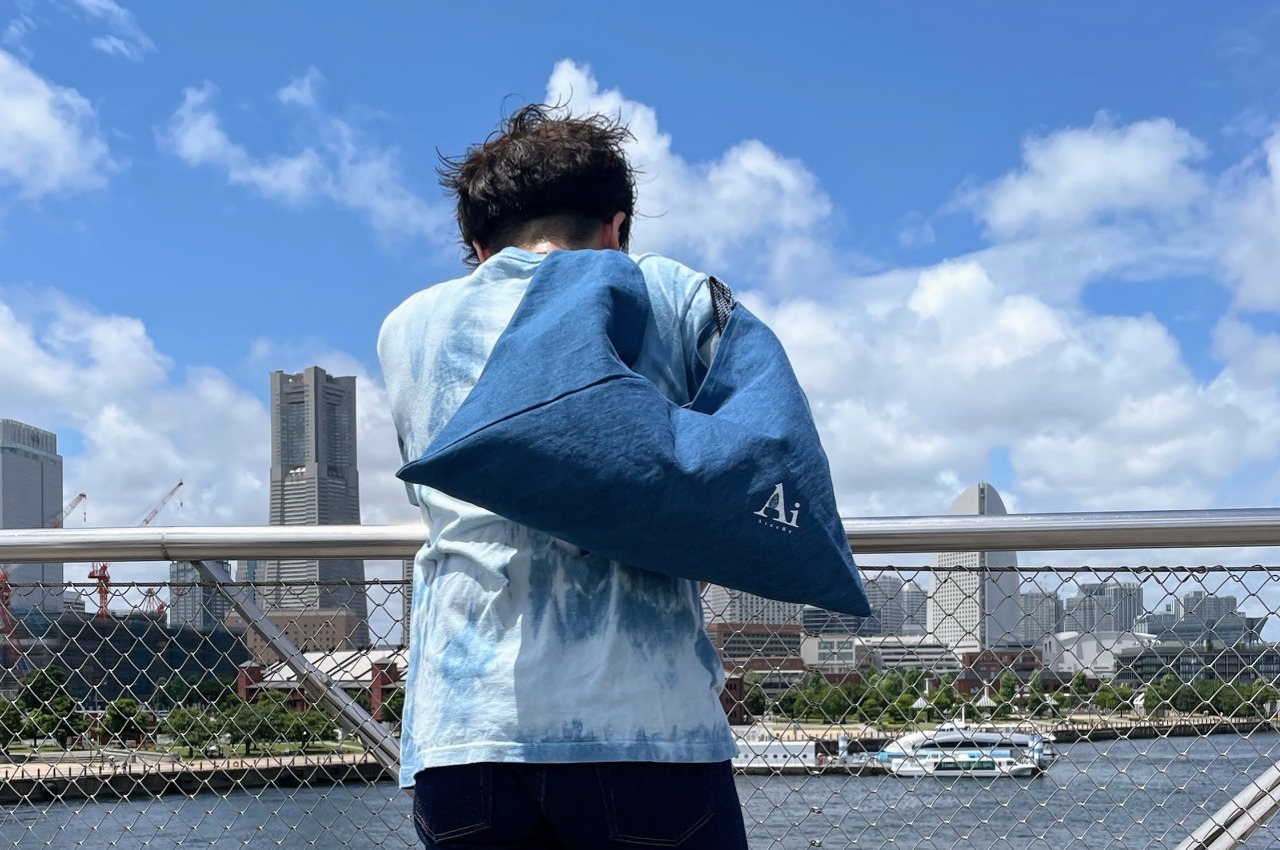

Blue Ainery’s Furoshiki denim bag was created by using the traditional dyeing and weaving methods of Japan. The compact fashion storage accessory pays tribute to the history and tradition of Japan, which many still follow and apply even today. The bag is an example of how the hard-earned lessons of the past can be used to make something beautiful and sustainable in the present.
Why is it noteworthy?
Almost everything about the Furoshiki denim bag is a nod to Japan’s past culture, design, and fashion. The term “furoshiki” itself is a reference to the traditional Japanese wrapping of cloths for goods, bento boxes, and informal gifts. When worn as a bag, the Furoshiki looks more like an “Azuma Fukuro” that predated today’s modern tote bags by about four centuries
What we like
- It has a minimalist charm to it
- Its uncomplicated shape leaves enough room for plenty of items inside
- Utilizes traditional Japanese methods and techniques
What we dislike
- The design might seem basic and old-fashioned to some
5. The G-B001 Line


G-Shock recently added the G-B001 line to their collection. It features the double bezel Capsule Tough features, and these removable bezels are crafted from stainless steel and urethane. It also boasts a resin case and a sturdy structure that has been reinforced with Carbon Core Guard.
Why is it noteworthy?
The capsule design is inspired by those toy capsules that you get in vending machines in Japan you never know what is inside them until you actually open them.
What we like
- The detachable bezels for all these models of the G-B001 let you play around with the watch’s look
What we dislike
- It’s only available in Japan for now
6. The Japanese Paper Memo Block
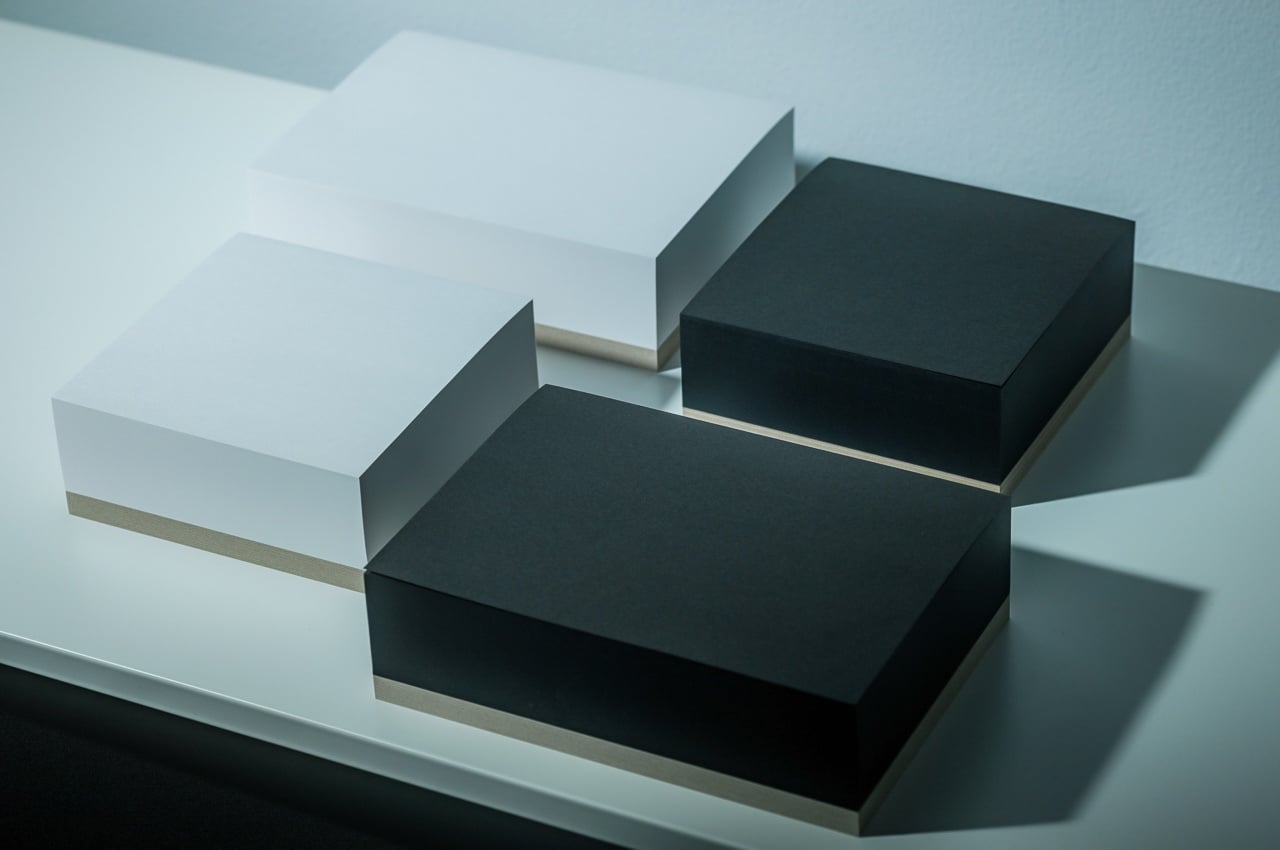
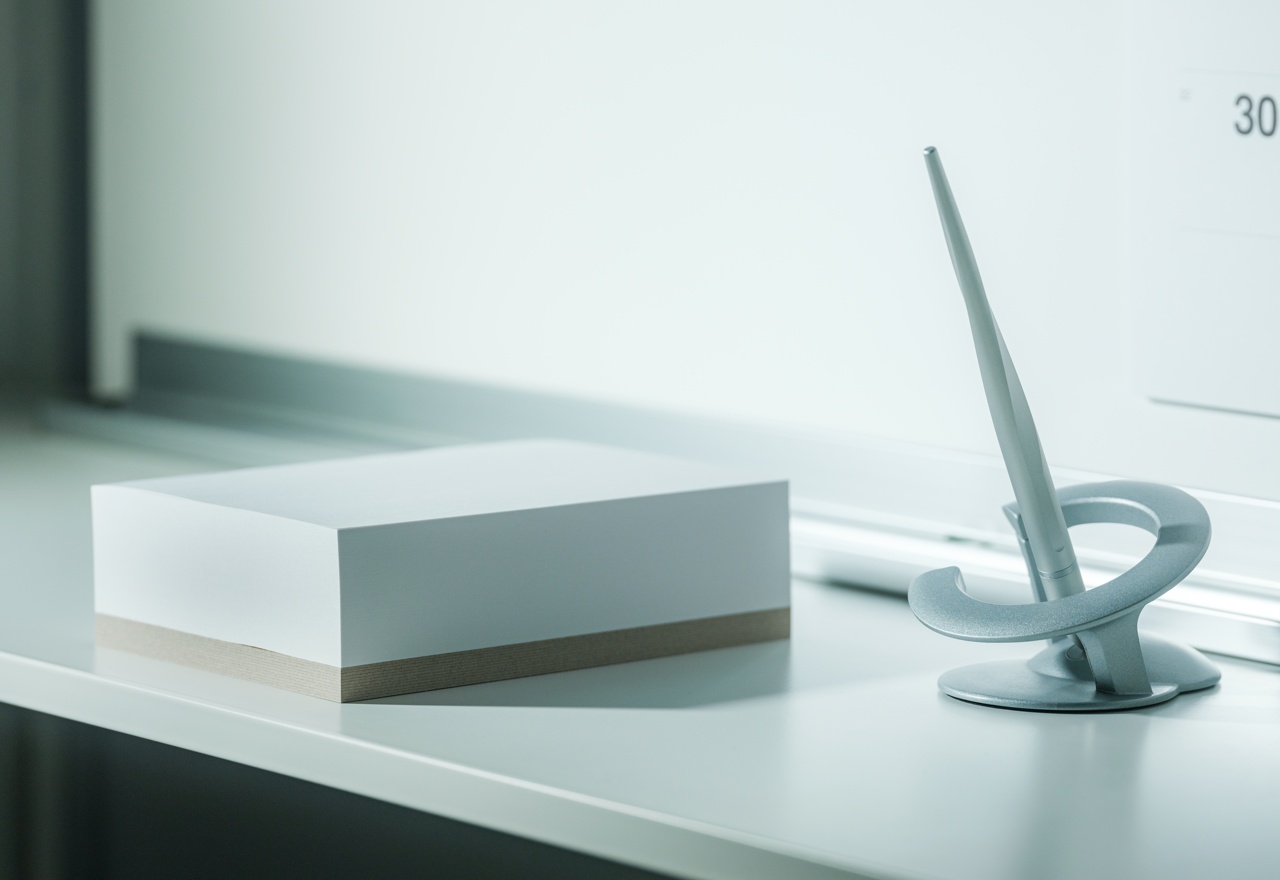
The Japanese paper Memo Block comes in to provide a temporary shelter for those itinerant thoughts of yours.
Why is it noteworthy?
There is nothing more welcoming and more freeing than a blank sheet of paper that’s ready to record those fleeting thoughts, flashes of inspiration, or even tasks that were suddenly dumped on your lap. With no other markings, not even grids or lines, this white Memo Block lets you focus on the simplest task at hand, jotting that note down before you get distracted again. And with its smaller footprint, it’s easy to put a block of paper anywhere on your desk, in any position or orientation, so that it will always be within easy reach when your Muse or your colleague visits you.
What we like
- Its pure black surface challenges the mind as if daring it to put an unconventional and exciting new thought on paper
- Uses high-quality Japanese paper revered by many stationery connoisseurs
What we dislike
- At first glance, it seems like an ordinary notepad
7. The Trisqucle Scissors


If you’re looking for a pair of scissors that will do their job, while looking pretty on your workdesk then you’ve found the right product. The Trisqucle scissors come in really different and interesting shapes and sizes, in comparison to the regular scissors we see. There is a triangle, square, and circle-shaped pair of scissors, which is probably where the name trisqucle comes from!
Why is it noteworthy?
Aside from cutting things, the accessories can also be used as shape templates with various sizes of circles and as a ruler and compass in case you need it for your office work or school work. The items are made from steel and have various colors for some parts like the holder, circle shapes, etc.
What we like
- Revamps the traditional scissor
- Functional + good looking
What we dislike
- The design may be too complicated to use for some people, in comparison to a traditional scissor
8. The Wooden Pen Holder
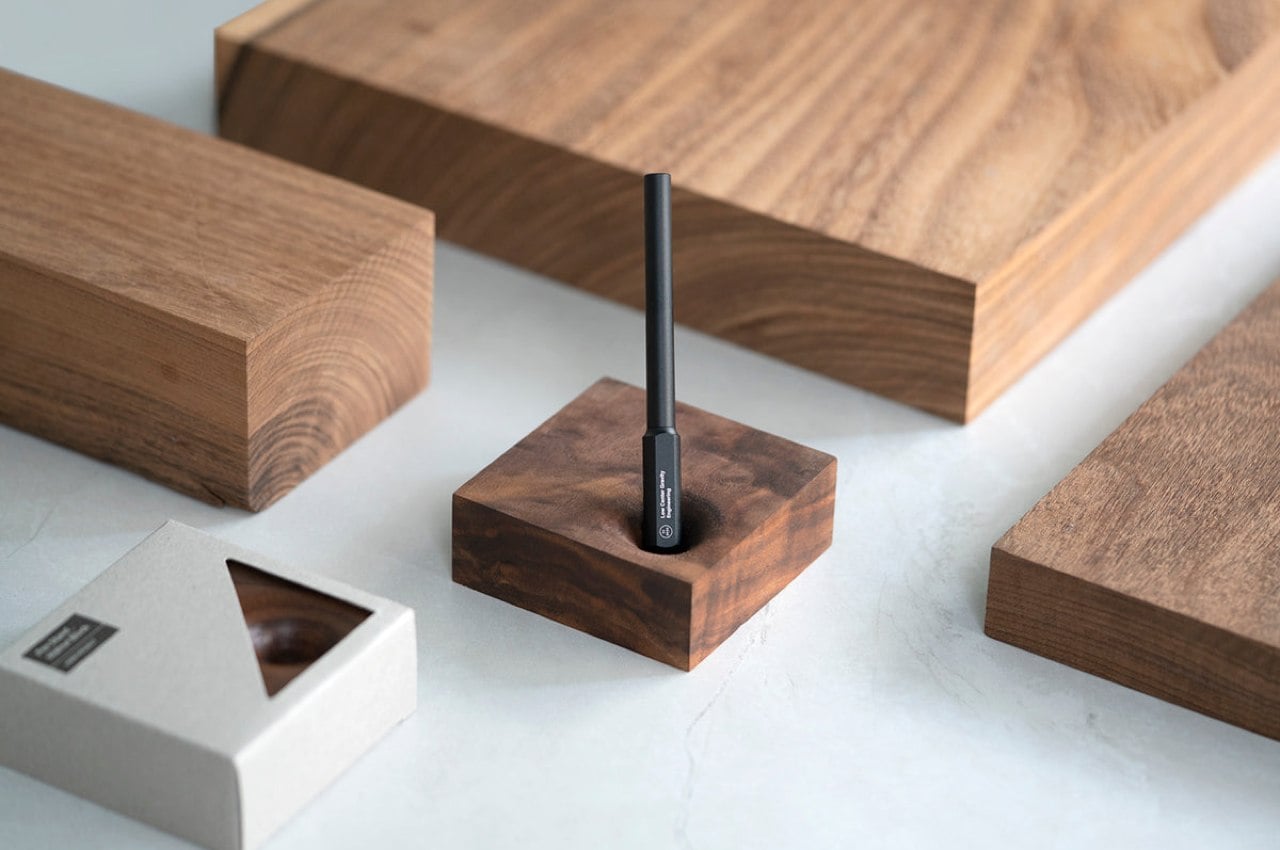
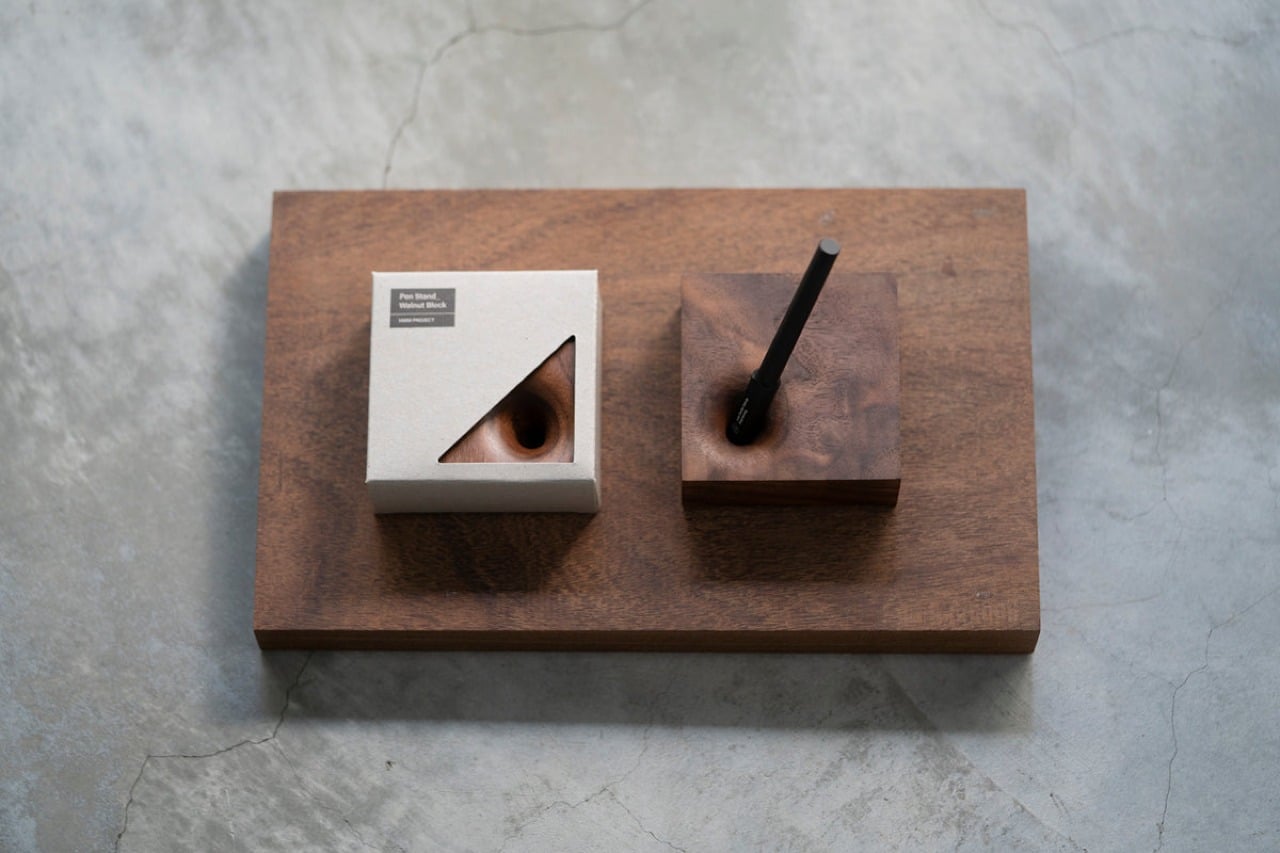
There’s something almost poetic about the act of picking up a brush or a fountain pen from an inkwell, drawing your strokes, and dipping it back in to be ready for when the next inspiration strikes, a feeling that’s almost lost even with the most elaborate and extravagant pens today. Not unless you have a pen holder that brings back that atmosphere, like a block of wood that could be the most Zen pen holder to ever adorn your desk.
Why is it noteworthy?
This wooden block is both unassuming and, at the same time, beautiful in its simplicity, as many minimalist products are wont to be. Made from genuine maple wood, each piece has grains and patterns that make it unique and special. Without saying explicitly, it’s an assurance that each black will be one of a kind, giving you the feeling that this pen holder was crafted just for you. Together with an equally stylish pen, this block transforms any desk into a thinker’s workbench, where the tools of the trade are just at an arm’s reach.
What we like
- The Wooden Pen Holder has a gently curving depression that can accommodate any pen with a standard size
- When you pick the pen up, you almost believe that the ink will also follow it up from an invisible well of ideas
What we dislike
- It’s not customizable
9. The Outside In
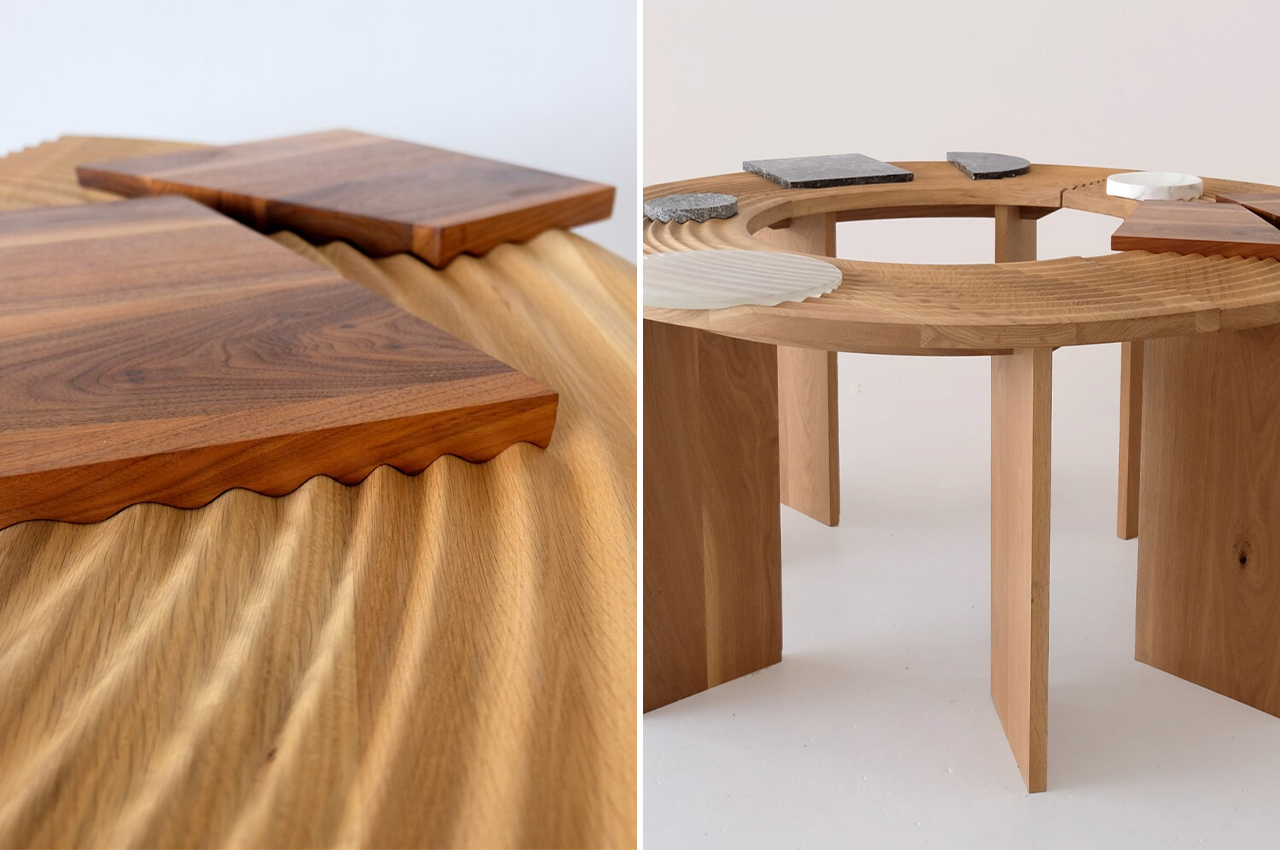
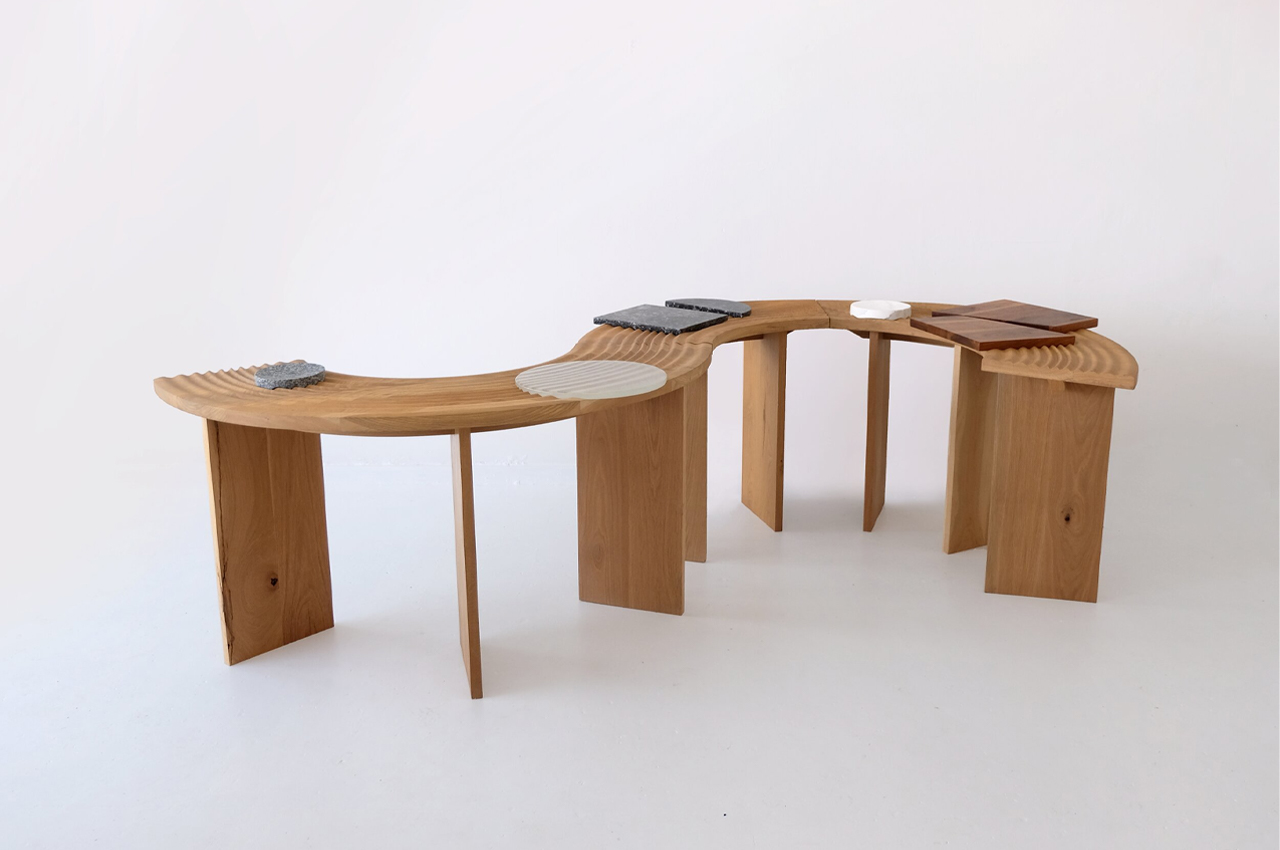
This multifunctional shape-shifting table is called the Outside In, and it integrates beautiful hand-carved grooves into its timber frames, which resemble the raked ruts of Japanese zen gardens.
Why is it noteworthy?
Japanese zen gardens have supplied ceaseless inspiration for designers. While the sheer meditative quality of zen gardens is enough to insight into some new ideas, the artful design of zen gardens rakes its own creative vision for designers. Melbourne-based furniture, lighting, and object design company Sabu Studio found its own creative vision by way of Japanese zen gardens when designing the minimalist Outside In table.
What we like
- Features a sinuous timber surface that resembles the hand-raked grooves of a zen garden
- Outside In is a crafty piece of furniture that would look right at home in hospitality common spaces or even event halls
What we dislike
- Space-consuming & bulky design
10. The Bed Hanger Rack

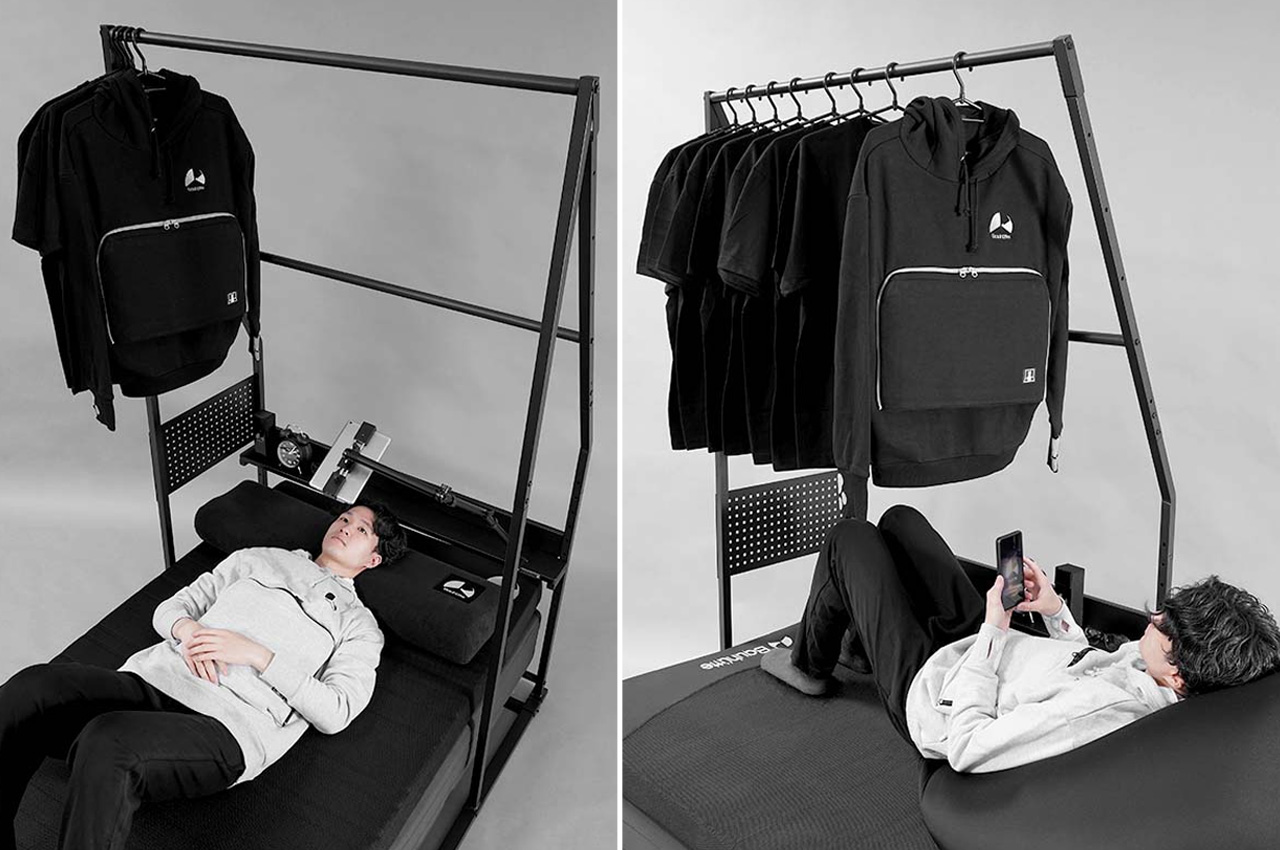
Called the Bed Hanger Rack, this interesting design is an extension of the open cupboard concept. You can attach the design to your bed, and it creates space to hang your clothes, and racks to store your smartphone, remotes, game consoles, and other accessories you’d want around you while you’re in bed.
Why is it noteworthy?
In addition to the hanging storage and shelving extensions, the hanger rack gets slightly more interesting with its assembly: possible to match the layout of your room. The rack can be installed alongside the shorter front or the longer side of the bed; so that it can attach without having to change the placement of the existing bed.
What we like
- Allows you to effortlessly store everyday wear on hangers around the bed
- Lets you skip the trouble of folding and sorting the clothes in a regular cupboard
What we dislike
- Not suited for homes with space constraints
The post Top 10 Japanese designs that lovers of minimalism need to add to their daily routine first appeared on Yanko Design.
